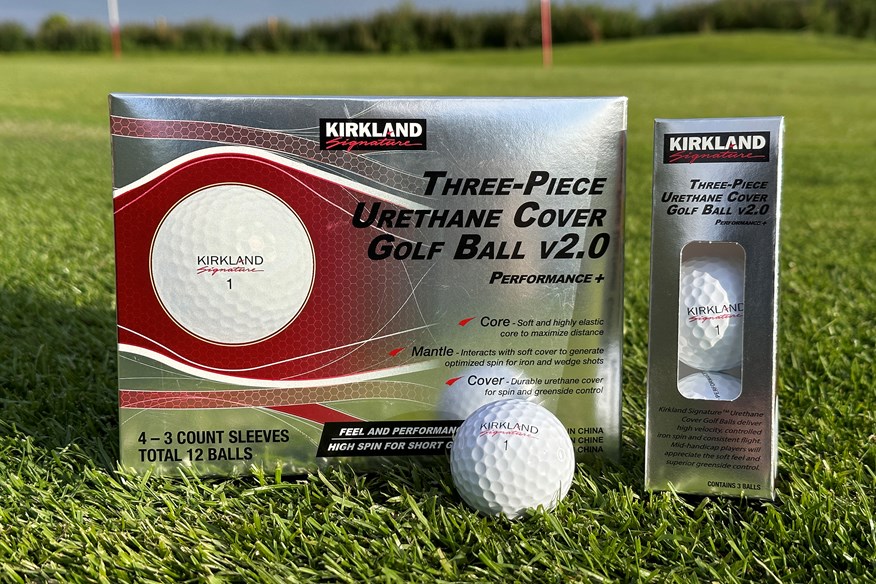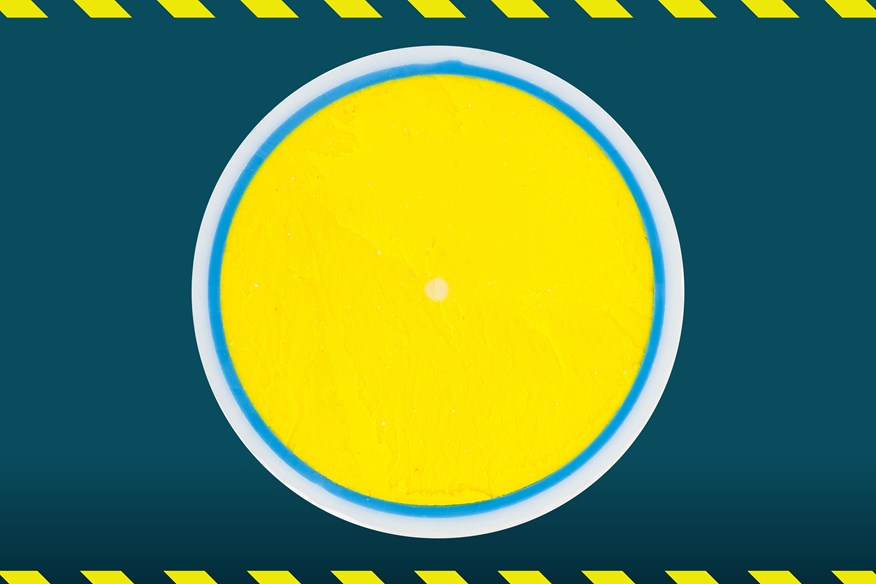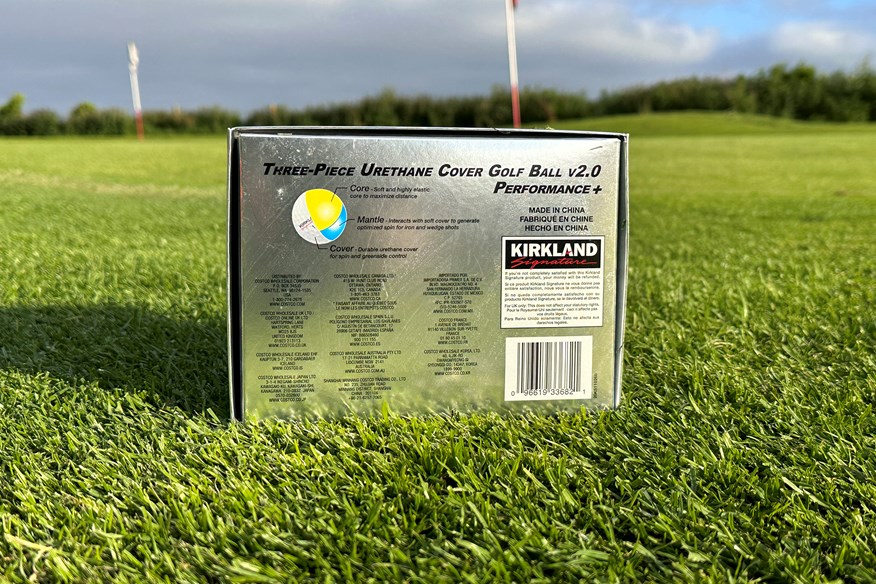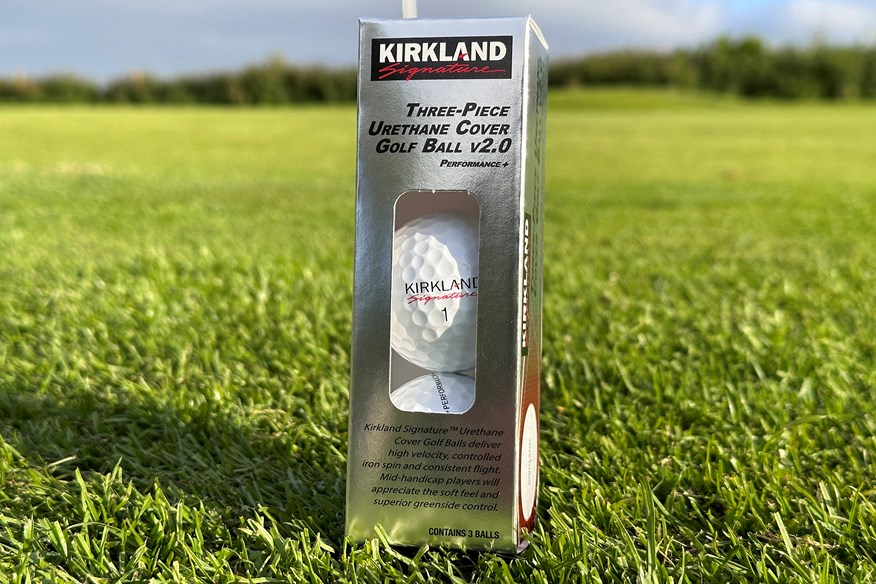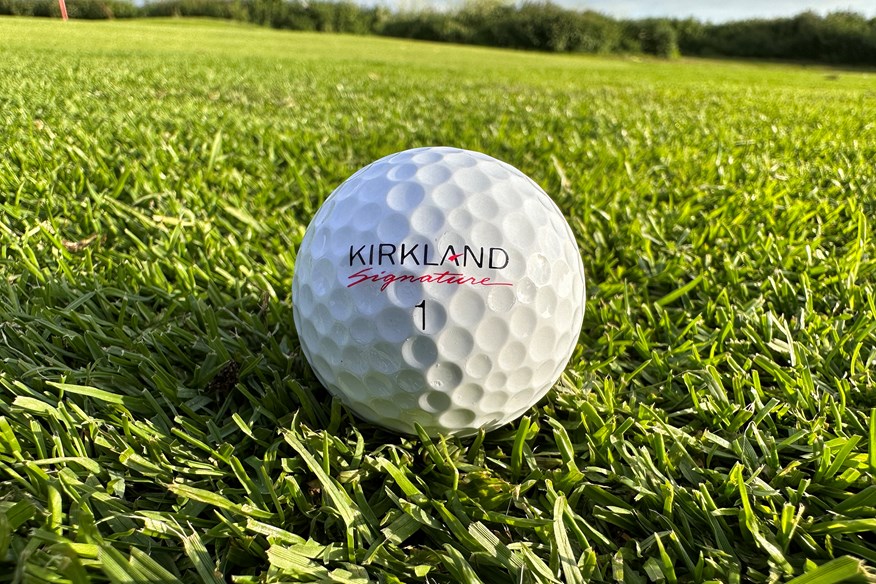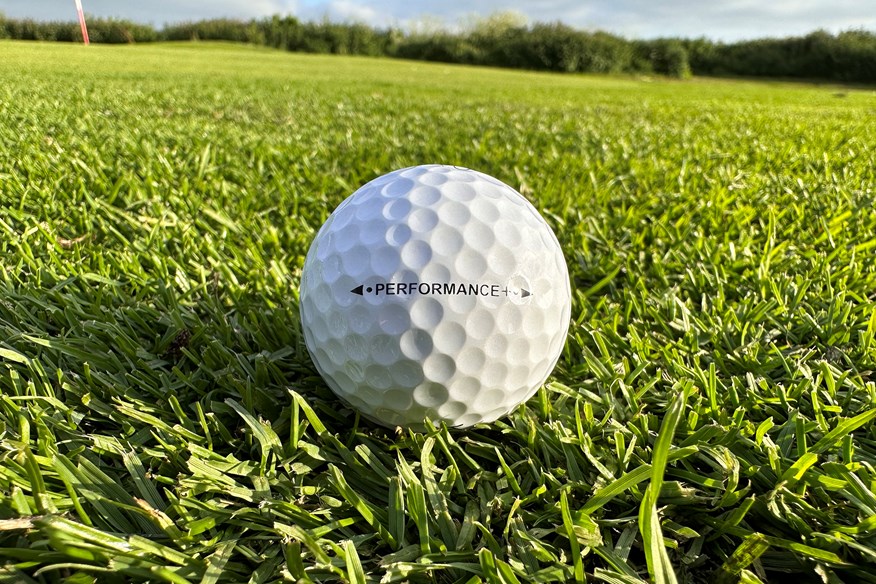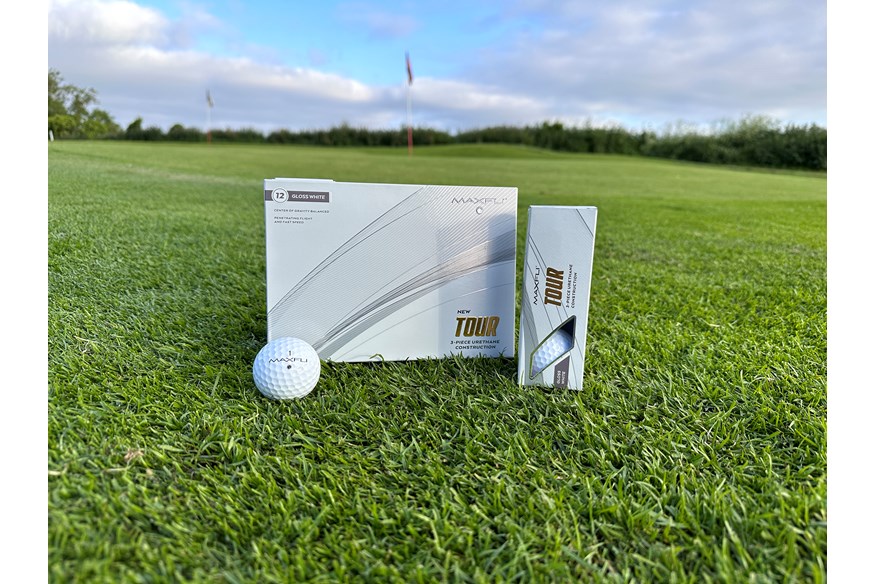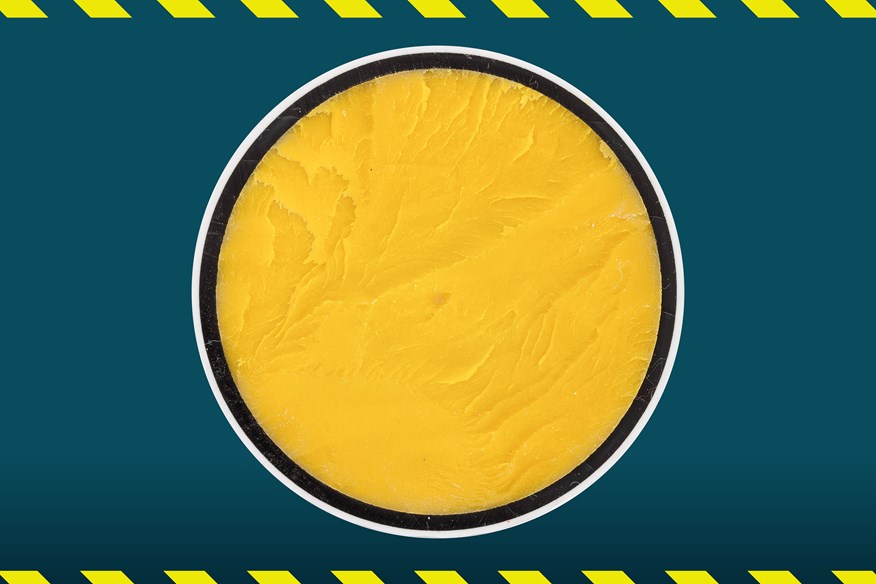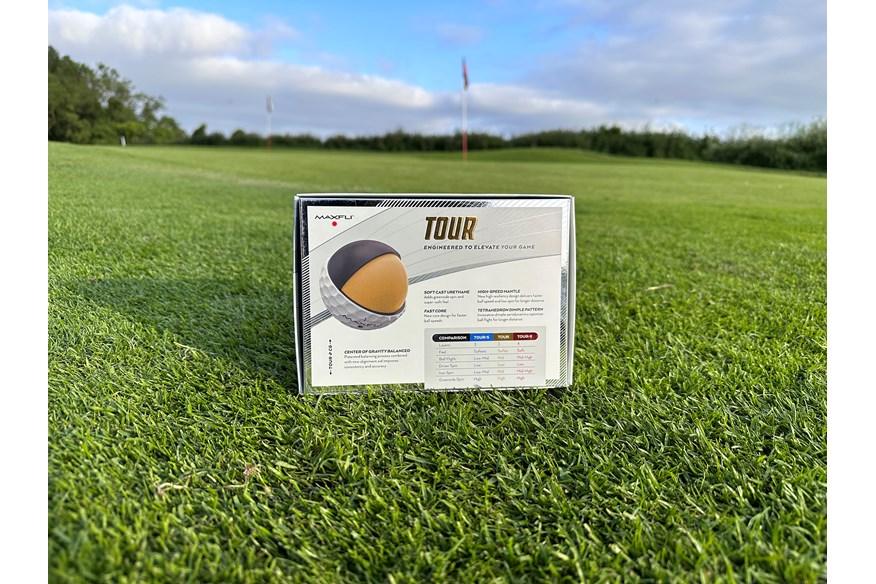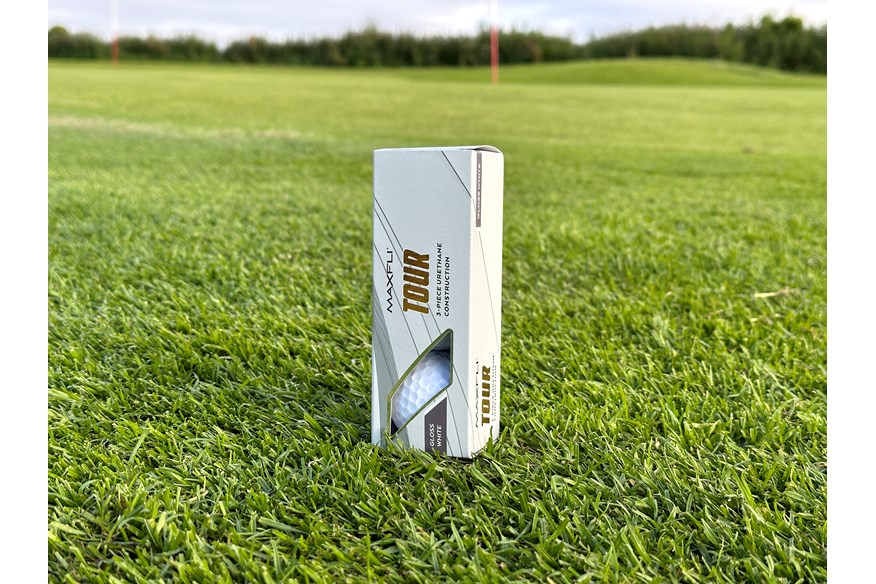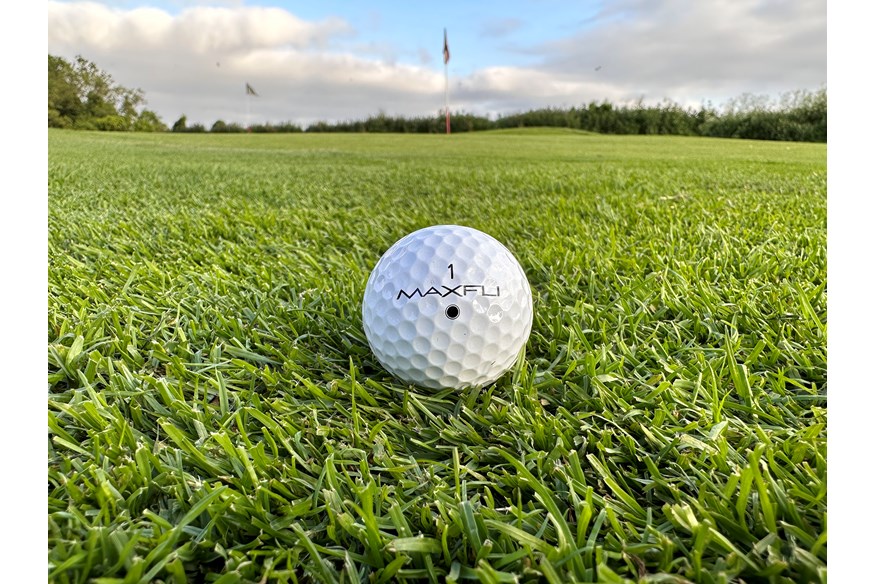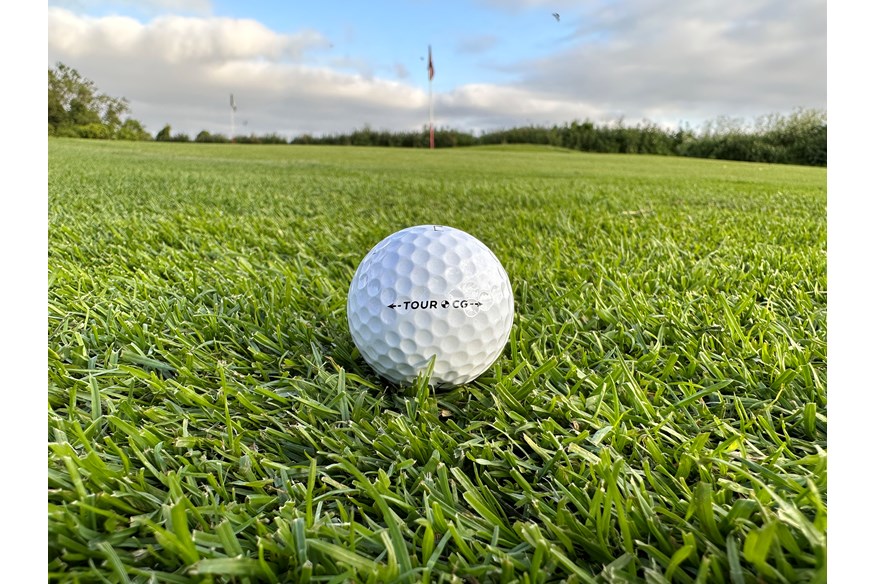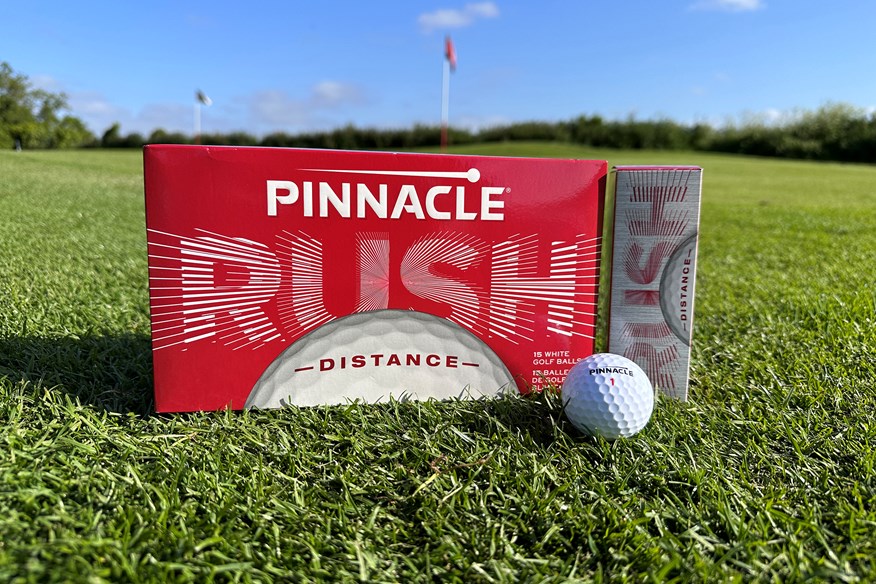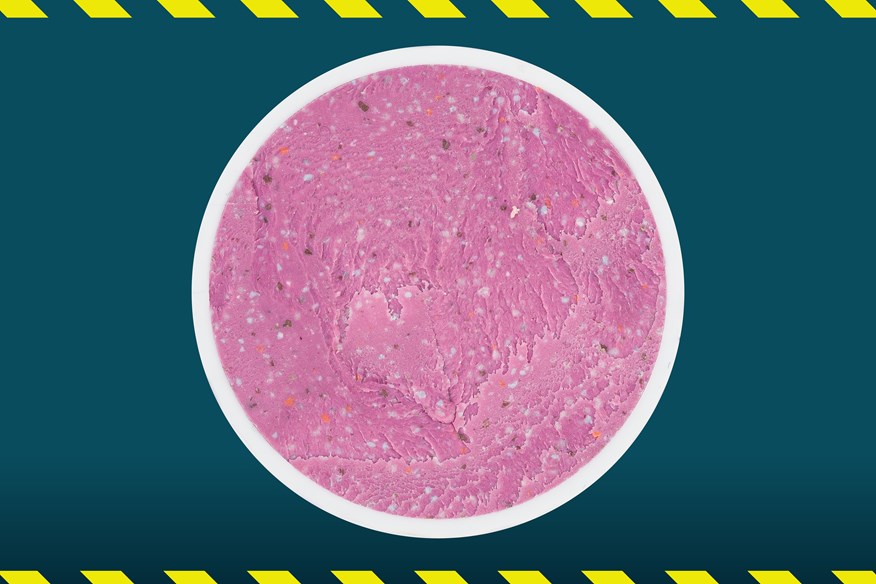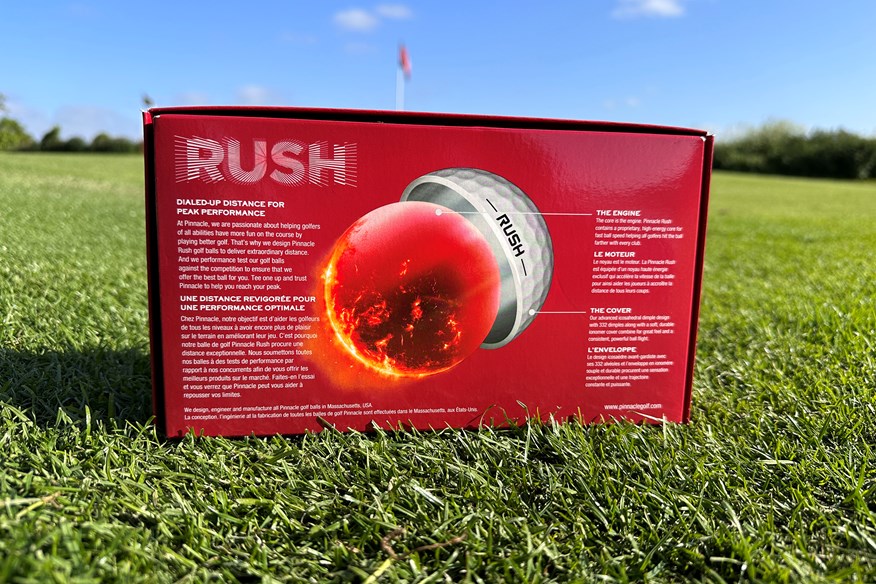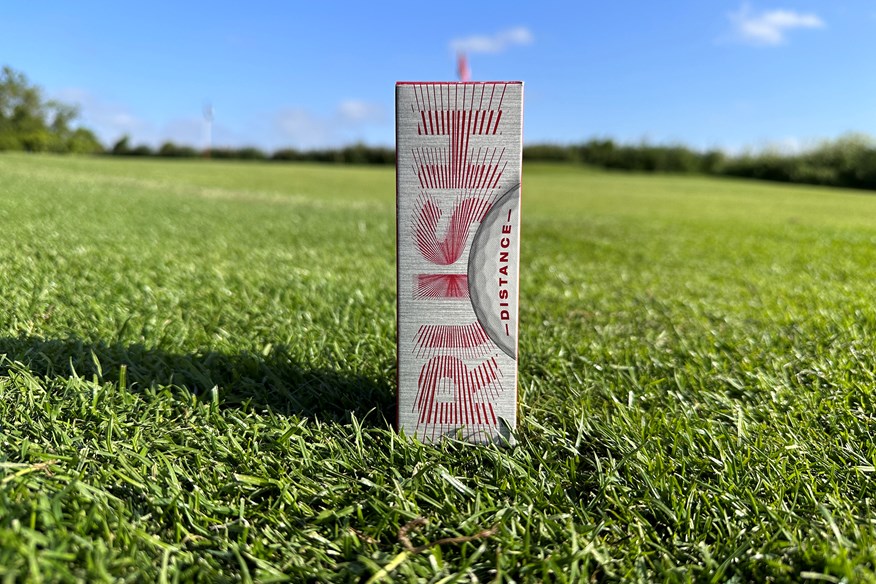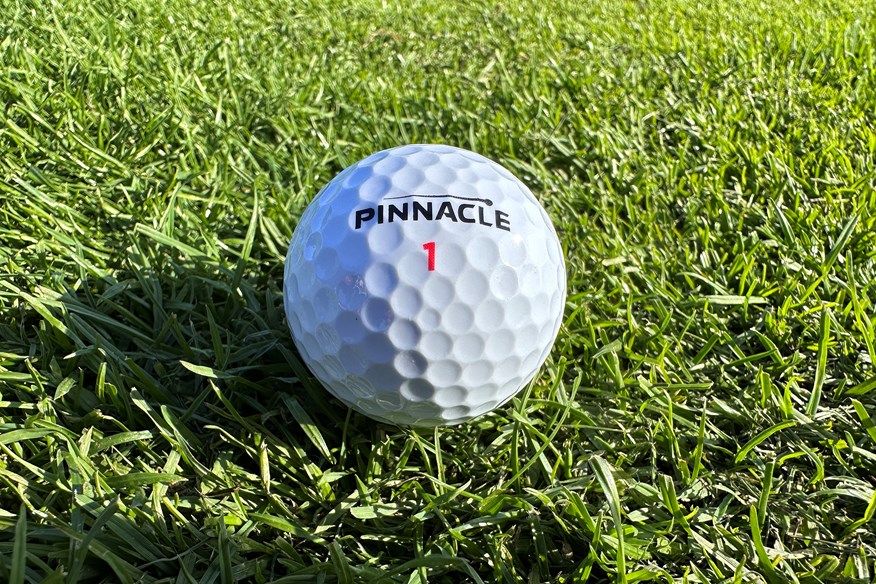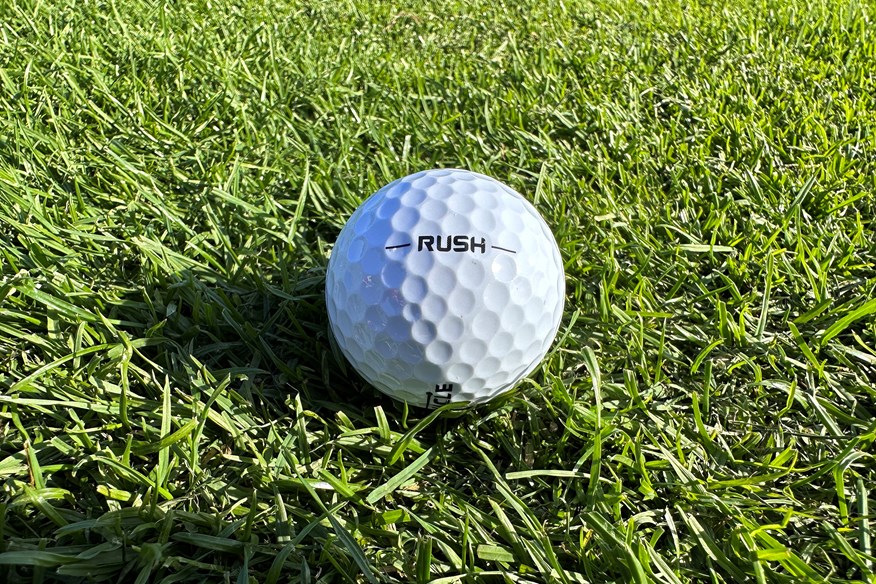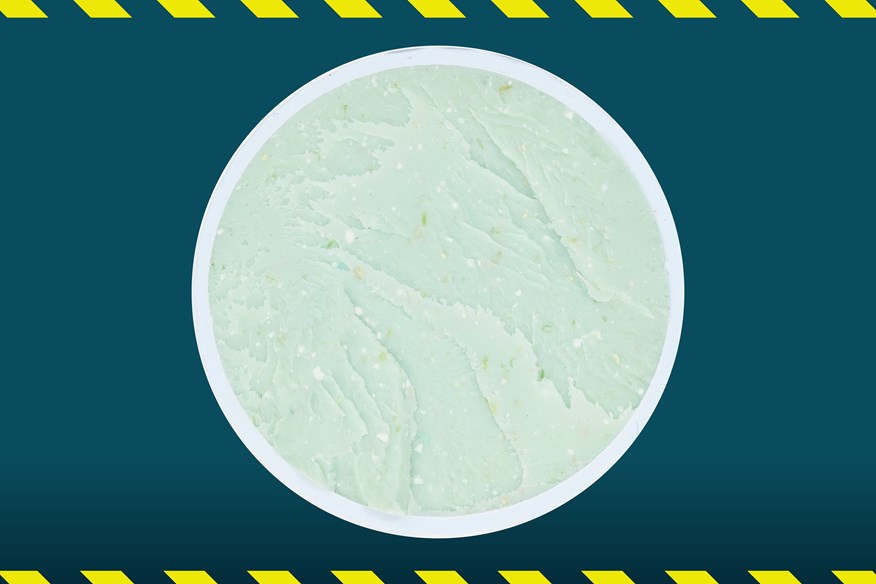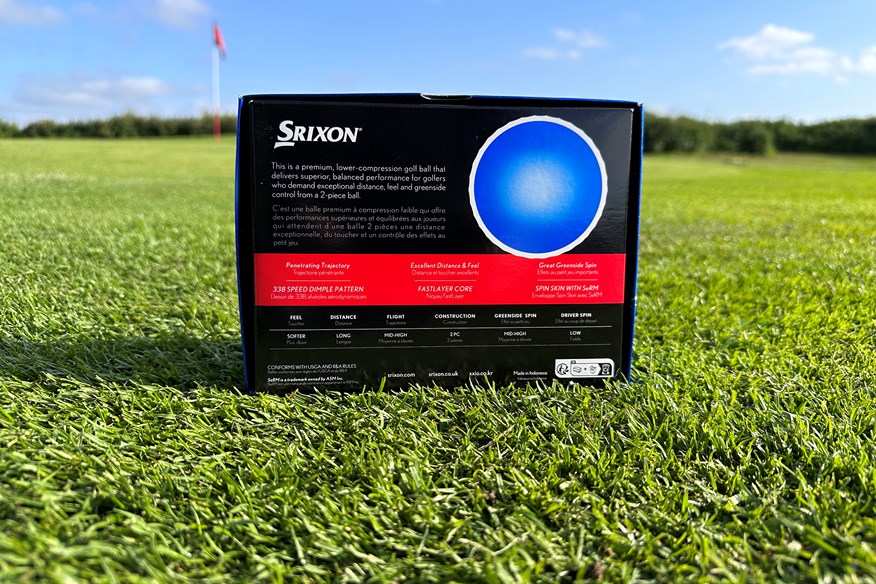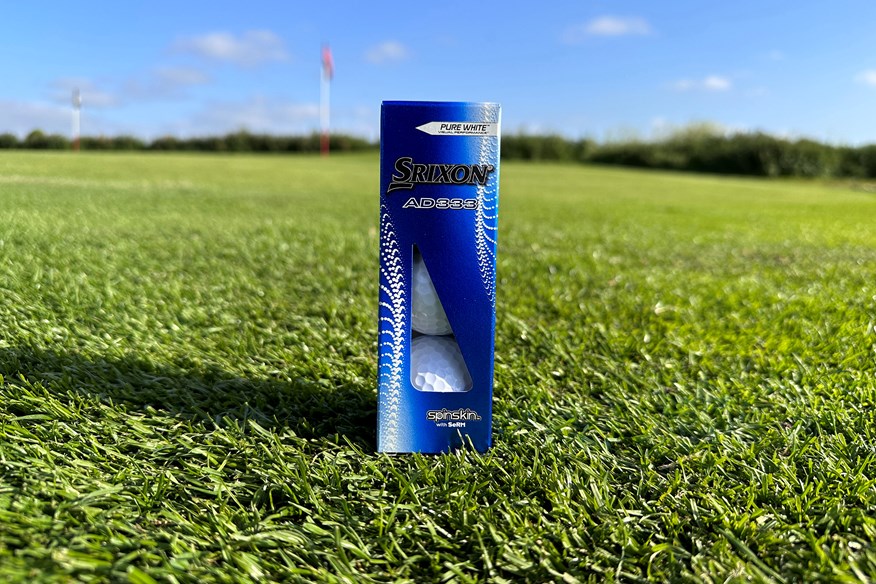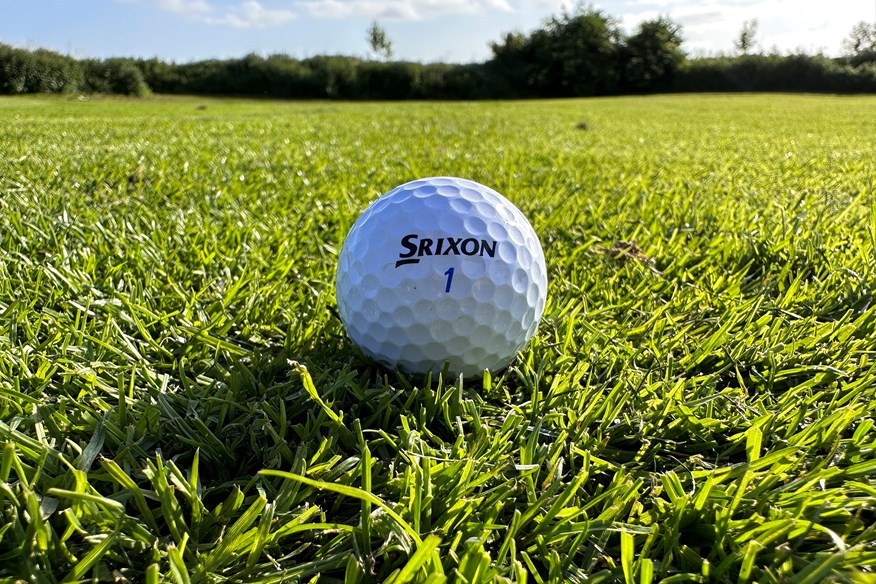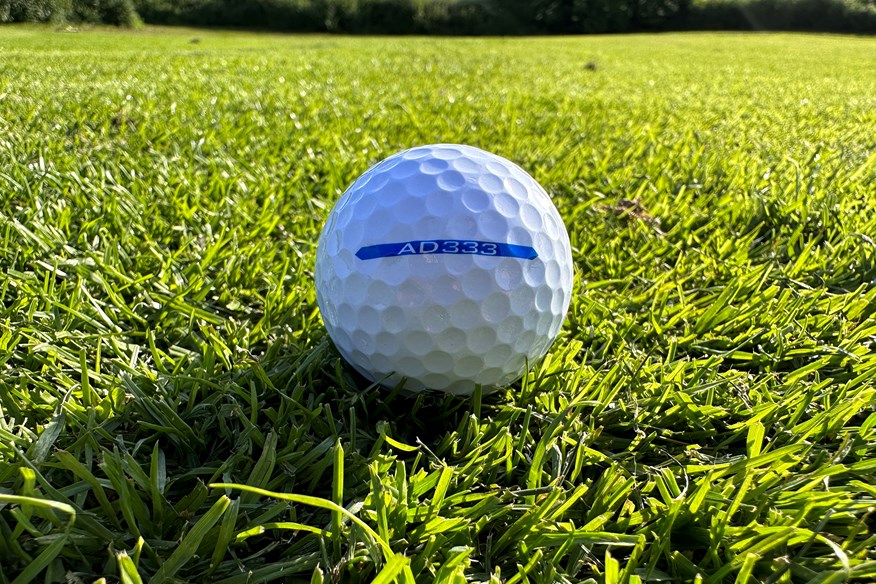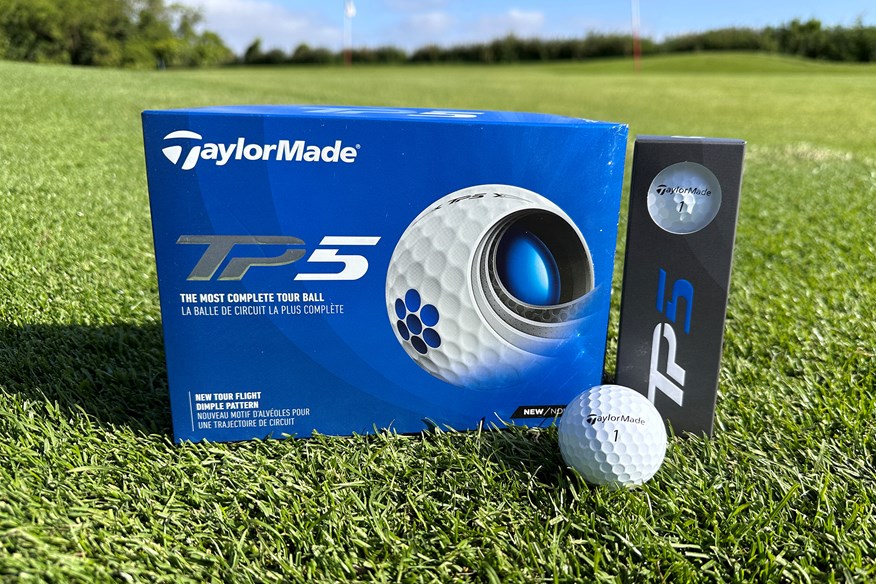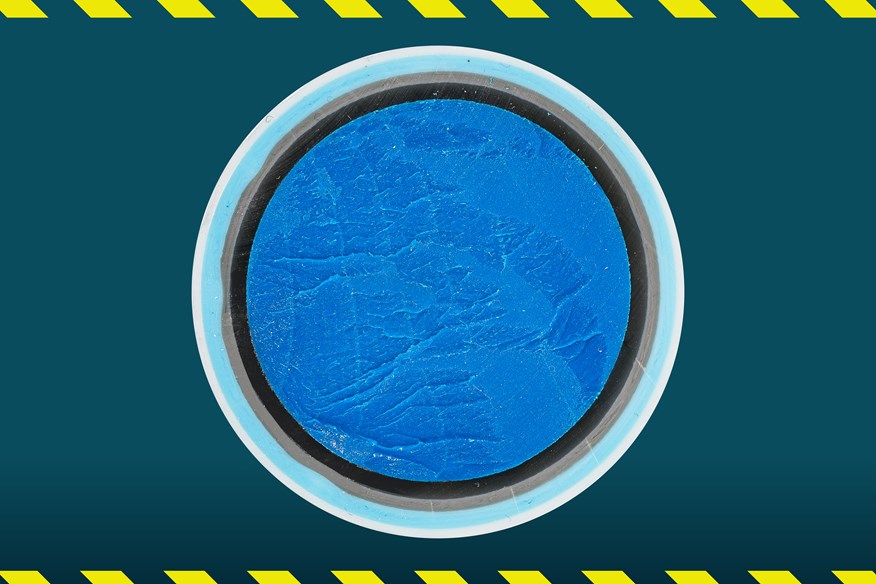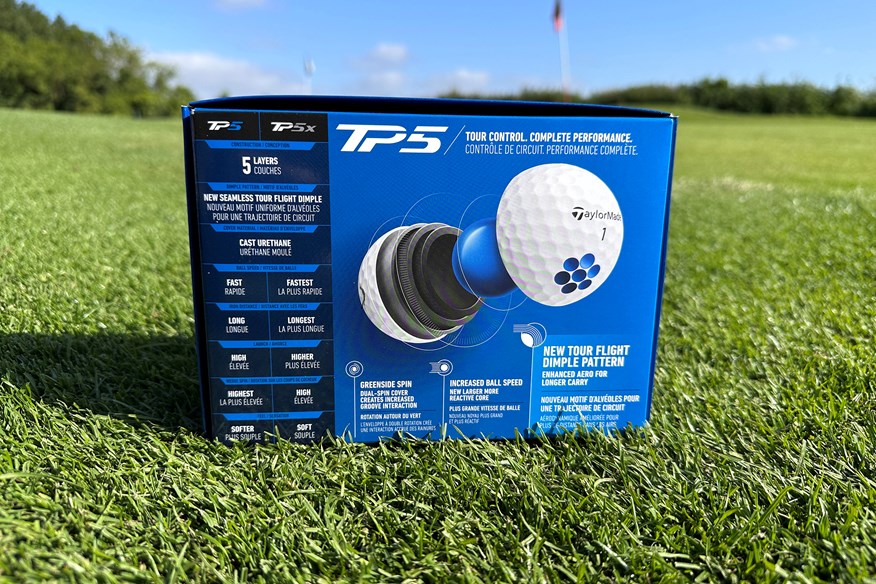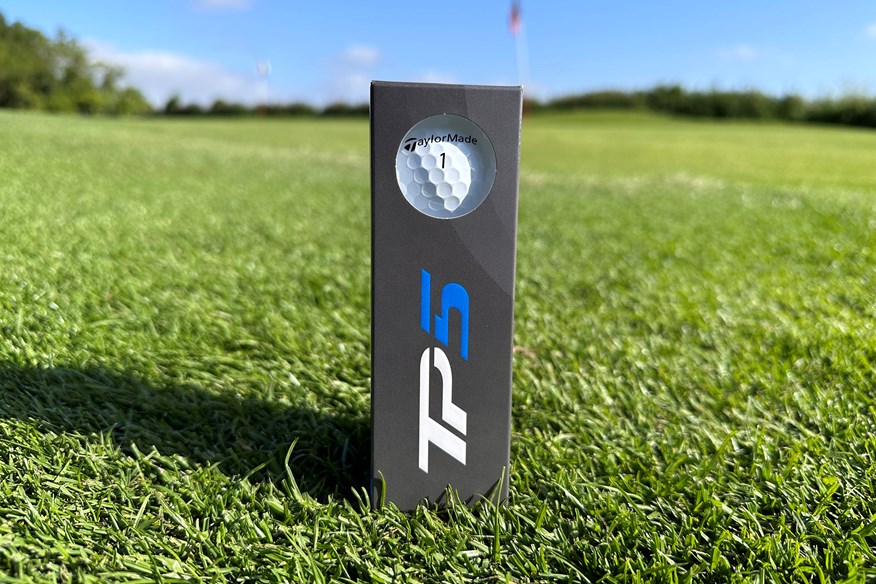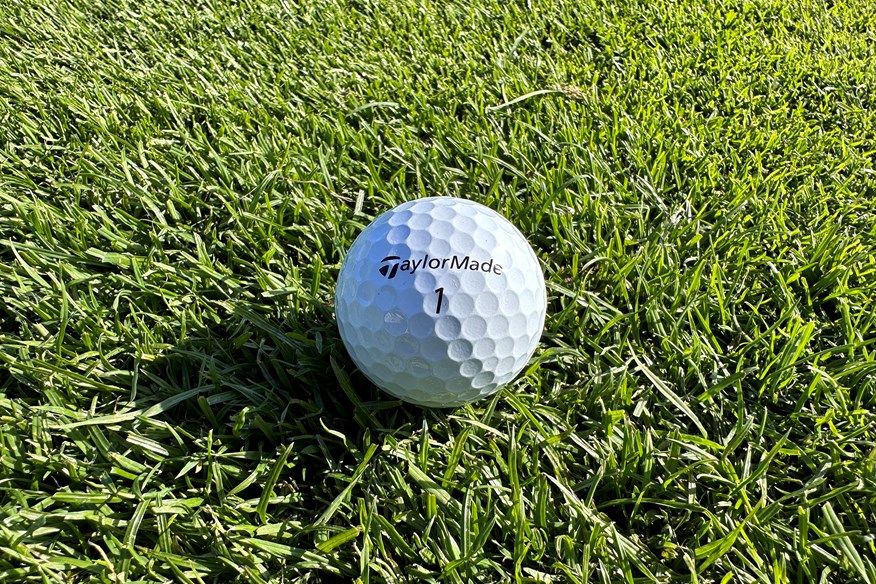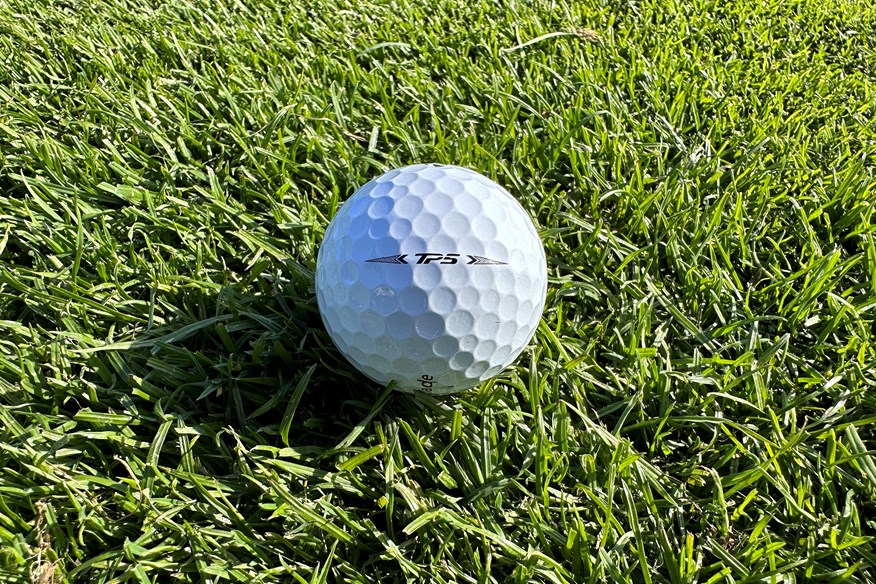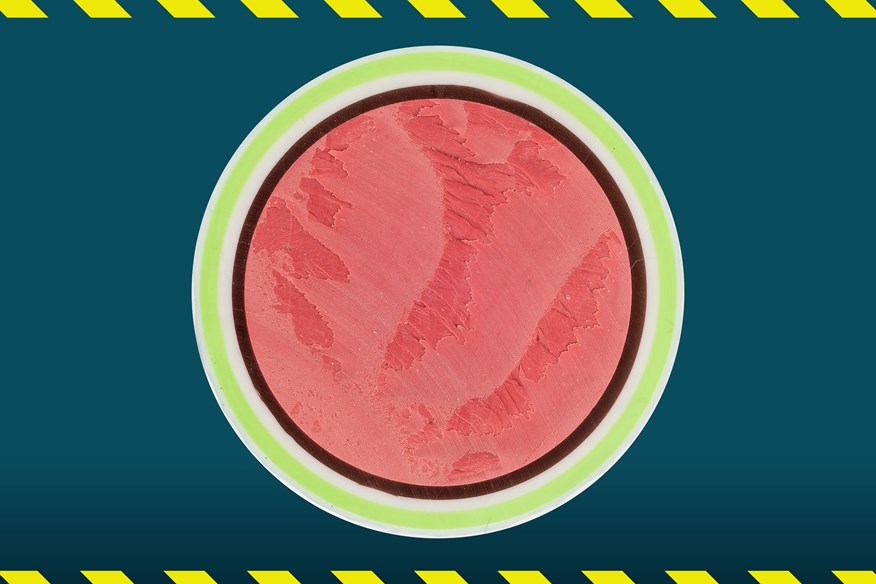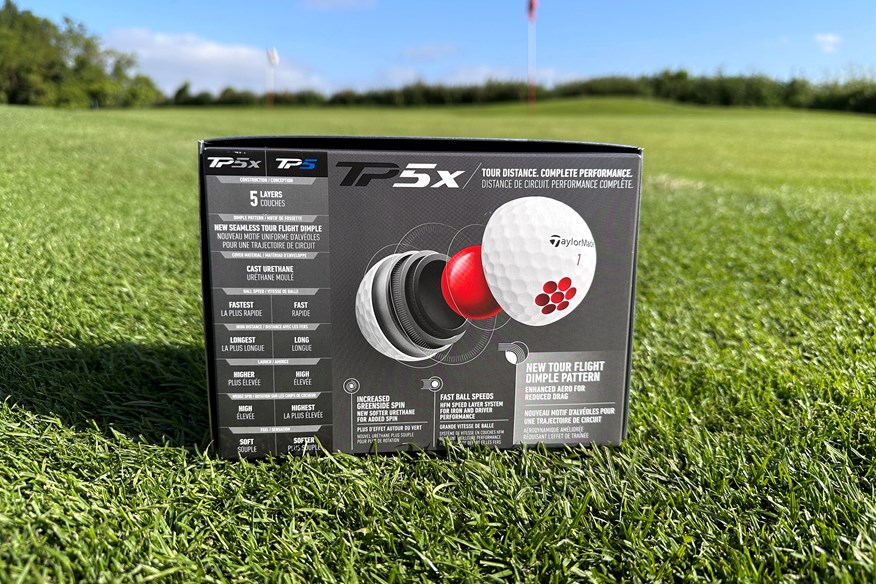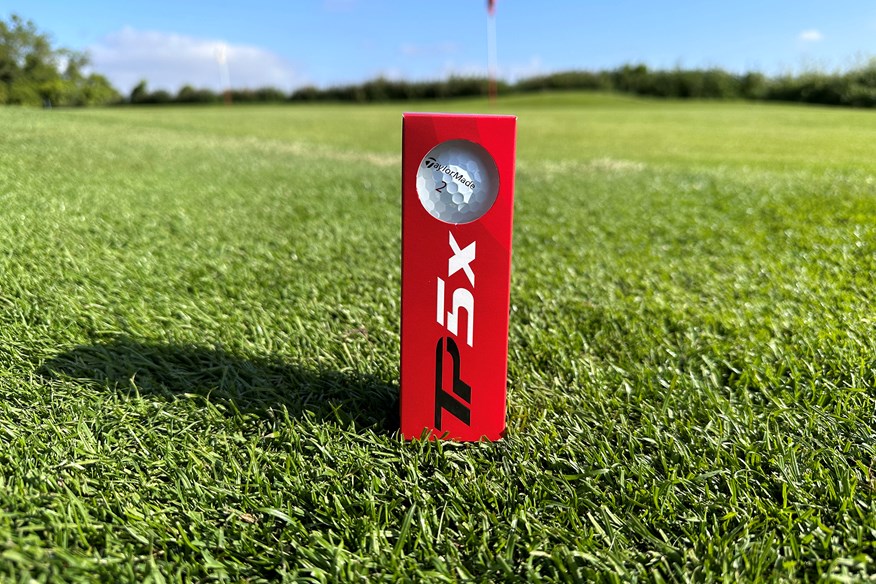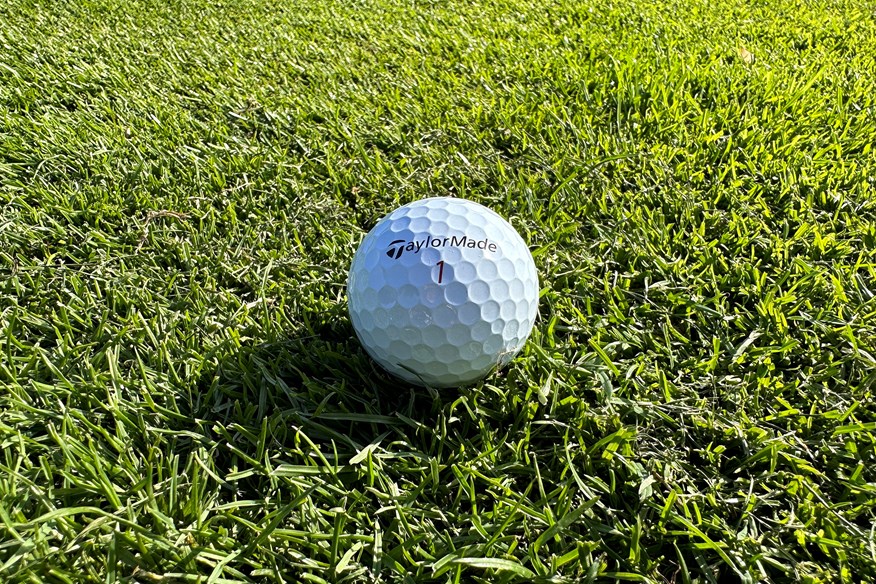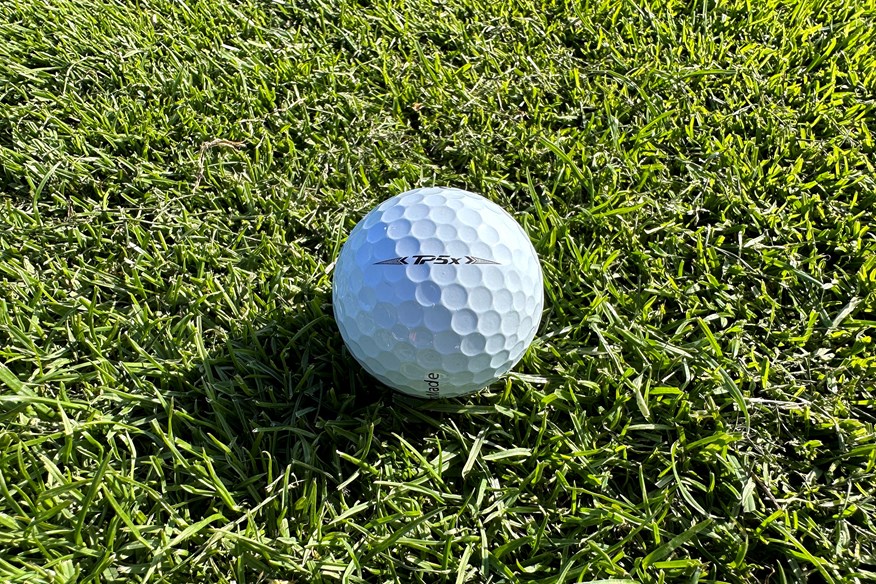ROBOT TEST: Which Golf Ball Is Best For My Game? Our data reveals all about 28 leading models for 2023!
Last updated:
Whether you’re a hard-swinging low handicapper or a slow-swinging senior, this robot golf balls test will identify the best model for your game…
The Robot Golf Balls Test is brought to you in association with Ping
JUMP TO: Meet the robot | Meet the experts | How we did it | How do golf balls differ | Ball-by-ball analysis | The top performers | Data Analysis | What we learned
We all want to be playing the best golf balls for our game, whether an elite player, mid-handicapper, or just starting out, but how do you find out which is the right model with so much information out there? You turn to a robot.
Our first robot golf balls test was one of the most popular pieces of content we have ever produced – and we’ve been trying to do one again ever since.
Check out the 2024 robot golf ball test here.
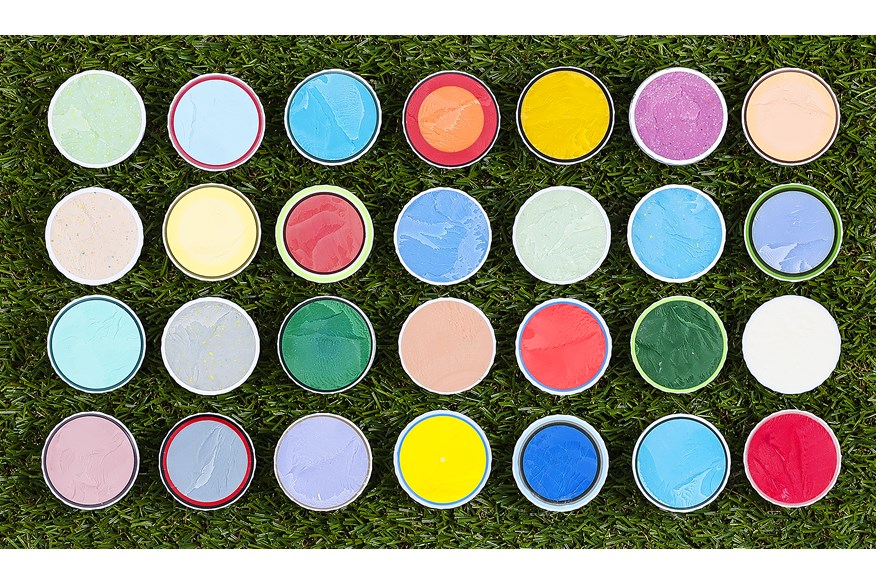
The pandemic, plus the scarcity of golf robots (and most of those are owned by brands that make balls) has made it a huge challenge to pull off. But we’ve done it, thanks to Loughborough University, and Ping.
Loughborough has a world-renowned reputation for sports research. That’s the reason Ping established their state-of-the-art Performance Centre there, with the aim of advancing cutting-edge technology and innovation in the world of golf.
Ping have done masses of ball testing with their own robots at their Arizona HQ, and when they heard we were keen to set up our own test, they introduced us to Dr Jonathan Roberts, Senior Lecturer at Loughborough’s Sports Technology Institute.
Fast forward four months and it’s done; our second robot balls test is here and it is a super useful package of content for any golfer. So, whether you’re a hard-swinging low handicapper or a slow-swinging senior, this robot test will identify the best ball for your game.
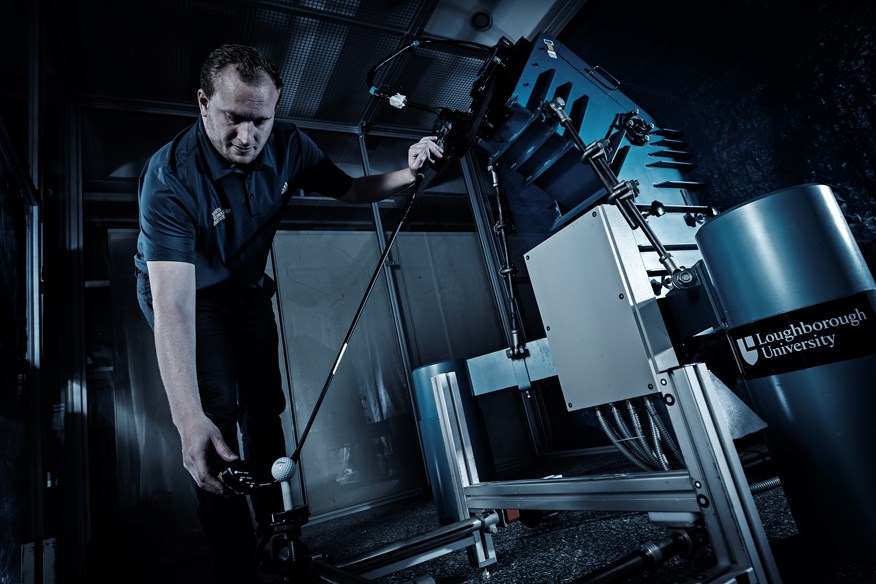
Robot golf balls test: Meet the robot
We ran a robot golf ball test back in 2019, at PXG in Arizona, and it was one of the most popular equipment tests we’ve ever done, gaining millions of views across our website, YouTube and the magazine.
Since that success, we’ve been keen to do it again, but first Covid and then PXG’s own ball launch (we’ll only use a robot without any links to a ball manufacturer) meant we had to find another venue – and expensive golf robots don’t grow on trees!
There are just three in the UK; one at the R&A’s equipment test facility at Kingsbarns GC, and two at the Sports Technology Institute at Loughborough University, the leading sports science university in the world. Loughborough have a close relationship with Ping – it’s the home of the brand’s new Performance Research Centre, and Ping introduced us to the right people to ask: “Can we borrow your robot, please?”
Once they understood what we wanted to achieve, Loughborough said they could help. And thanks to their indoor test lab, we could create a controlled test environment without the interference of weather, which is a huge concern when hitting thousands of shots down a range over five days. It also meant we could easily retrieve any ball that presented abnormal flight behaviors and slice it open to see if there were any deficiencies in its construction.
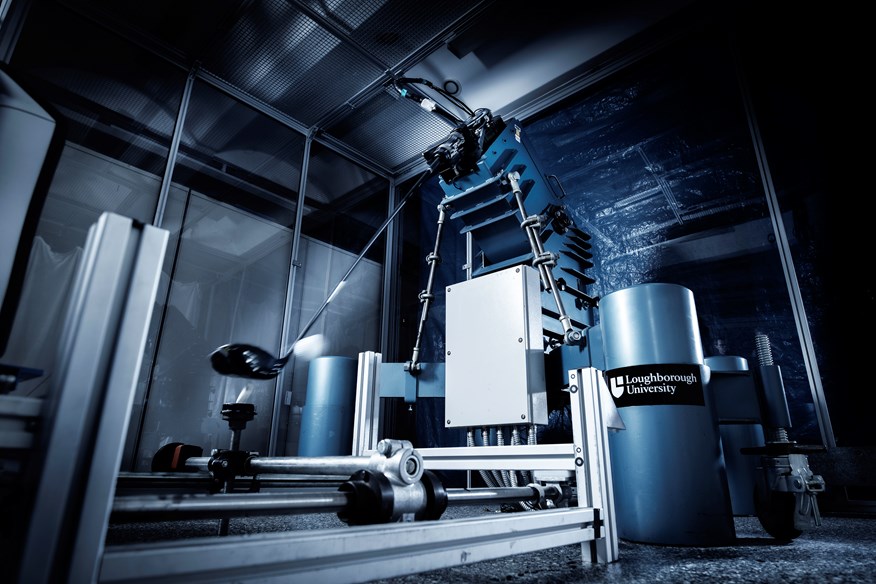
No ordinary robot
Loughborough’s main research robot is the Miyamae Shot V (they also have an older ex-Dunlop Slazenger model that produces a repeatable, but much cruder swing). The Miyamae was made in Japan and cost $100,000 almost 20 years ago when the university bought it. Unlike the Golf Labs robot we used last time, which is pretty much standard in most major golf R&D labs, the Miyamae works on three axes so it can be set up to better replicate any swing.
Dr Jonathan Roberts, Senior Lecturer at the Sports Technology Institute, was keen to see whether a robot could better replicate golfers’ swings, rather than simply swinging a golf club consistently and repetitively like engineers usually need when comparing clubs. The Miyamae set-up, with some tinkering from his team, is a robot that has three independently controllable axes. It allows the tailoring of club delivery to match/mimic any golfer on the planet.
Robot V swings around a central hub, like the chest of a person, which allows cocking of the wrists and rotation around the shaft axis to replicate how your hands rotate and square the face coming into impact. All three axes can be controlled independently, and Dr Roberts is working with Ping to get the robot to replicate specific swings for a new analysis system.
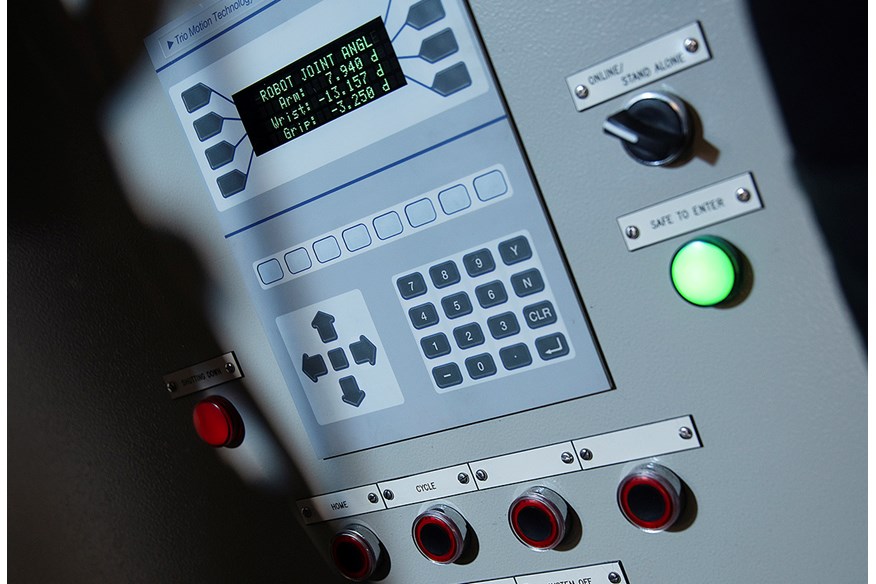
Setting up the golf robot
With so much adjustability, it takes time to set the robot up to deliver the club in exactly the way you want, and additional time to check the machine is consistently hitting the defined parameters. Obviously for us, to best replicate how human golfers launch shots, we wanted balls to be hit with a neutral path, and neither up nor down onto the ball for driver shots.
For irons and wedges, a typical attack is down onto the back of the ball, all characteristics we dialed in through the robot’s set-up. Though the robot can hit a couple of shots per minute once set up, getting that set-up right can take an hour or more, particularly when switching from drivers to irons, or irons to wedges.
At Loughborough, Dr Roberts has worked on the biomechanical analysis of golfers, using motion capture, for the past four years. It’s next-generation stuff and it’s for a new analysis system Ping are creating to give a better understanding of how different swings are more suited to different types of equipment. This data was used to program the robot for our test, so real swing characteristics have influenced how every shot has been hit.
Dr Roberts told us: “The transition at the top of the backswing feels important, but most R&D robots start swinging from parallel to the ground (so not in the usual address position) and have a pause at the top of the backswing. Our robot can recreate how somebody loads the shaft in a certain way, we get a natural transition from backswing to downswing, and we can look at how the shaft deforms and so on.”
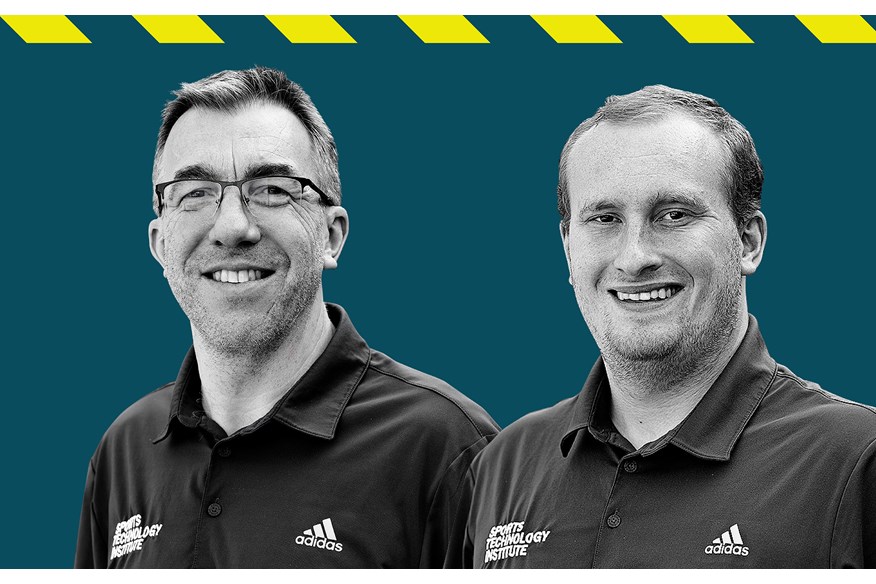
Robot golf balls test: Meet the experts
Dr Jonathan Roberts
Senior Lecturer, Loughborough University, Sports Technology Institute
Dr Roberts (above, left)has worked at Loughborough University for 25 years. He’s completed a Callaway-sponsored PHD on the feel of golf shots, as well as completing golf ball consultancy work for Nike and most recently collaborating with Ping.
His knowledge isn’t just limited to golf, either; he works as part of a research group designing World Cup footballs for adidas, and is currently studying how real grass playing surfaces compare to 3G Astroturf pitches.
Rory England
PHD Researcher
More casual than a competitive golfer today, Rory was a Today’s Golfer reader in his youth. Gifted at maths and physics at school, he went on to complete a four-year undergraduate program at Loughborough University.
He’s since spent time working with adidas in Germany and TaylorMade in Basingstoke and is just coming to the
end of a PHD where he’s focused on working with the ECB (England and Wales Cricket Board) on head injury prevention.
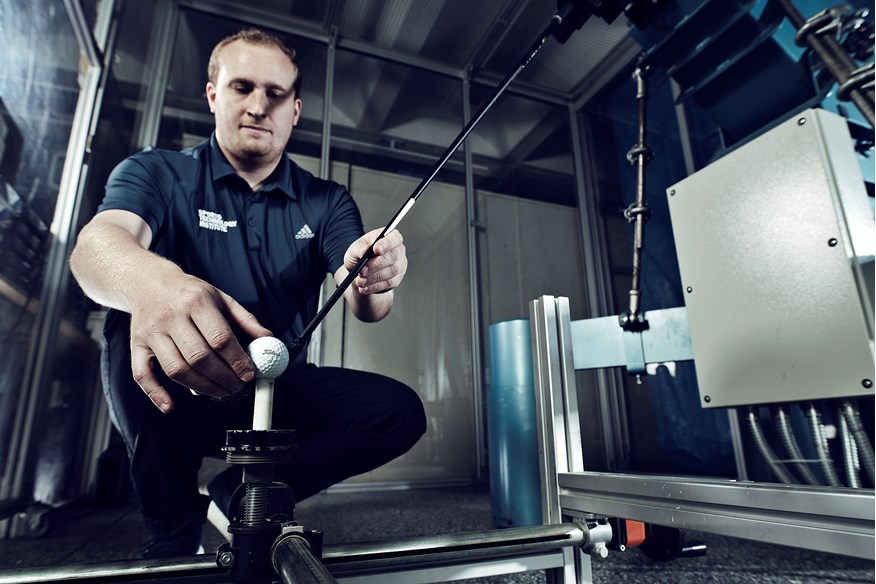
Robot golf balls test: How we did it
Experience tells us the only true way to accurately reveal any difference between golf ball performance is via a repeatable swing and a consistently accurate impact location, something no human tester can ever reproduce. The likes of Rory McIlroy might get close, but we wanted to test 28 different balls across different swing speeds and with different clubs; so a robot was our only option.
When we did a similar test in 2019, we used the robot at PXG’s R&D facility in Arizona; this time, the robot was a bit closer to home at Loughborough University, one of the world’s leading sports research facilities.
Why different clubs and different speeds?
We’re all about the club golfer here at TG, so it was really important for us to test each golf ball at different swing speeds to reveal how each ball will perform for you. That means no matter what your swing speed, you’ll find plenty of useful information within this test tailored to your own game.
Our driver shots were hit at speeds of 85, 100, and 115mph (moderate, mid, and fast); for irons, we used a mid-80mph speed, with wedges coming in at 74mph.
To ensure our results are relevant to real-world golfers, we also used Ping clubs suited to these speeds; a 9° Ping G430 LST driver (with X flex Tour 2.0 Chrome shaft) at 115mph; a 10.5° Ping G430 Max driver (with S flex Tour 2.0 Chrome shaft) at 100mph; and a 10.5° Ping G430 Max (with R flex Alta CB Black) at 85mph – read our Ping G430 drivers review.
We took the same approach for irons and wedges using the Ping i230 7-iron and pitching wedge (with S flex Dynamic Gold 105 shafts).
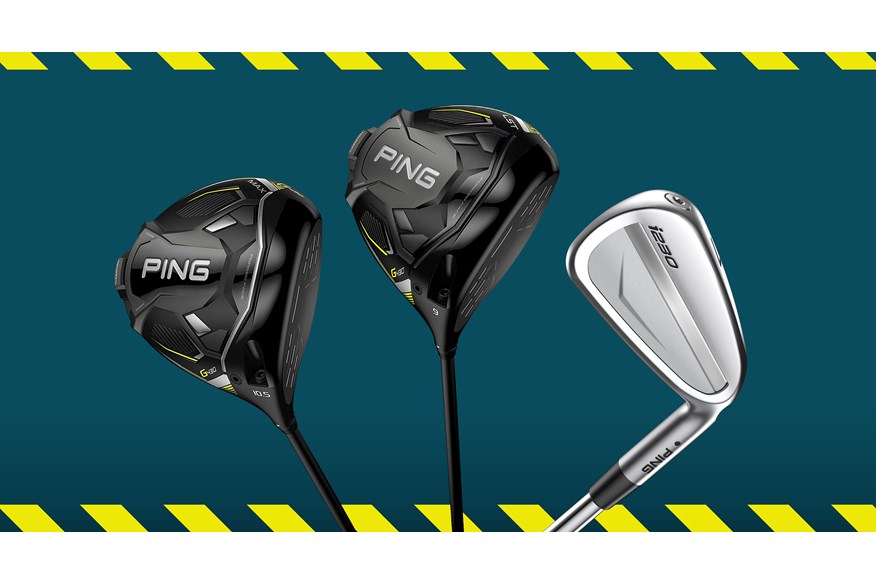
Why we used Loughborough’s golf robot
With the cost of buying an R&D golf robot running to $100,000-plus, there are not too many around. And the brands that have them also make balls, which obviously presents a conflict of interest should we use one to perform a golf ball test against competitor balls.
Loughborough University, though, is often referred to as the best sports science university in the world, and when Ping (who have also invested in an R&D lab on campus) mentioned the Uni has a robot on the site, we enquired about gaining access.
It’s taken months to set up, but with Senior Lecturer Jonathan Roberts being a golfer and understanding our cause, and Loughborough being an hour’s drive from our UK office, the partnership made perfect sense.
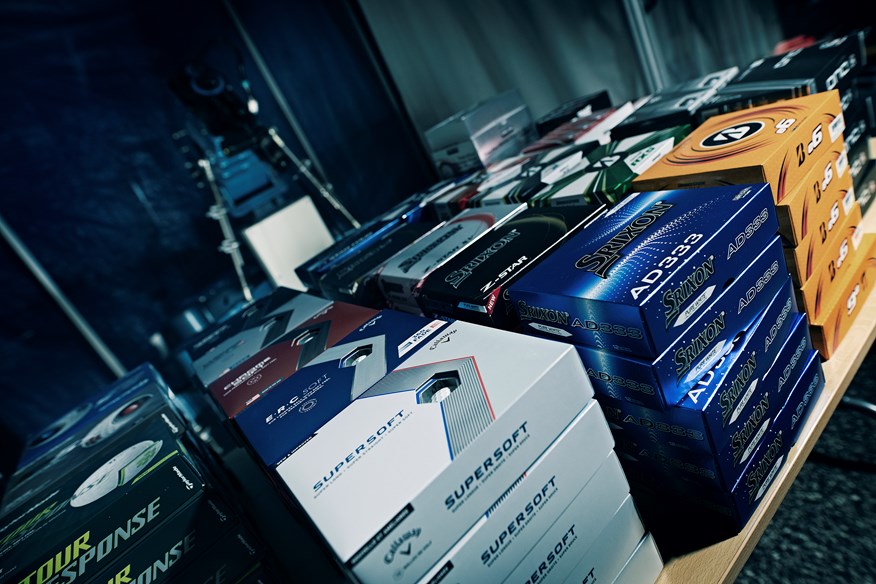
How we picked the golf balls
Time on an R&D robot is costly. Every hour taken up hitting balls for our test means the machine can’t be used for other research. The robot also needs a qualified operator, to ensure the set-up is correct and test conditions don’t change, and people like that are not easy to find, either. With time on the robot being limited, we had to select the balls most relevant to most people, as testing every single ball on the market simply wasn’t an option.
In order to test a good range of balls, from the most popular tour golf balls to lower-compression club golfer balls and the best budget balls, we drew up a shortlist of 28 models. We knew from our previous robot ball test (which featured 22 models) that this number could just about be tested within a single day from one of the five different situations (three driver speeds, one 7-iron speed, and one pitching wedge speed). That meant the whole test could be wrapped up in five days.
Our first big decision was to eliminate the direct-to-consumer golf balls that have sprung up over the last decade to get the list down to 28. There aren’t too many factories capable of producing golf balls that aren’t owned by the likes of Titleist, Srixon, Callaway or TaylorMade, so a lot of these DTC models are quite similar in terms of R&D, and most barely create a blip on the radar in terms of global ball sales. We will, however, be doing a thorough DTC balls test over the summer.
After that, we needed to include the leading tour balls from the game’s biggest brands (including PXG), along with the popular ‘club golfer’ balls (including Kirkland) and a number of value-for-money options (like Maxfli). Every decision we made was geared to giving you the best, most relevant information to help you establish which ball best suits your game, and pocket.
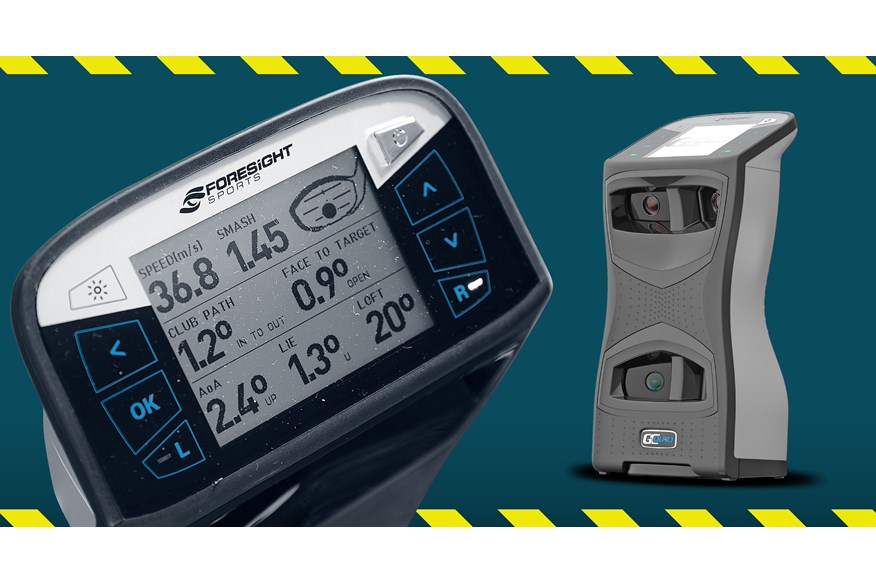
Why we tested indoors
It wasn’t too long ago the golf industry thought outdoor testing and fitting was the only way to go, as it gave the opportunity to see a shot’s entire flight. Since Foresight and their camera-based launch monitors have arrived on the scene, though, thinking has changed.
Foresight’s GCQuad is now recognized by players and brands as one of the best golf launch monitors, and it now features in many R&D test labs. And because it measures everything you need to know about a golf shot within 18 inches of the ball leaving the clubface, the Quad makes it possible to accurately test indoors.
The added benefit of testing indoors is that it’s possible to create a controlled lab environment, so weather conditions – temperatures, wind, or rain – have no effect on the data, which isn’t the case when testing outdoors. All the data came from a Foresight GCQuad for our last robot test in 2019, so it made sense to use the same system.
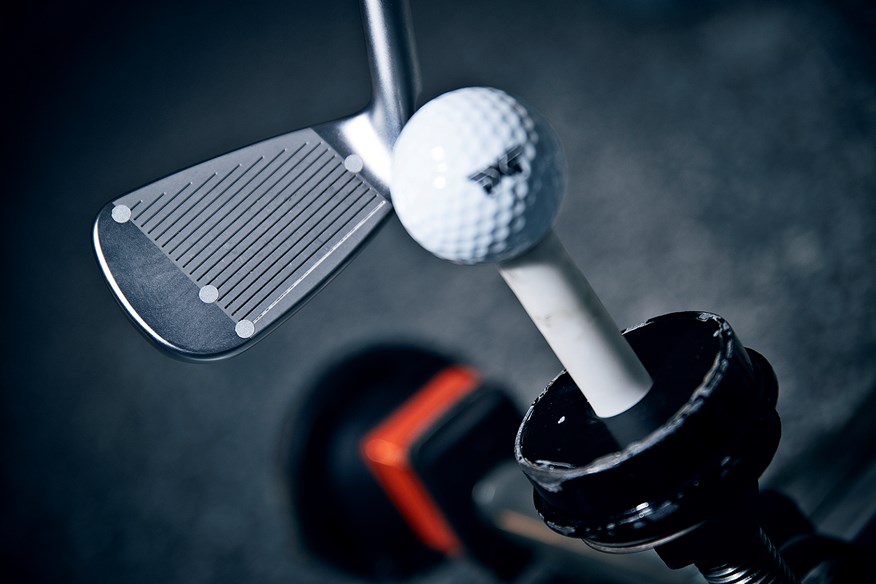
Each ball was hit only once
We wanted to create the cleanest, most accurate data possible, so we only hit each golf ball once.
Our thinking means that if there’s ever a ‘rogue’ ball among our samples, it only affects one of the five situations we test from, not all of them. It also means if any ball is damaged during the hitting process, it doesn’t get reused, so it can’t skew our data on subsequent shots.
We asked brands to send us five dozen of each ball selected for testing, which allowed 12 shots to be hit from each of the three driver swing speeds, as well as a dozen of each ball with the 7-iron and pitching wedge.
In total, that’s 1,680 robot shots during the week. Each of the five individual test orders was randomized and split into sets of three balls at a time. That ensured there wasn’t a four to five-hour gap between testing the first dozen and the final dozen, just in case there were any temperature swings inside the lab.
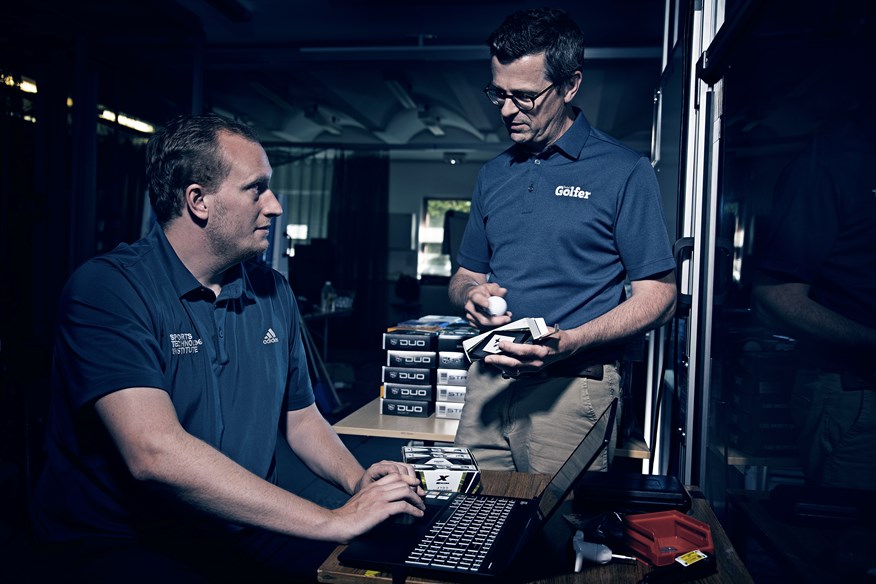
Thousands of pieces of data
By tracking head and ball data through the launch monitor, we created thousands of data points (looking just at basic ball and club data, there are 19 different metrics for every shot!), which gave us a mountain of data to analyze.
It took the best part of two weeks to sift through it, checking, double checking, and coming up with averages for the longest, fastest, and spinniest balls, and deciding on our recommendations within each product category.
Read more about how we test golf equipment.
Robot golf balls test: How do golf balls differ?
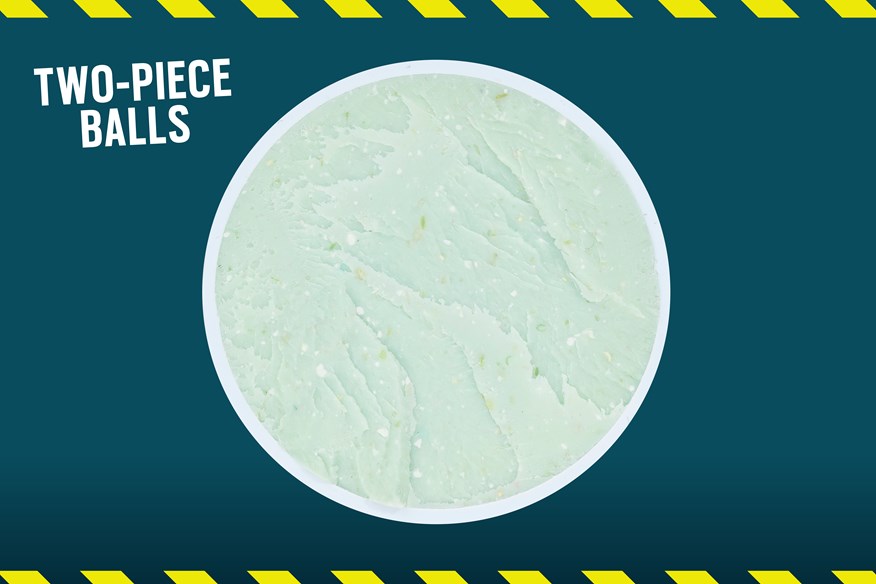
Two-piece golf balls
Two-piece balls are the least expensive. Typically they have a big core under a thick ionomer or surlyn cover. For many club golfers two-piece models represent an excellent blend of reasonable performance and value, particularly if they’re prone to losing a few.
Even though these are the least expensive balls on the market, it’s not uncommon to find a choice of a softer feel, longer distance, or a blend of both in a single ball. We’ll highlight the difference between this category and others so you can weigh up if it’s really worth paying for tour-level performance or urethane-cover club golfer balls.
| Balls tested | Category |
| Callaway Supersoft | Under £30 |
| Srixon AD333 | Under £30 |
| Wilson Duo Soft | Under £30 |
| Pinnacle Rush | Under £30 |
| Bridgestone E6 Contact | Under £30 |
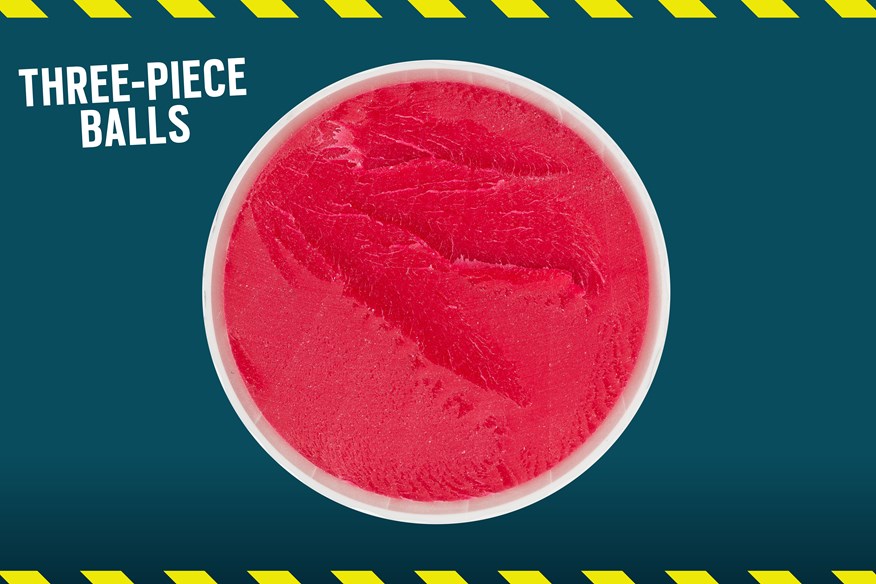
Three-piece golf balls
More than half the balls in this test are three-piece, which means this is a very popular construction method for tour and club golfer balls. The core size is shrunk to allow a mantle layer to sit between the core and outer cover, which allows engineers to dial in different characteristics based on the wants of the target player.
Tour-level three-piece balls have urethane covers to maximize wedge spin and greenside control. Gone are the days when three-piece tour balls were just softer, higher spinning versions of firmer four-piece ‘X’ style balls; today, Srixon and Bridgestone only make three-piece tour balls. So, each model is dialed up or down to a swing speed the ball is aimed at, and/or the feel, distance, and wedge spin that particular golfer is likely to desire.
| Balls tested | Category |
| Titleist Pro V1 | Premium tour level |
| Srixon Z-Star | Premium tour level |
| Srixon Z-Star Diamond | Premium tour level |
| Srixon Z-Star XV | Premium tour level |
| Bridgestone Tour B X | Premium tour level |
| Bridgestone Tour B XS | Premium tour level |
| TaylorMade Tour Response | Club golfer (urethane cover) |
| Callaway Chrome Soft | Club golfer (urethane cover) |
| Srixon Q-Star Tour | Club golfer (urethane cover) |
| Kirkland Signature Performance+ | Club golfer (urethane cover) |
| Bridgestone Tour B RX | Club golfer (urethane cover) |
| Bridgestone Tour B RXS | Club golfer (urethane cover) |
| Maxfli Tour | Club golfer (urethane cover) |
| Wilson Triad | Club golfer (urethane cover) |
| PXG Xtreme | Club golfer (urethane cover) |
| Callaway ERC Soft | Club golfer (hybrid cover) |
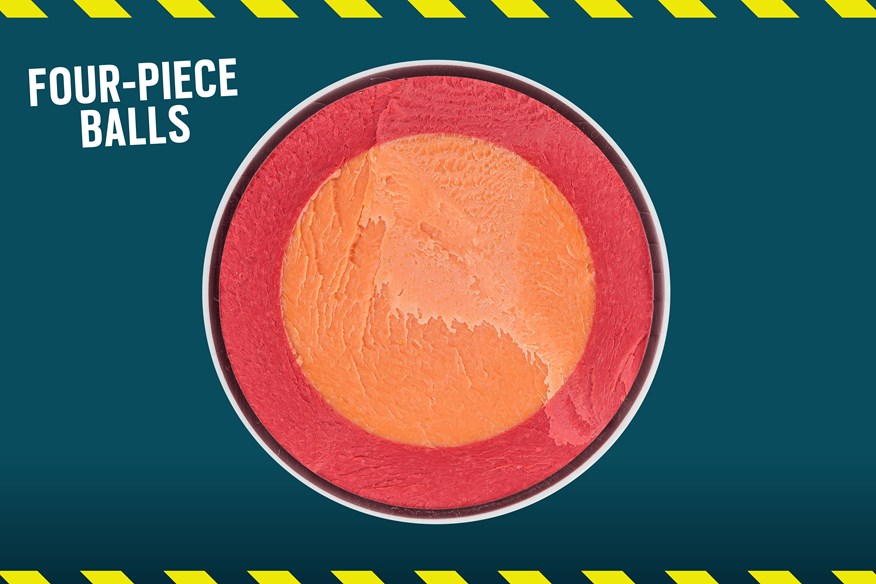
Four-piece golf balls
Traditionally, four-piece golf balls were firmer ‘X’ style, lower spin, higher flying models; but things have changed.
The most recent Pro V1x (four-piece) is said to have higher long-game spin than the Pro V1 (three-piece) and a higher ball flight. Callaway’s Chrome Soft X and X LS are both four-piece, with the X being more workable, and the X LS generating lower long-game spin.
Common thinking is firmer balls are faster and longer, irrespective of swing speed. We’ve also seen they don’t always spin lower with a wedge than their softer siblings. Use our test data to identify the models that are fast and long with the driver/iron and spin with a wedge.
| Balls tested | Category |
| Titleist Pro V1x | Premium tour level |
| Callaway Chrome Soft X | Premium tour level |
| Callaway Chrome Soft X LS | Premium tour level |
| Wilson Staff Model | Premium tour level |
| Maxfli Tour X | Club golfer (urethane cover) |
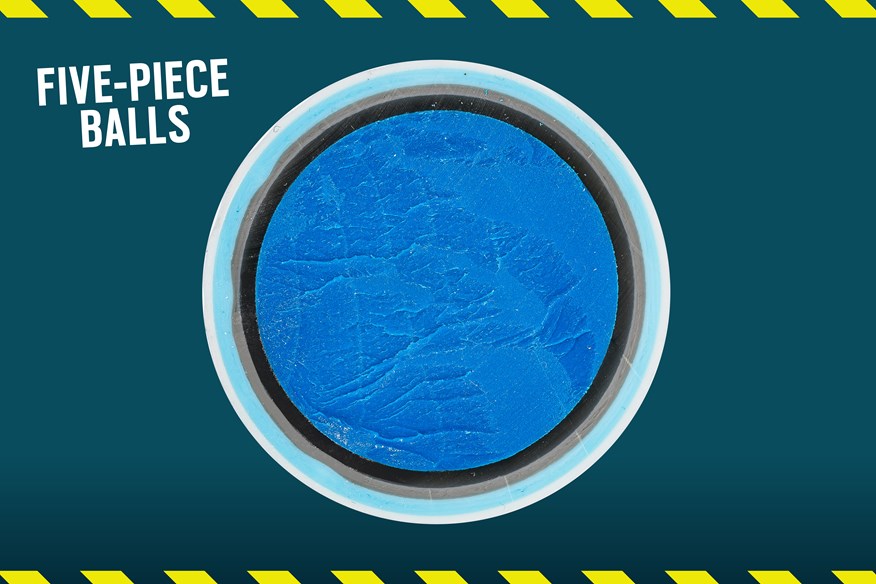
Five-piece golf balls
TaylorMade are the only major brand to make five-piece balls, and the TP5 and TP5x are played by Rory McIlroy, Collin Morikawa, Dustin Johnson, Brooke Henderson, Tommy Fleetwood, and Rickie Fowler.
With three layers between the core and cover, the brand have more knobs and levers to tweak to dial down driver spin, up launch or maximize wedge spin. The firmer feeling TP5x is faster, longer and launches higher, whereas the TP5 offers a little extra wedge spin and shot-shaping potential.
| Balls tested | Category |
| TaylorMade TP5 | Premium tour level |
| TaylorMade TP5x | Premium tour level |
Robot golf ball test: The results
Jump to a brand: Bridgestone | Callaway | Kirkland | Maxfli | Pinnacle | PXG | Srixon | TaylorMade | Titleist | Wilson
Robot golf balls test: Bridgestone
For high-speed golfers who want more accuracy over distance
£3.75 per ball / 0.19p per yard (based on RRP)
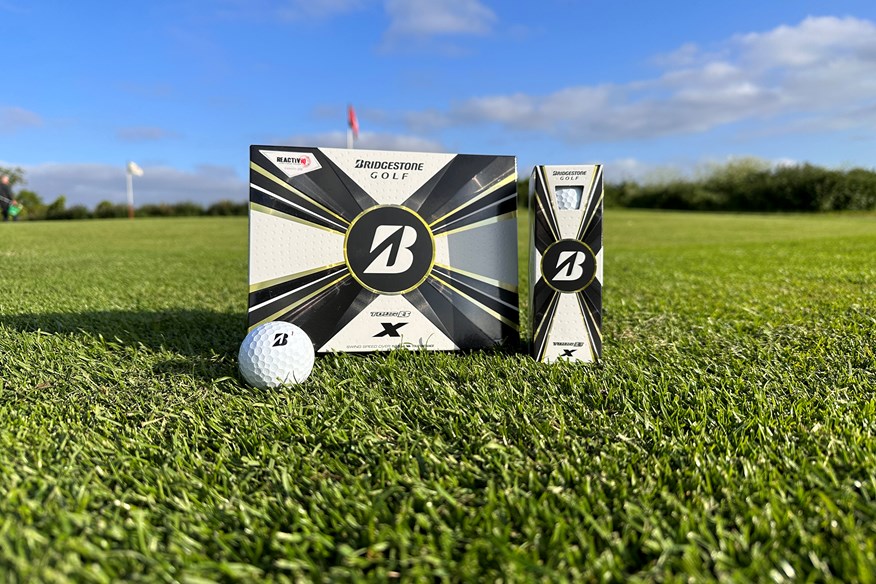

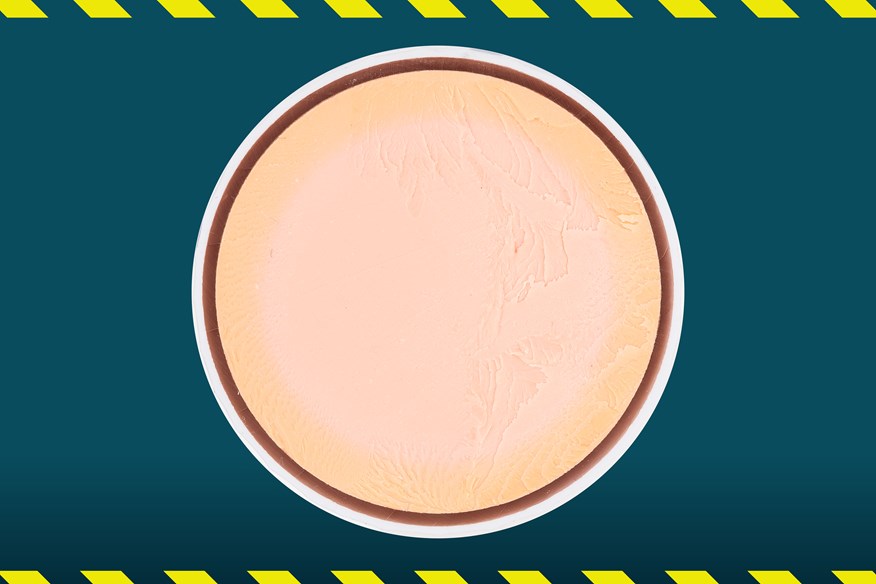
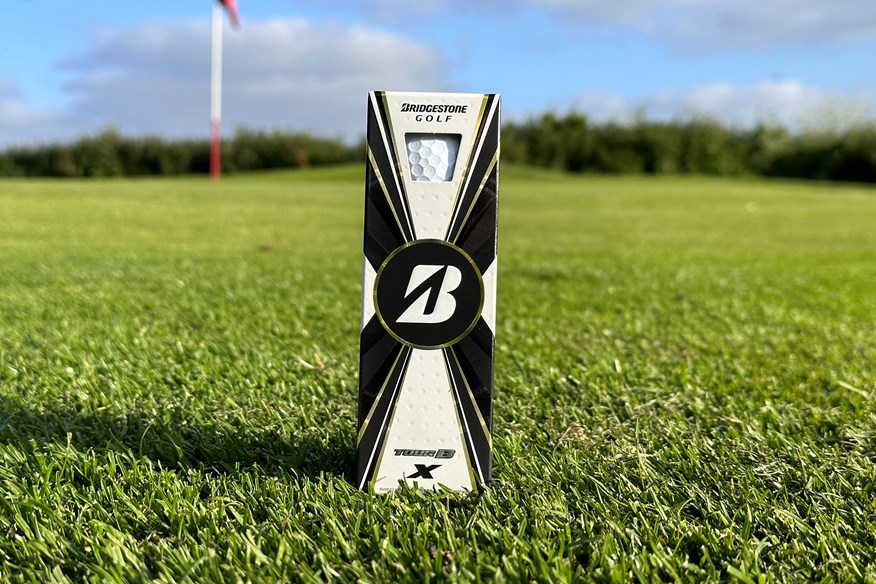
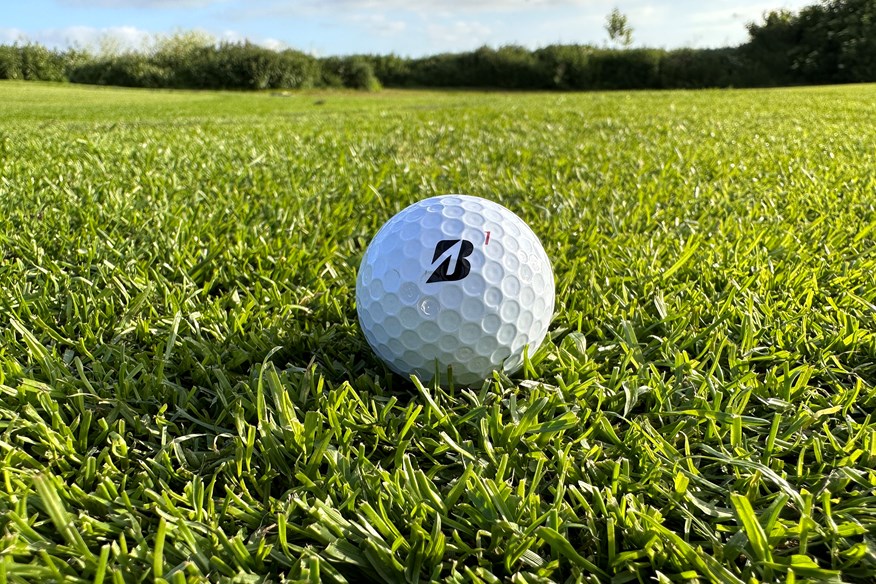
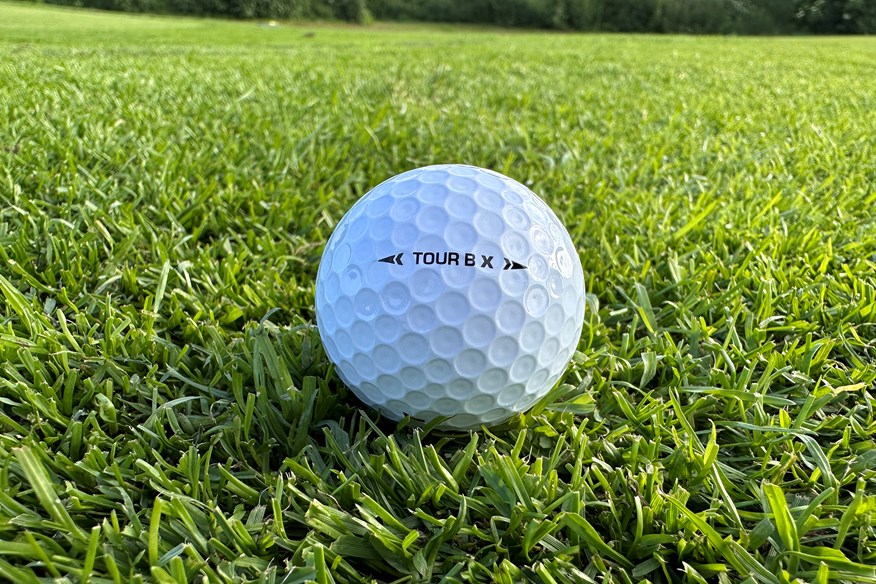
The Tour B X is designed for golfers swinging a driver over 105mph and who are more focused on upping distance than adding wedge spin or shot shape potential. Jason Day and Matt Kuchar both play this golf ball on tour.
| Construction | Three-piece |
| Cover | Urethane |
| Compression | 94 |
| Dimples | 338 |
| Feel | Soft |
| Flight | Lowest |
| Colors |
- REACTIV iQ urethane cover
- Gradational compression core
- Dual dimple technology
- Seamless cover technology
Robot golf balls test data and verdict – Bridgestone Tour B X
| Driver 85mph Swing | Bridgestone Tour B X |
| Ball speed (mph) / Launch angle (º) | 123.3 / 13 |
| Backspin (rpm) | 2,895 |
| Carry (yards) | 191.1 |
| Driver 100mph Swing | |
| Ball speed (mph) / Launch angle (º) | 145.1 / 12.1 |
| Backspin (rpm) | 2,686 |
| Carry (yards) | 240.8 |
| Driver 115mph Swing | |
| Ball speed (mph) / Launch angle (º) | 166.8 / 10.8 |
| Backspin (rpm) | 2,108 |
| Carry (yards) | 293.8 |
| 7-Iron | |
| Ball speed (mph) / Launch angle (º) | 106 / 21.2 |
| Backspin (rpm) | 5,702 |
| Height (feet) | 87.5 |
| Descent angle (º) | 46.3 |
| Carry (yards) | 146.7 |
| Wedge | |
| Backspin (rpm) | 7,679 |
| Shot area (sq yds) | 5.7 |
| Carry (yards) | 105.3 |
| Average Shot Area | |
| Averaged over driver, 7-iron and PW | 30.4yds sq |
Robot golf balls test verdict: With the Tour B X being designed for swing speeds above 105mph it’s unfair to analyse performance at 85mph and 100mph with the driver. We’ve seen from our research into Ping’s Ballnamic golf ball database how the Tour B X comes highly recommended, but our test data shows the ball floating around average for lots of metrics.
At 115mph with the driver, it tied for sixth longest (three yards back from the Maxfli Tour X) with a shot area 26% greater than our test average. 7-iron backspin was above average (260rpm), carry was a fraction short, but shot area was 34% tighter than average.
With decent wedge spin (504rpm less than our highest spinning ball), and a shot area half that of our test average, it feels like the Tour B X is a good bet for high-speed golfers who are happy to dial in additional accuracy rather than going all out after more power.
Read our full Bridgestone Tour B X review.
Tiger's ball of choice is higher spinning than Tour B X
Price per ball £3.75 / 0.19p per yard
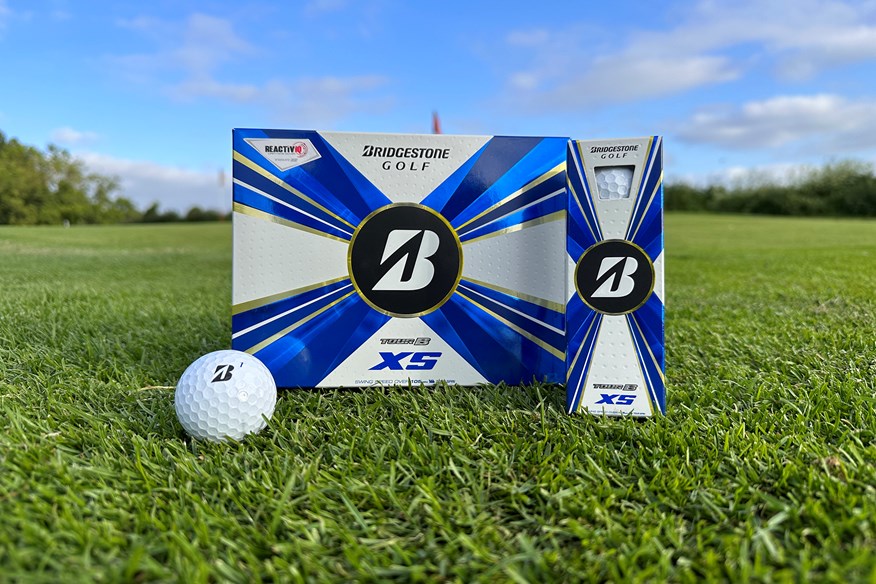

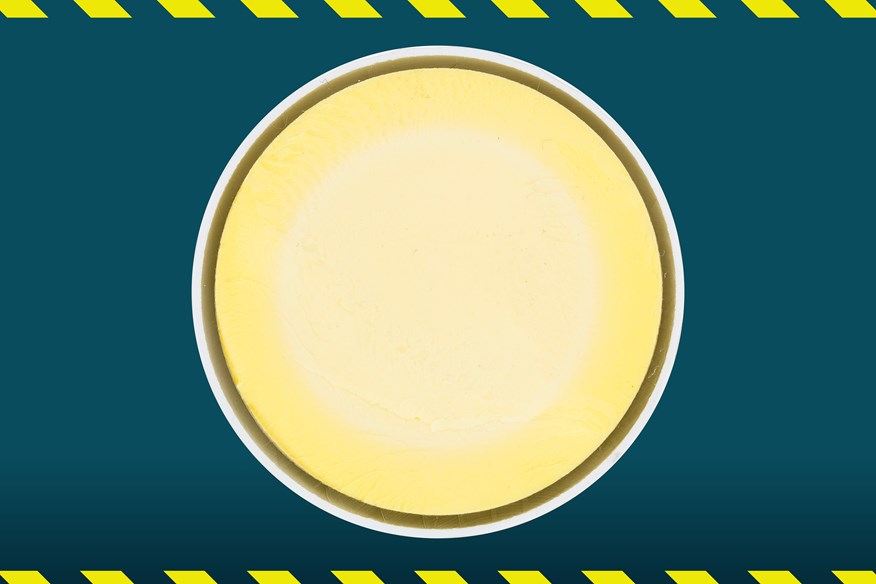
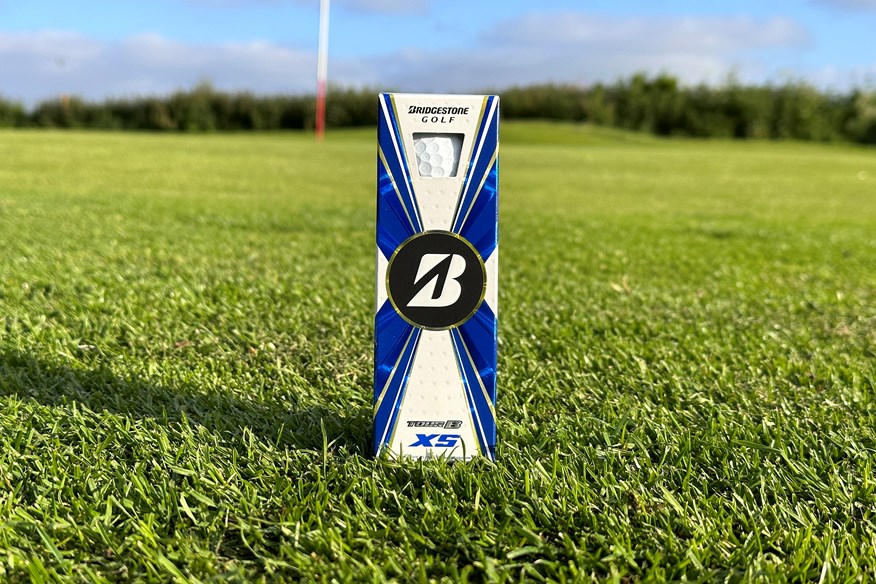
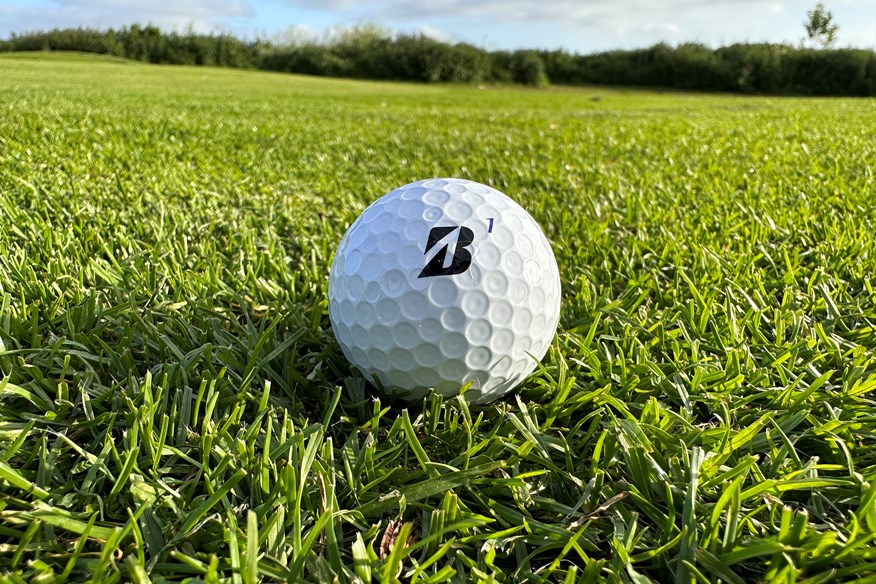
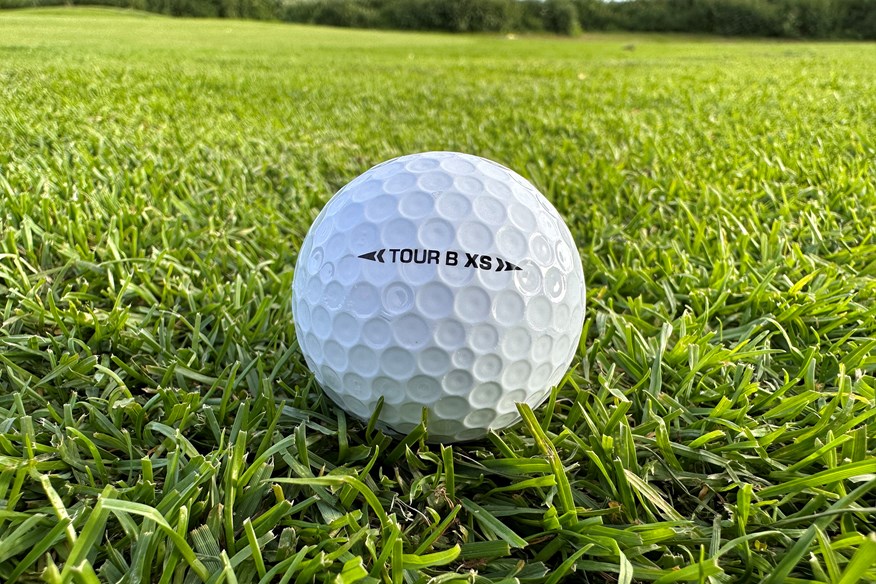
Bridgestone say the smart Reactiv iQ cover reacts to the force of impact, so on long tee shots it rebounds quickly for explosive velocity. Whereas for approach shots, the ball stays on the face for longer, providing more spin and feel.
| Construction | Three-piece |
| Cover | Urethane |
| Dimples | 338 |
| Compression | 84 |
| Feel | Softer |
| Flight | Low |
| Colors | White; Yellow |
- REACTIV iQ urethane cover
- Gradational compression core
- Dual dimple technology
- Seamless cover technology
Robot golf balls test data and verdict – Bridgestone Tour B XS
| Driver 85mph Swing | Bridgestone Tour B XS |
| Ball speed (mph) / Launch angle (º) | 123.4 / 13.1 |
| Backspin (rpm) | 2,901 |
| Carry (yards) | 191.3 |
| Driver 100mph Swing | |
| Ball speed (mph) / Launch angle (º) | 144.6 / 12.2 |
| Backspin (rpm) | 2,731 |
| Carry (yards) | 239.6 |
| Driver 115mph Swing | |
| Ball speed (mph) / Launch angle (º) | 165.7 / 10.8 |
| Backspin (rpm) | 2,147 |
| Carry (yards) | 291.1 |
| 7-Iron | |
| Ball speed (mph) / Launch angle (º) | 106 / 21.3 |
| Backspin (rpm) | 5,713 |
| Height (feet) | 87.9 |
| Descent angle (º) | 46.4 |
| Carry (yards) | 146.6 |
| Wedge | |
| Backspin (rpm) | 7,790 |
| Shot area (sq yds) | 8.6 |
| Carry (yards) | 105.7 |
| Average shot area | |
| Averaged over driver, 7-iron and PW | 26.2yds sq |
Robot golf balls test verdict: Bridgestone say the Tour B XS ups spin over the Tour B X. Our data supports their thinking, but we’re talking very small amounts. An additional 39rpm backspin compared to the Tour B X with driver (at 115mph) means giving up 2.7 yards of carry.
With a 7-iron the backspin difference drops to 11rpm (with just 0.1 yards carry distance between the two), and 111rpm with a PW, so club golfers are likely to struggle to see any real difference between the pair. Interestingly, both balls were inside our test average for shot area, with the higher spinning Tour B XS, which racked up the smallest area at our 115mph driver speed, boasting 26.2yds sq compared to the Tour B X at 30.4.
Read our full Bridgestone Tour B XS review.
Struggled to keep pace with Callaway's ERC Soft
£3.75 per ball / 0.19p per yard (based on RRP)
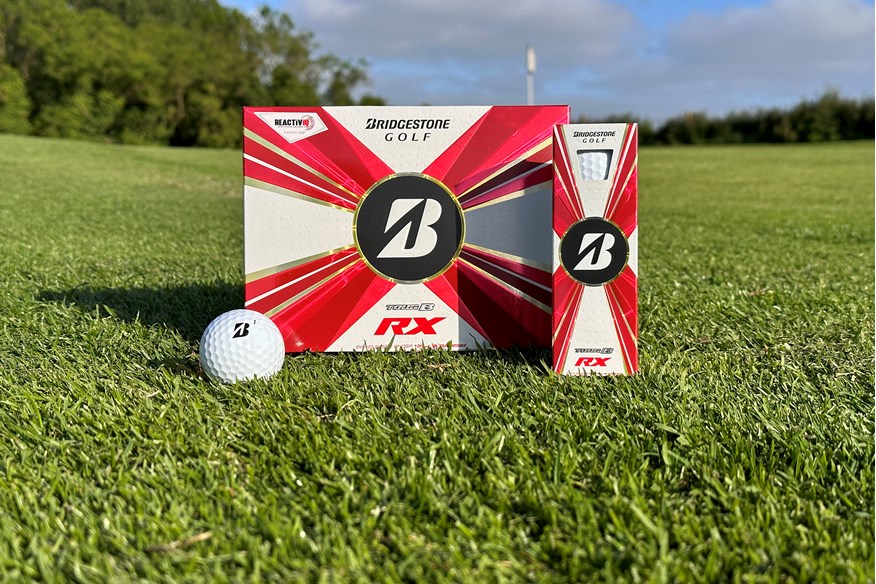

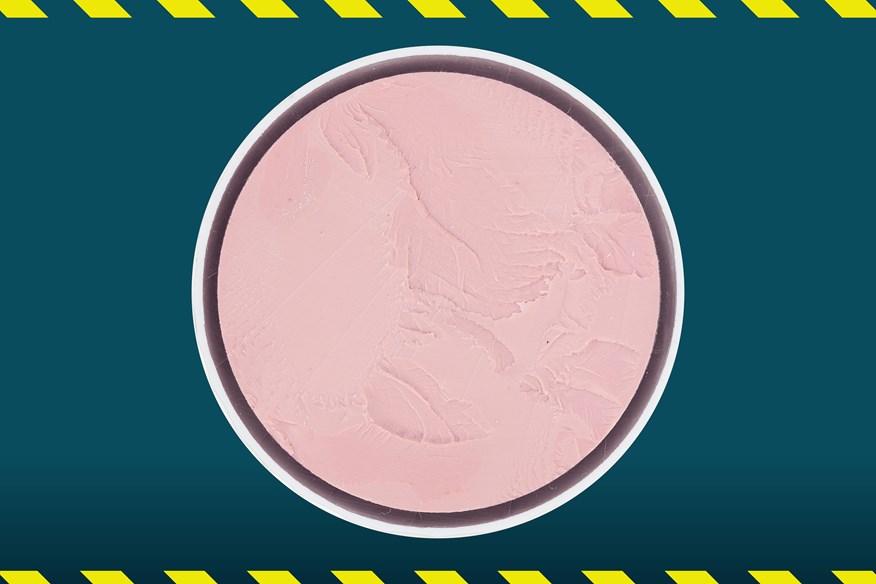
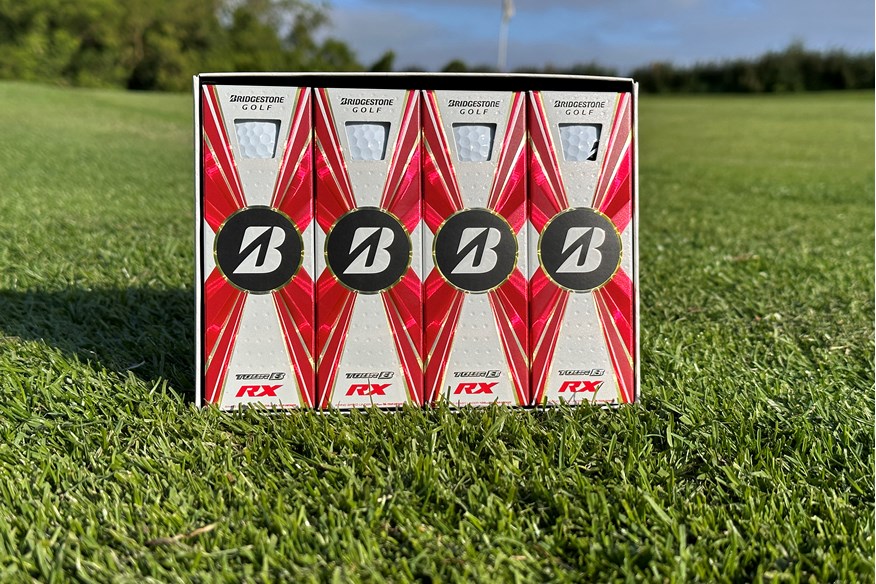
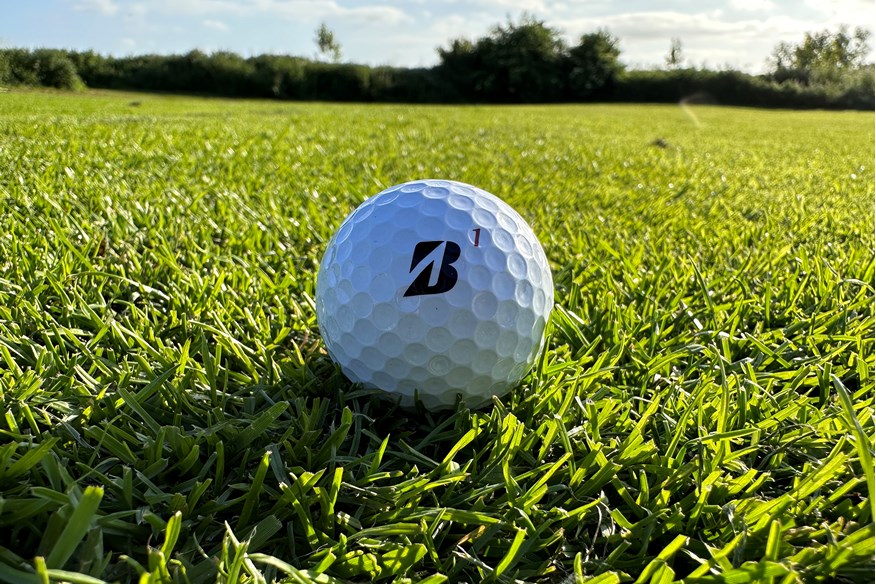
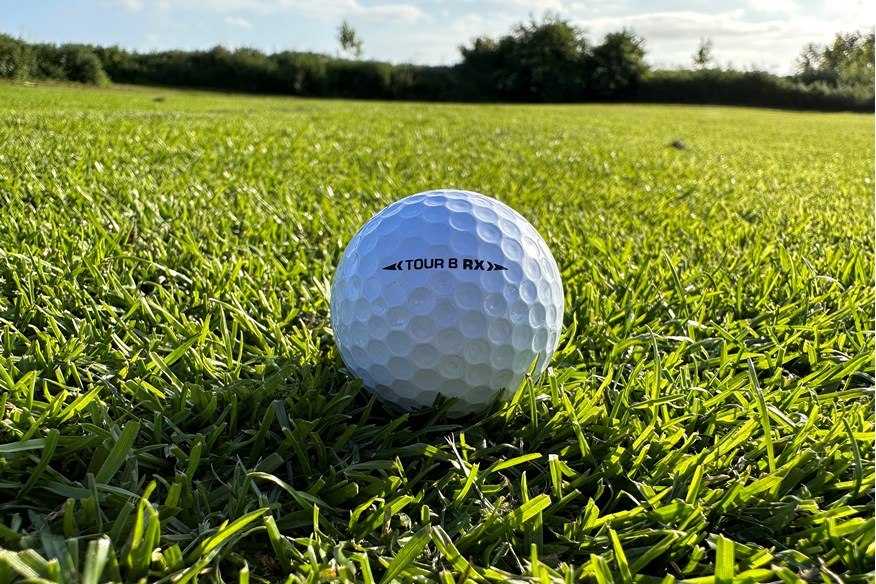
Bridgestone don’t give out any compression numbers for their balls, but you can expect the RX and RXs to feel softer than the Tour B X and XS. Expect the RX to feel softer than the X.
| Construction | Three-piece |
| Cover | Urethane |
| Compression | 79 |
| Dimples | 338 |
| Flight | Low-mid |
| Feel | Soft |
| Colors |
- REACTIV iQ urethane cover
- Gradational compression core
- Dual dimple technology
- Seamless cover technology
Robot golf balls test data and verdict – Bridgestone Tour B RX
| Driver 85mph Swing | Bridgestone Tour B RX |
| Ball speed (mph) / Launch angle (º) | 122.9 / 13.2 |
| Backspin (rpm) | 2,769 |
| Carry (yards) | 191.4 |
| Driver 100mph Swing | |
| Ball speed (mph) / Launch angle (º) | 144.2 / 12.3 |
| Backspin (rpm) | 2,623 |
| Carry (yards) | 240.2 |
| Driver 115mph Swing | |
| Ball speed (mph) / Launch angle (º) | 165.2 / 10.9 |
| Backspin (rpm) | 2,020 |
| Carry (yards) | 291.3 |
| 7-Iron | |
| Ball speed (mph) / Launch angle (º) | 105.9 / 21.8 |
| Backspin (rpm) | 5,072 |
| Height (feet) | 89.1 |
| Descent angle (º) | 46.3 |
| Carry (yards) | 148.7 |
| Wedge | |
| Backspin (rpm) | 6,992 |
| Shot area (sq yds) | 2.5 |
| Carry (yards) | 105.6 |
| Average Shot Area | |
| Averaged over driver, 7-iron and PW | 33.1yds sq |
Robot golf balls test verdict: We applaud Bridgestone for making tour-optimized balls for golfers swinging driver at less than 105mph, but there’s absolutely no covering up our data doesn’t show either the RX or the RXS ripping up any trees.
Compared to Callaway’s ERC Soft (which has a hybrid cover, not a pure urethane cover) which targets a similar golfer, the RX is eight yards back when averaged across the two driver speeds (85 and 100mph) it was designed for, and a 7-iron.
Throw in wedge backspin performance that’s 911rpm down on the ERC Soft and a shot area that’s 16.5% bigger than its rival and you can see where we’d spend our cash.
Read our full Bridgestone Tour B RX review.
Surprisingly low wedge spin
£3.75 per ball / 0.19p per yard (based on RRP)
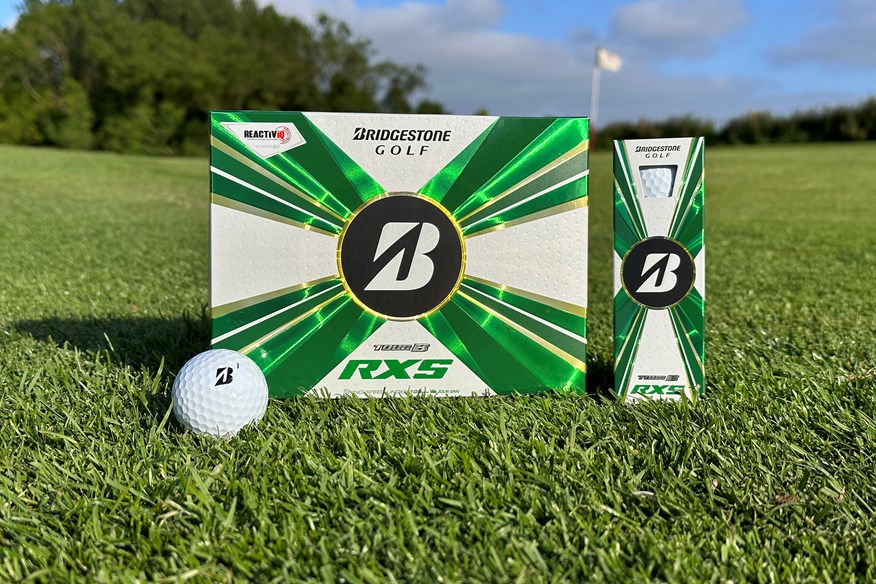

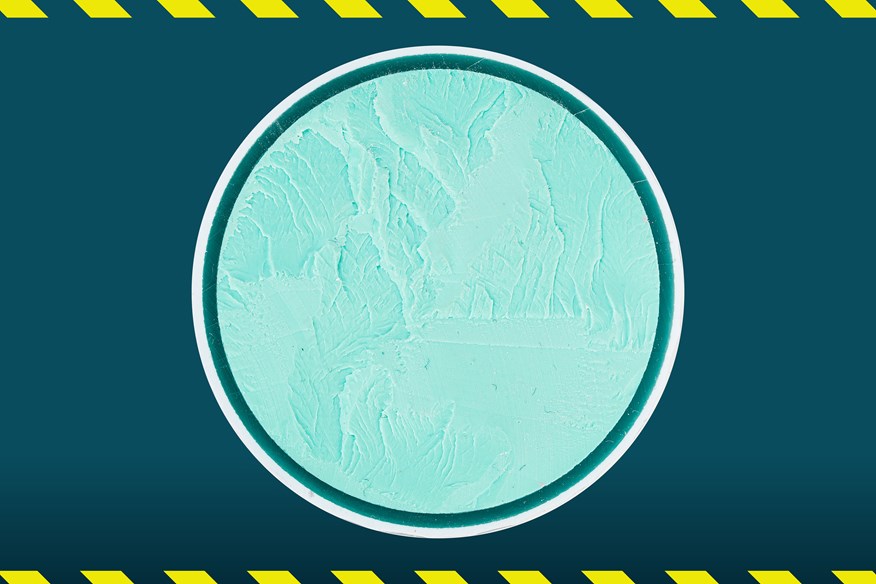
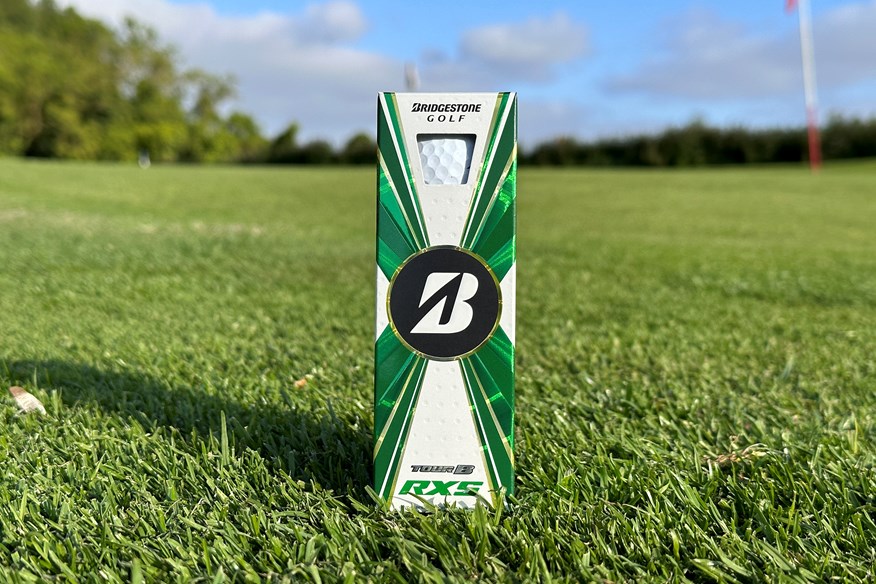
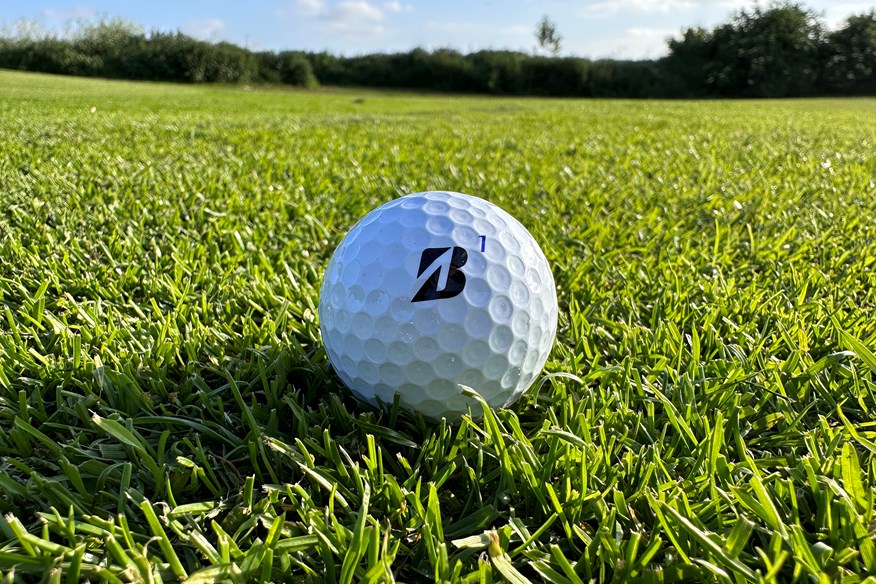
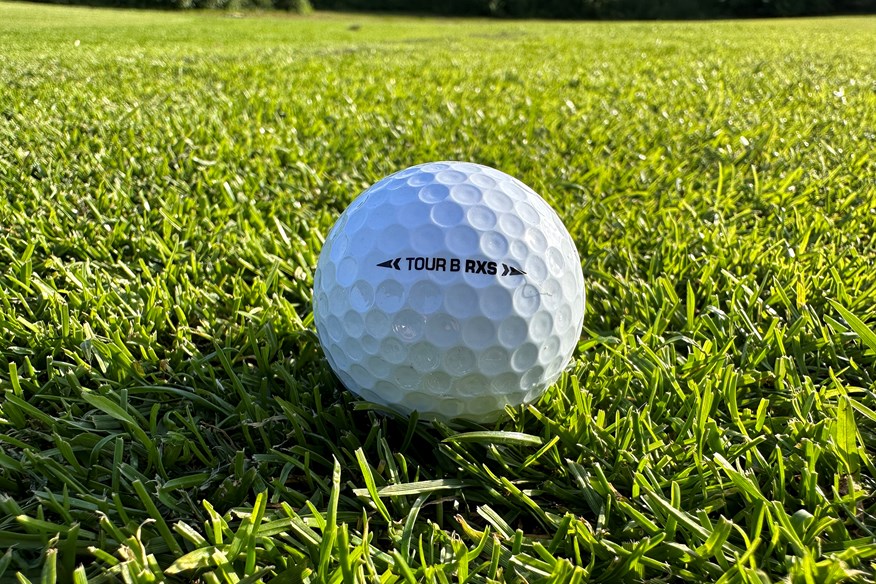
Interestingly, like Srixon, Bridgestone get all the traits they desire from three-piece balls, which makes us wonder if multi-piece ball constructions are really necessary nowadays.
| Construction | Three-piece |
| Cover | Urethane |
| Dimples | 338 |
| Compression | 65 |
| Feel | Softer |
| Flight | Mid |
| Colors | White; Yellow |
- REACTIV iQ urethane cover
- Gradational compression core
- Dual dimple technology
- Seamless cover technology
Robot golf balls test data and verdict – Bridgestone Tour B RXS
| Driver 85mph Swing | Bridgestone Tour B RXS |
| Ball speed (mph) / Launch angle (º) | 122.5 / 13.1 |
| Backspin (rpm) | 2,756 |
| Carry (yards) | 190.3 |
| Driver 100mph Swing | |
| Ball speed (mph) / Launch angle (º) | 143.5 / 12.5 |
| Backspin (rpm) | 2,511 |
| Carry (yards) | 240.1 |
| Driver 115mph Swing | |
| Ball speed (mph) / Launch angle (º) | 164.1 / 11 |
| Backspin (rpm) | 2,074 |
| Carry (yards) | 288.4 |
| 7-Iron | |
| Ball speed (mph) / Launch angle (º) | 106 / 21.9 |
| Backspin (rpm) | 5,000 |
| Height (feet) | 89.7 |
| Descent angle (º) | 46.3 |
| Carry (yards) | 149.3 |
| Wedge | |
| Backspin (rpm) | 6,758 |
| Shot area (sq yds) | 8.9 |
| Carry (yards) | 105.9 |
| Average shot area | |
| Averaged over driver, 7-iron and PW | 39.1yds sq |
Robot golf balls test verdict: It’s really tough analyzing data from 28 different balls, hence why we break things down and look at different constructions, accuracy, and cost per yard. In each category, we highlight the three top performers, so when we come to analyze our findings we can easily spot models that excel in different areas. Balls highlighted as top performers within two or three of our categories then get serious attention, so understand where their strengths really lie.
The RXS didn’t appear among any of our top-performing models in any situation, but it bubbled around the test averages throughout all sessions and, for a higher spin ball, produced surprisingly low levels of wedge spin. For this cost, we reckon there are better-performing models out there, even if you are after a slightly higher-spinning golf ball.
Read our full Bridgestone Tour B RXS golf ball review.
Produced the longest carry with a 7-iron
£2.08 per ball / 0.10p per yard (based on RRP)
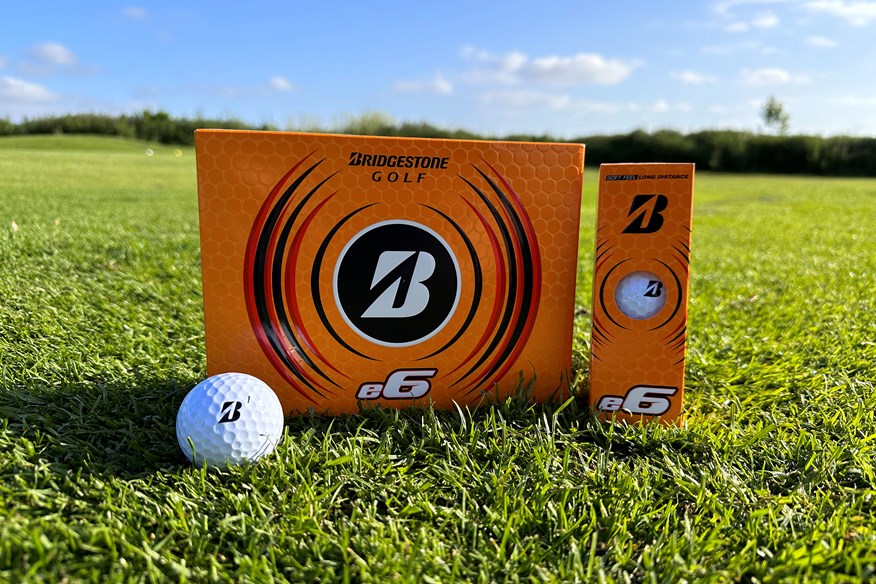

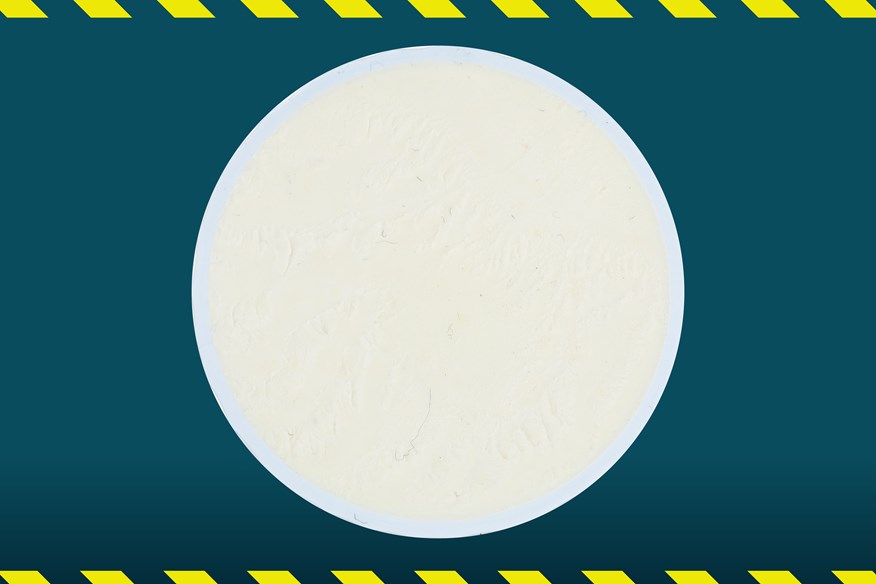
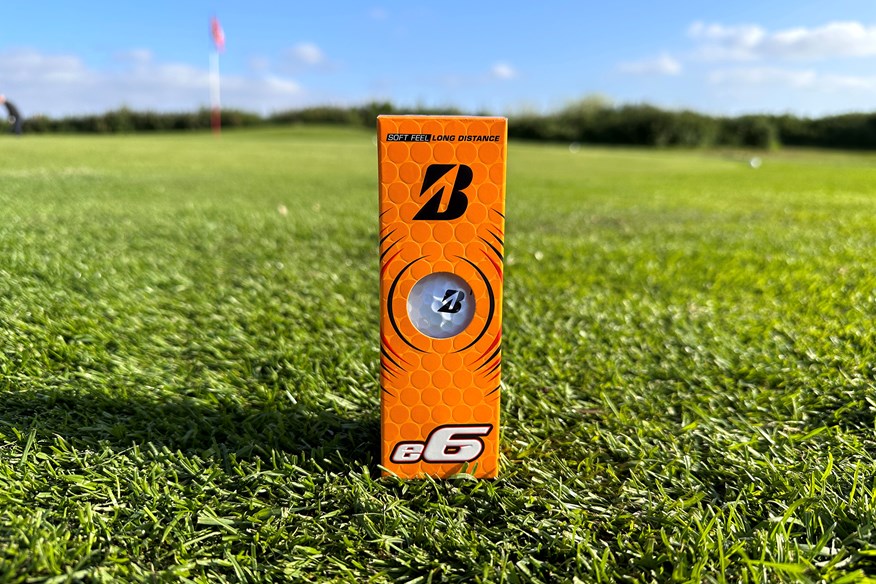
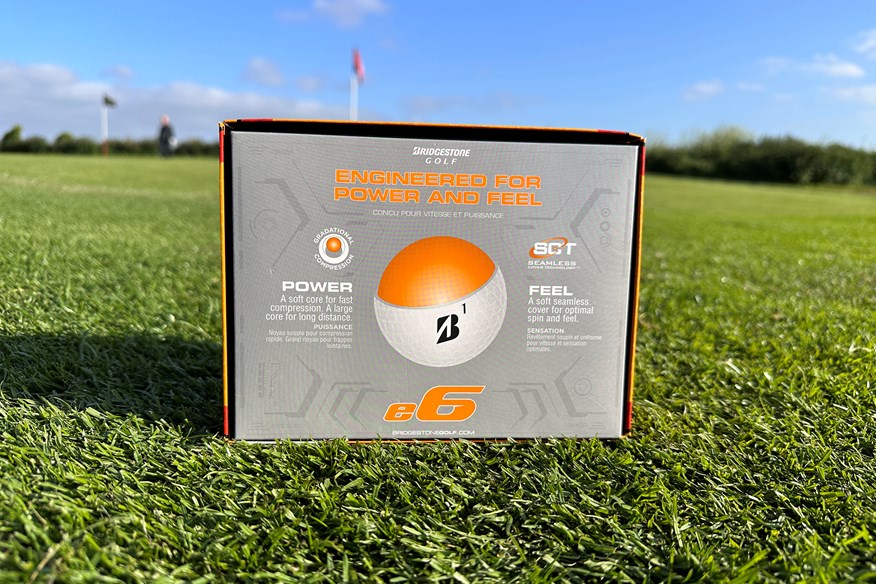
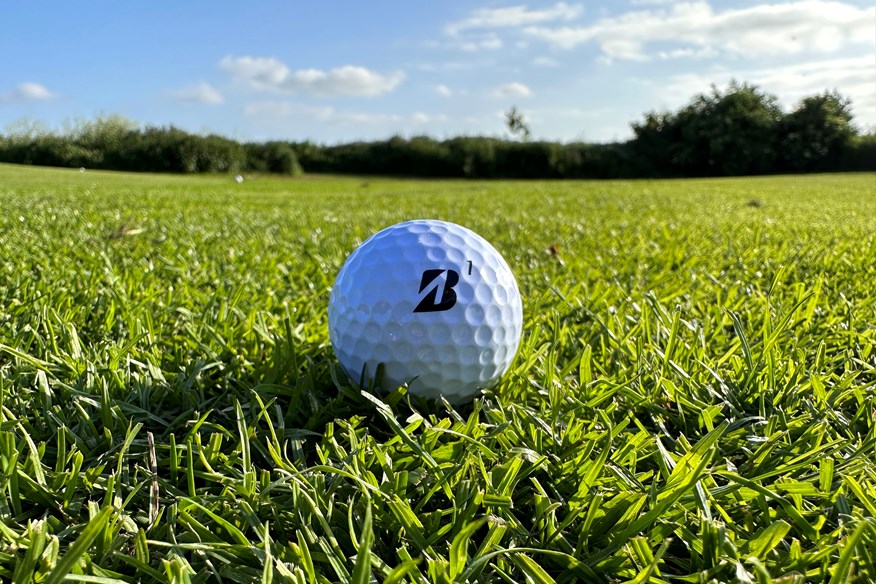
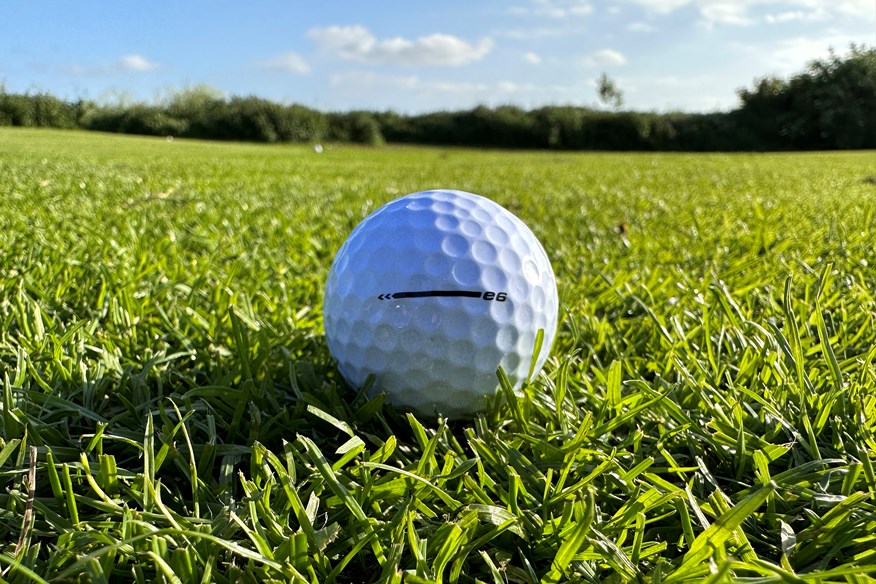
| Construction | Two-piece |
| Cover | Surlyn |
| Dimples | 326 |
| Compression | 50 |
| Feel | Soft |
| Flight | High |
| Colors | White; Yellow |
- Seamless cover technology
- Gradational compression core
Robot golf balls test data and verdict – Bridgestone E6
| Driver 85mph Swing | Bridgestone E6 |
| Ball speed (mph) / Launch angle (º) | 121.9 / 13.9 |
| Backspin (rpm) | 2,325 |
| Carry (yards) | 193 |
| Driver 100mph Swing | |
| Ball speed (mph) / Launch angle (º) | 141.7 / 12.9 |
| Backspin (rpm) | 2,257 |
| Carry (yards) | 239.5 |
| Driver 115mph Swing | |
| Ball speed (mph) / Launch angle (º) | 161.8 / 11.2 |
| Backspin (rpm) | 1,943 |
| Carry (yards) | 284.9 |
| 7-Iron | |
| Ball speed (mph) / Launch angle (º) | 105.6 / 22.5 |
| Backspin (rpm) | 4,541 |
| Height (feet) | 90.9 |
| Descent angle (º) | 46.3 |
| Carry (yards) | 150.4 |
| Wedge | |
| Backspin (rpm) | 7,059 |
| Shot area (sq yds) | 11.9 |
| Carry (yards) | 105.8 |
| Average shot area | |
| Averaged over driver, 7-iron and PW | 34yds sq |
Robot golf balls test verdict: Battles rage annually over controlling the two-piece golf ball market as millions of boxes are sold within the category.
Five two-piece models took part in this test and if we said the Bridgestone E6 ranks fourth for combined driver and iron distance (averaged over the 85mph and 100mph speeds), fifth for wedge spin, and third for overall accuracy, you, like us, will probably be thinking that there are slightly better-performing options out there, even at this end of the market.
Battles rage annually over controlling the two-piece golf ball market as millions of boxes are sold within the category. Five two-piece models took part in this test and if we said the Bridgestone E6 ranks fourth for combined driver and iron distance (averaged over the 85mph and 100mph speeds), fifth for wedge spin, and third for overall accuracy, you’ll realize there are slightly better-performing options out there, even at this end of the market.
Read our full Bridgestone E6 golf ball review.
Jump to a brand: Bridgestone | Callaway | Kirkland | Maxfli | Pinnacle | PXG | Srixon | TaylorMade | Titleist | Wilson
Robot Golf Ball Test: Callaway
Among the longest balls for 85mph driver swings
£4.17 per ball / 0.21p per yard (based on RRP)
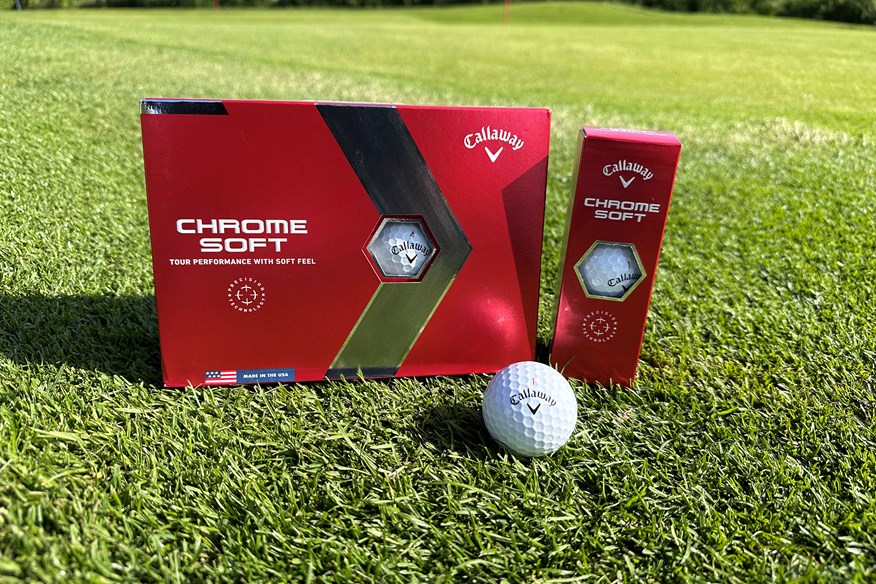

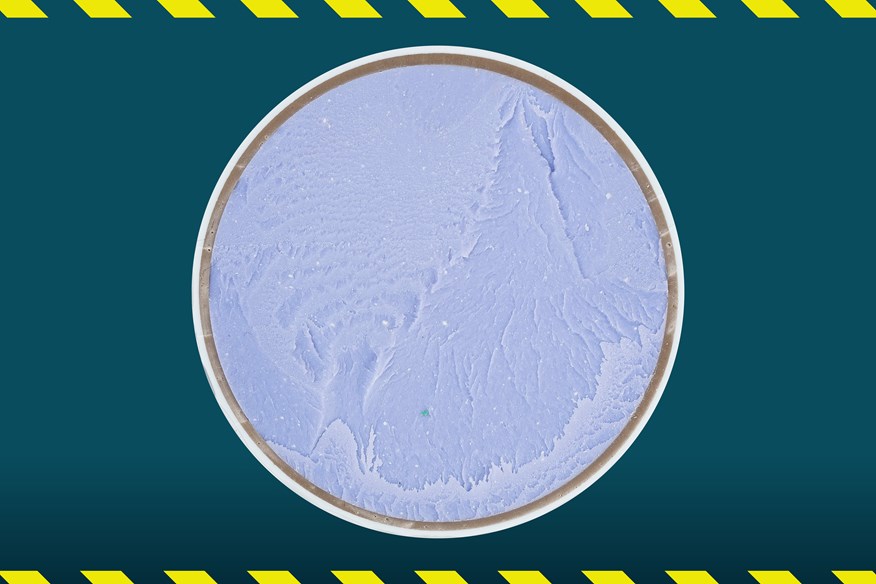
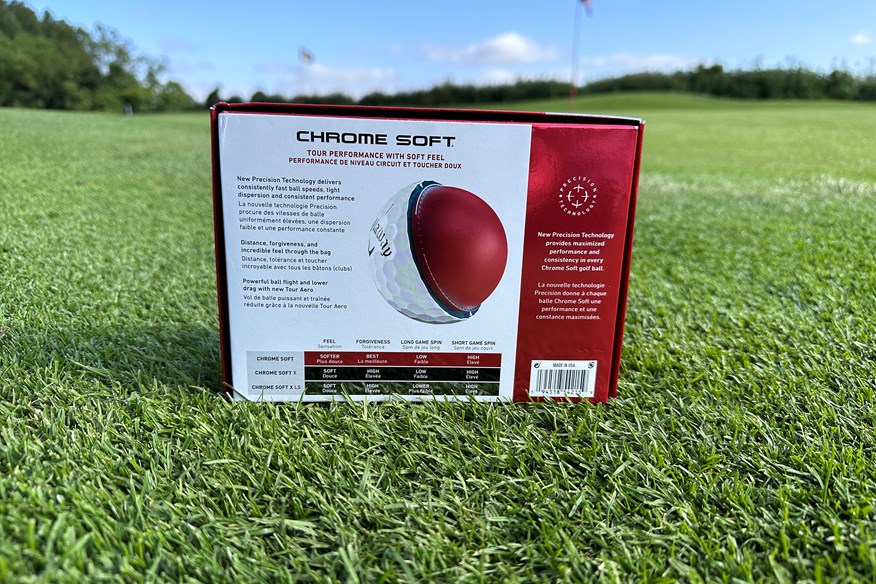
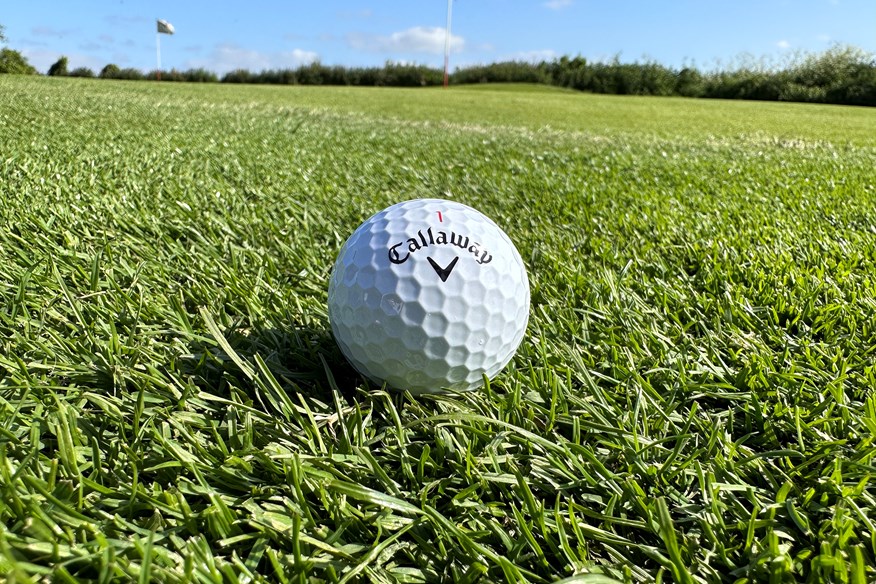
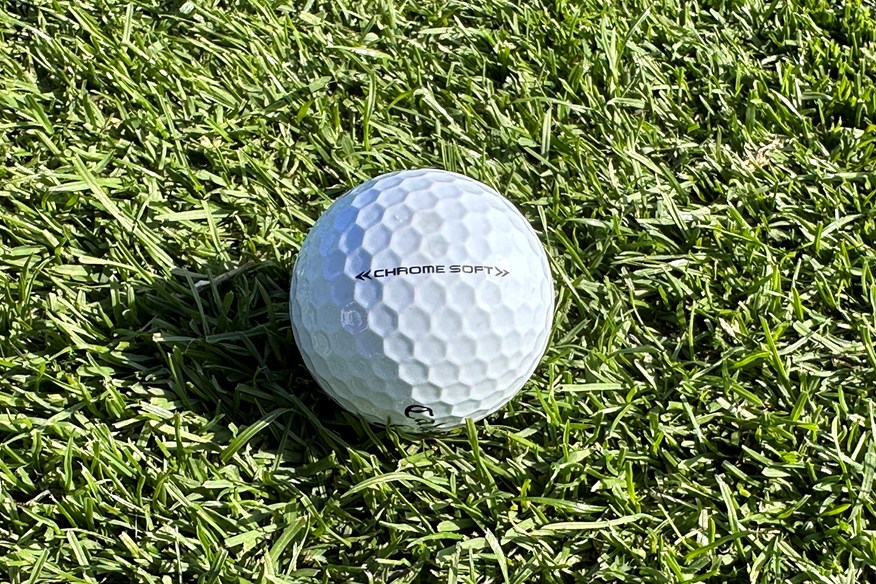
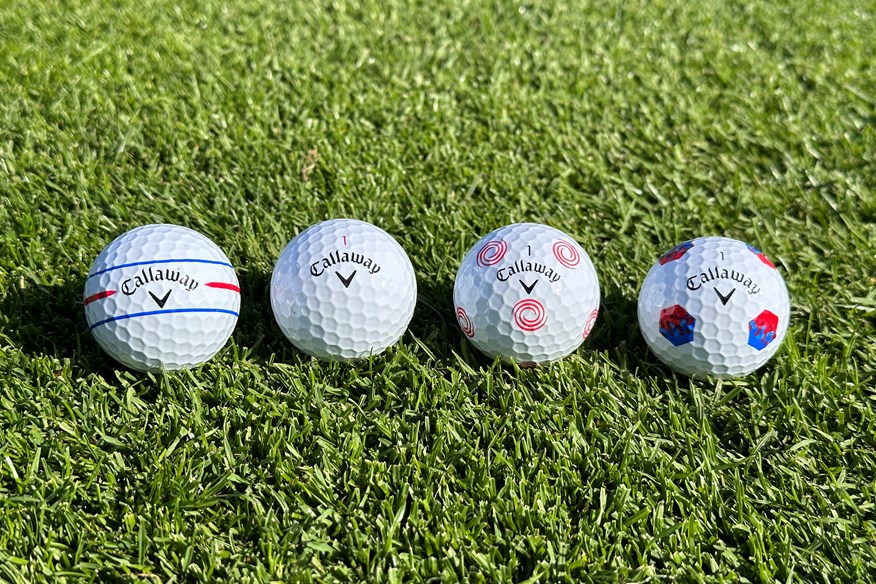
Low driver and iron spin, along with high launch, mean the Chrome Soft is a very straight and accurate ball, but full wedge shot spin and greenside control are lower than the tour preferred Chrome Soft X.
Callaway typically say this ball most suits golfers swinging driver at less than 100mph.
| Construction | Three-piece |
| Cover | Urethane |
| Dimples | 332 |
| Compression | 75 |
| Feel | Soft |
| Flight | Highest |
| Colors | White; Yellow |
| Alternative models | 360º Triple Track; Triple Track; Tru Track; Truvis |
- Precision technology
- Construction optimization
- Hyper elastic softfast core
- New tour aero
Robot golf balls test data and verdict – Callaway Chrome Soft
| Driver 85mph Swing | Callaway Chrome Soft |
| Ball speed (mph) / Launch angle (º) | 123 / 13.7 |
| Backspin (rpm) | 2,544 |
| Carry (yards) | 194.1 |
| Driver 100mph Swing | |
| Ball speed (mph) / Launch angle (º) | 144.2 / 12.4 |
| Backspin (rpm) | 2,541 |
| Carry (yards) | 241.4 |
| Driver 115mph Swing | |
| Ball speed (mph) / Launch angle (º) | 164.4 / 11 |
| Backspin (rpm) | 2,084 |
| Carry (yards) | 291.7 |
| 7-Iron | |
| Ball speed (mph) / Launch angle (º) | 106.1 / 22.1 |
| Backspin (rpm) | 4,964 |
| Height (feet) | 90.6 |
| Descent angle (º) | 46.5 |
| Carry (yards) | 149.5 |
| Wedge | |
| Backspin (rpm) | 7,225 |
| Shot area (sq yds) | 21.1 |
| Carry (yards) | 106.1 |
| Average shot area | |
| Averaged over driver, 7-iron and PW | 38.3yds sq |
The Chrome Soft has become a very interesting ball in the Callaway line-up as it’s full of the brand’s tour tech but pitched at club golfers, which isn’t too dissimilar to the more affordable ERC Soft.
Comparing the two, the Chrome Soft averages at 5.2 yards shorter across the three driver speeds and 7-iron, and spins a fraction more with the iron (218rpm, but is still 478rpm less than our test average), whereas the ERC Soft boasts 678rpm more wedge spin and a 34.9% tighter shot area. But with £6 per dozen difference in cost, we can see why so many golfers opt for the ERC Soft.
Read our full Callaway Chrome Soft golf ball review.
Among the three fastest for all driver speeds and 7-iron
£4.17 per ball / 0.21p per yard (based on RRP)
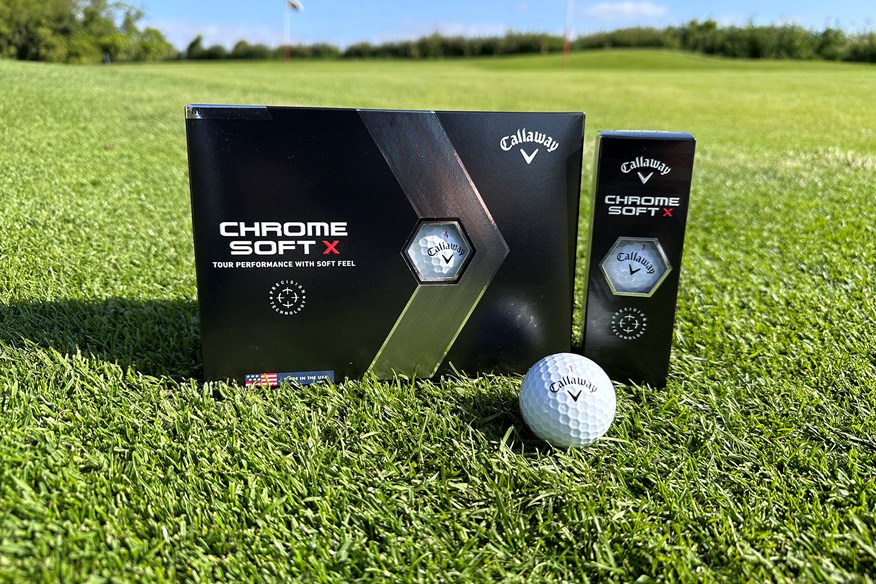

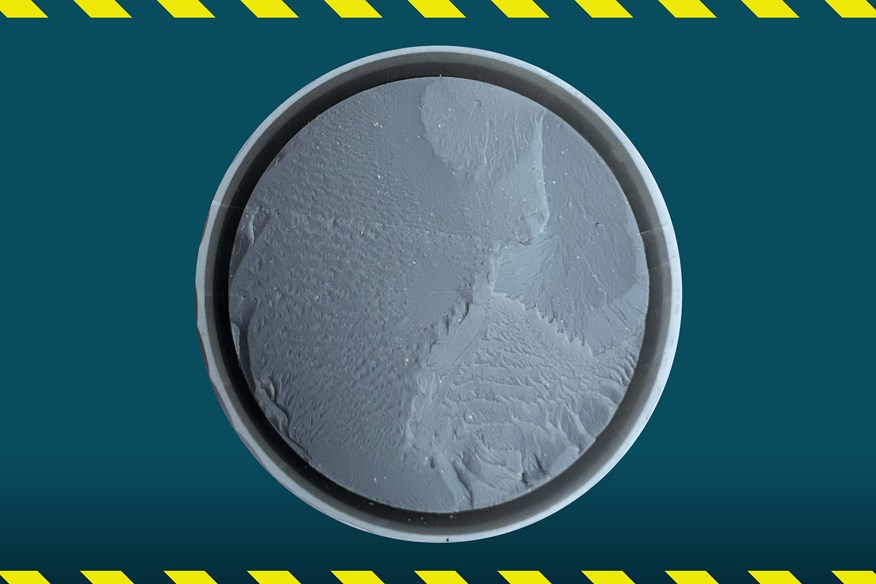
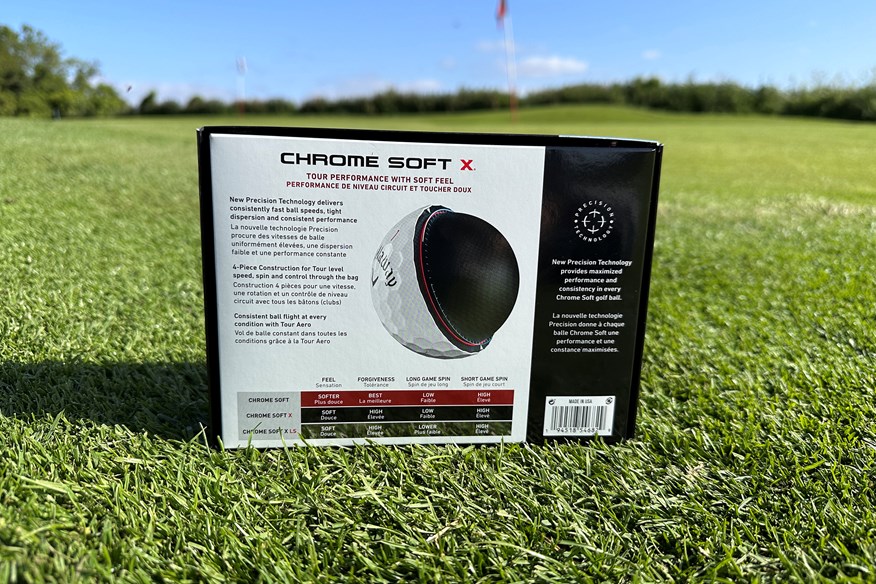
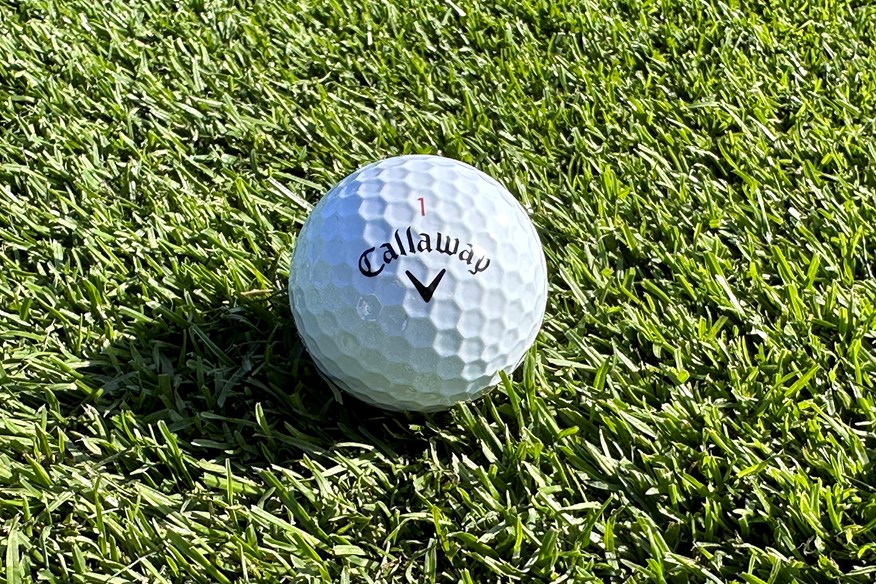
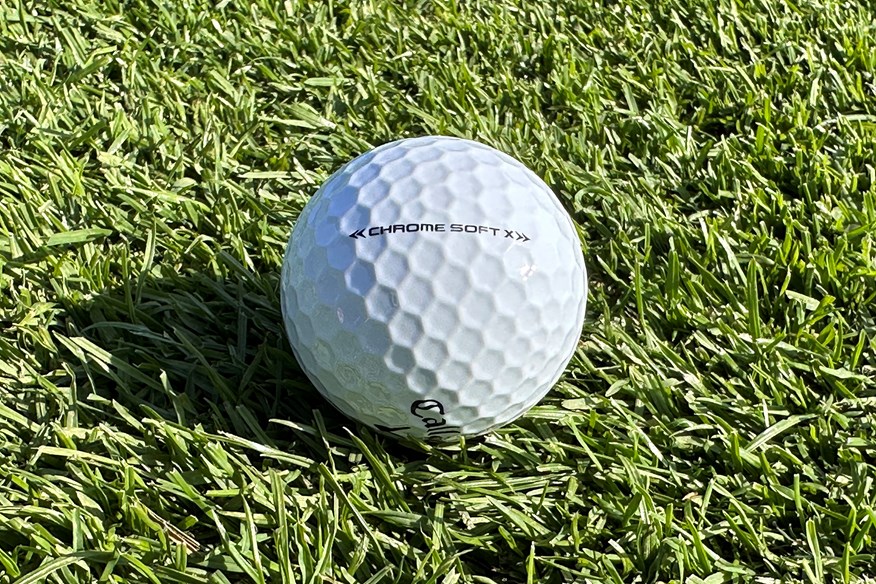
Expect a slightly lower, more penetrating flight than the standard Chrome Soft, along with a more workable/shapeable nature.
Callaway’s highest tour-level wedge spin ball whether you’re hitting full shots or from the greenside. X gives a firmer feel than the standard Chrome Soft.
| Construction | Four-piece |
| Cover | Urethane |
| Dimples | 332 |
| Compression | 100 |
| Feel | Medium |
| Flight | High |
| Colors | White; Yellow |
| Alternative Models | 360º Triple Track; Triple Track; Tru Track; Truvis |
- Precision technology
- Construction optimization
- Hyper elastic softfast core
- New tour aero
Robot golf balls test data and verdict – Callaway Chrome Soft X
| Driver 85mph Swing | Callaway Chrome Soft X |
| Ball speed (mph) / Launch angle (º) | 123.6 / 13.4 |
| Backspin (rpm) | 2,942 |
| Carry (yards) | 192.3 |
| Driver 100mph Swing | |
| Ball speed (mph) / Launch angle (º) | 145.9 / 12.1 |
| Backspin (rpm) | 2,774 |
| Carry (yards) | 241.6 |
| Driver 115mph Swing | |
| Ball speed (mph) / Launch angle (º) | 167.8 / 10.6 |
| Backspin (rpm) | 2,119 |
| Carry (yards) | 294.9 |
| 7-Iron | |
| Ball speed (mph) / Launch angle (º) | 106.4 / 21 |
| Backspin (rpm) | 5,907 |
| Height (feet) | 87.7 |
| Descent angle (º) | 46.5 |
| Carry (yards) | 146.6 |
| Wedge | |
| Backspin (rpm) | 7,967 |
| Shot area (sq yds) | 20.3 |
| Carry (yards) | 105.3 |
| Average shot area | |
| Averaged over driver, 7-iron and PW | 28yds sq |
Robot golf balls test verdict: The X fills massive shoes as Callaway’s most-played tour ball. And we’ve seen from Ping’s Ballnamic software how the model stacks up admirably across the board. Our results support Ping’s findings.
The ball ranked among our three fastest across all three driver speeds. It produced 465rpm more 7-iron spin and 390rpm more wedge spin than our test averages. And when we throw in a 10.3% tighter shot area than the test average, you quickly see you have a top-performing tour-level ball on your hands if you opt for the X.
If you’re stuck between the X and X LS, the lower spinning LS cut driver spin at 115mph by 77rpm, which rose to 571rpm with a 7-iron and 559rpm with a wedge, so make sure you have enough speed to stop it quickly on the dancefloor.
Read our full Callaway Chrome Soft X golf ball review.
Among the top three for 115mph driver swing carry distance
£4.17 per ball / 0.21p per yard (based on RRP)
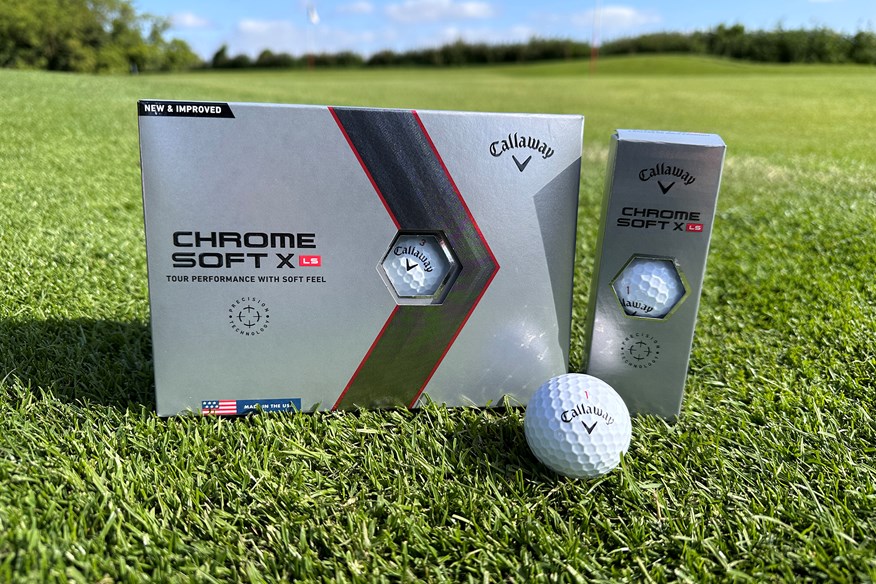

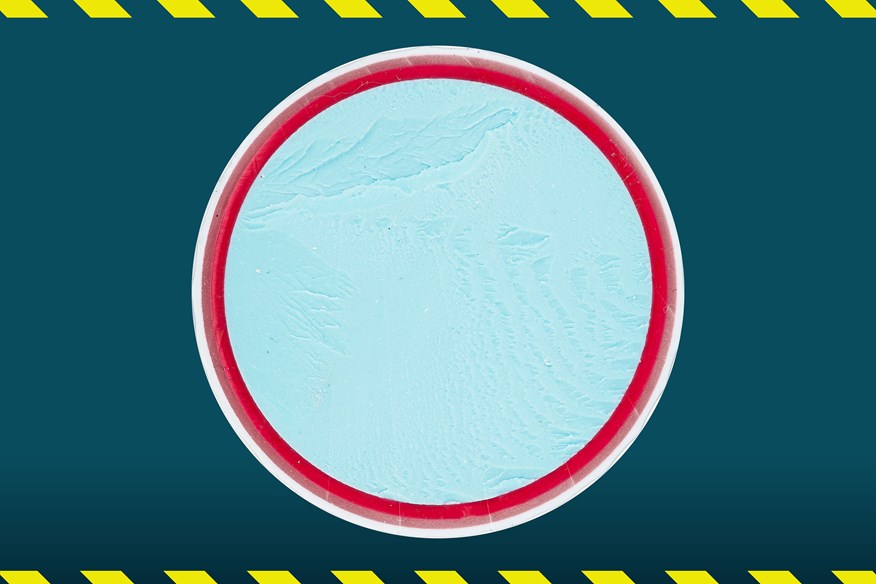
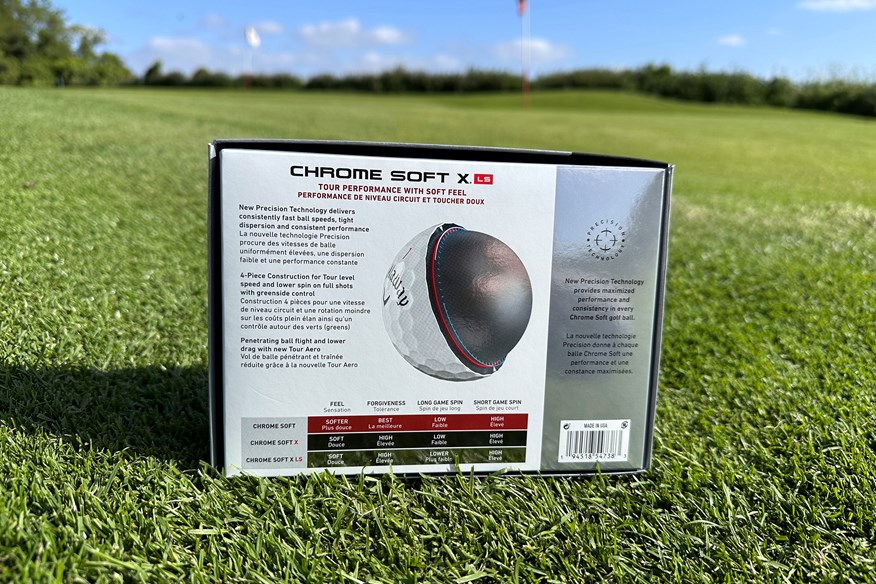
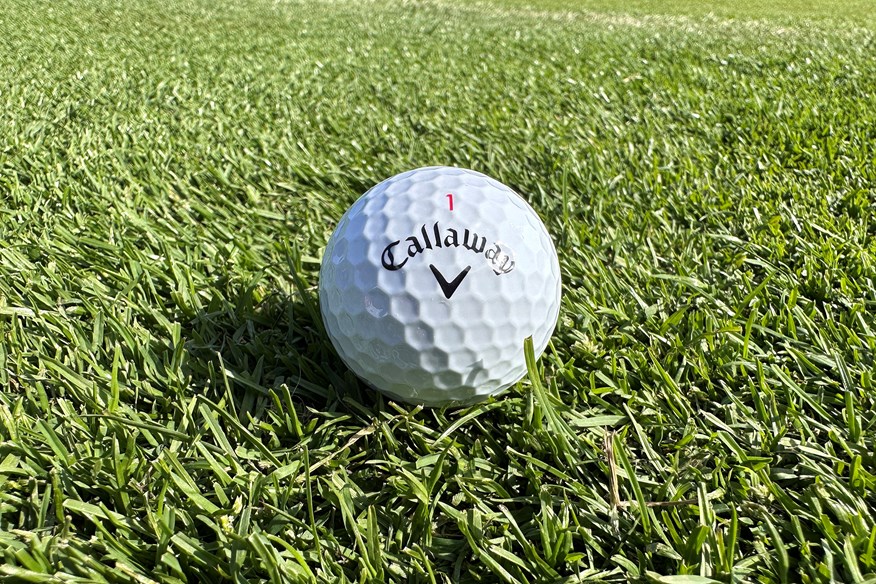
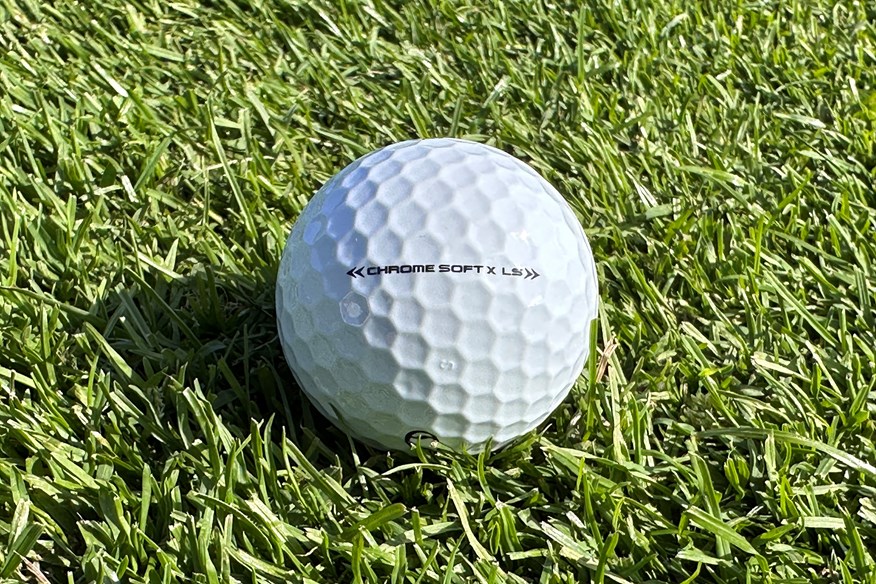
For the extra speed and distance, you’ll need to accept a slightly firmer feel and trade off a little wedges spin on both full shots and greenside.
| Construction | Four-piece |
| Cover | Urethane |
| Dimples | 332 |
| "utf-8">Compression | |
| Feel | Medium |
| Flight | Higher |
| Colors | White; Yellow |
| Alternative models | 360º Triple Track; Triple Track; Tru Track; Truvis |
Robot golf balls test data and verdict – Callaway Chrome Soft X LS
| Driver 85mph Swing | Callaway Chrome Soft X LS |
| Ball speed (mph) / Launch angle (º) | 123.3 / 13.4 |
| Backspin (rpm) | 2,742 |
| Carry (yards) | 193.1 |
| Driver 100mph Swing | |
| Ball speed (mph) / Launch angle (º) | 145.3 / 12.3 |
| Backspin (rpm) | 2,595 |
| Carry (yards) | 242.7 |
| Driver 115mph Swing | |
| Ball speed (mph) / Launch angle (º) | 167.2 / 10.9 |
| Backspin (rpm) | 2,042 |
| Carry (yards) | 295.1 |
| 7-Iron | |
| Ball speed (mph) / Launch angle (º) | 106 / 21.6 |
| Backspin (rpm) | 5,336 |
| Height (feet) | 88.7 |
| Descent angle (º) | 46.4 |
| Carry (yards) | 147.9 |
| Wedge | |
| Backspin (rpm) | 7,408 |
| Shot area (sq yds) | 15.2 |
| Carry (yards) | 104.8 |
| Average shot area | |
| Averaged over driver, 7-iron and PW | 30.2yds sq |
Robot golf balls test verdict: Callaway reckon the X LS is brilliant for hitting long, straight bombs, and our data at least half supports that claim. At 115mph it was the third longest driver ball, and just 132rpm away from being our lowest spinning model.
However, when we look at accuracy, it was above average for shot area from the situations it was designed to be used within (so, not the 85mph and 100mph speeds).
If cutting spin is your priority, of the four four-piece tour balls on the test, the X LS span least with driver at 100 and 115mph, and with the 7-iron and wedge.
Read our full Callaway Chrome Soft X LS golf ball review.
Longest driver carry at 100mph swing; 2nd longest with 7-iron
£3.67 per ball/ 0.18p per yard (based on RRP)
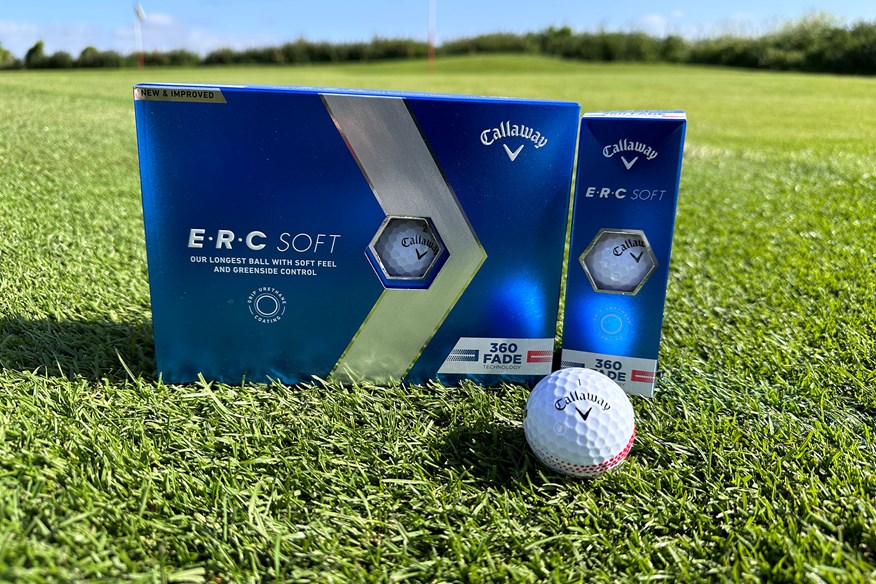

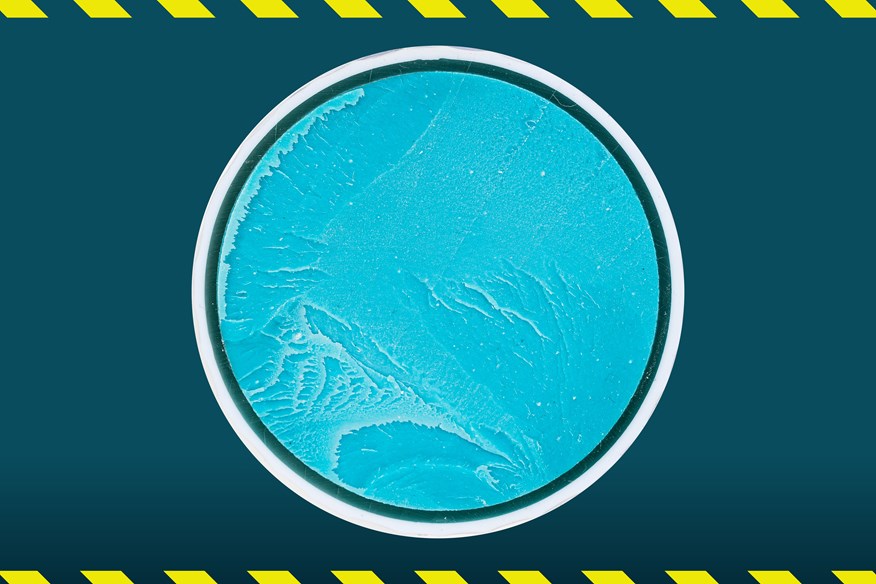
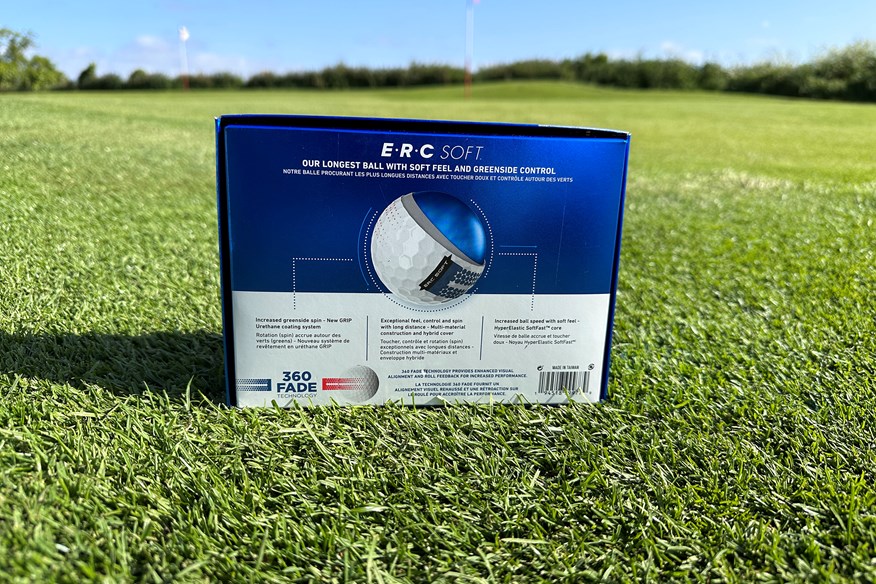
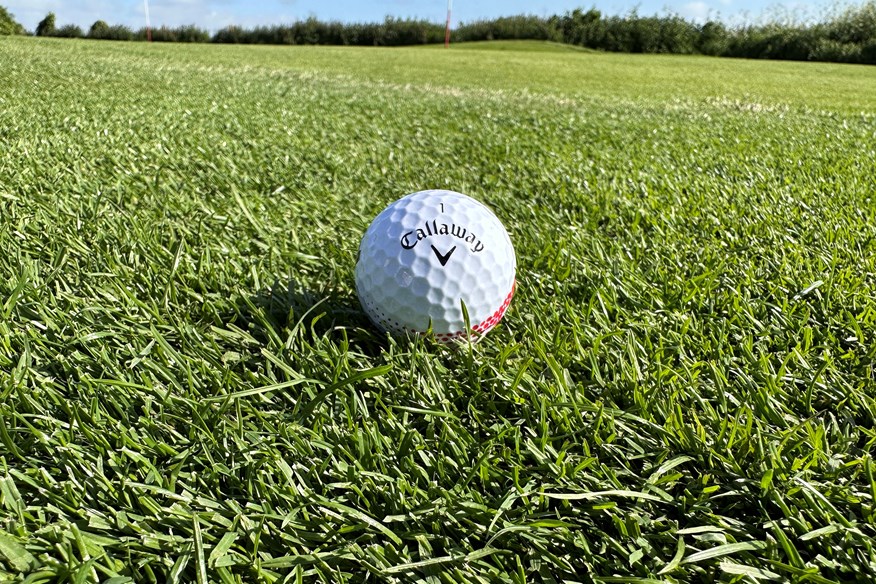
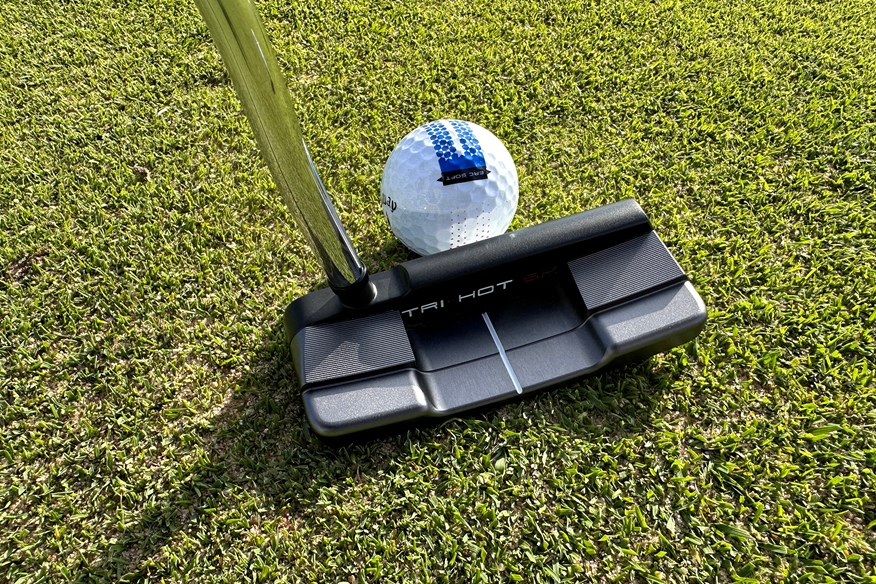
You don’t get a urethane cover, so expect less wedge spin than in the Chrome Softs, but, as the name suggests, it is soft. And the new 360° Fade alignment pattern works well.
| Construction | Three-piece |
| Cover | Hybrid |
| Dimples | 332 |
| Compression | 70 |
| Feel | Soft |
| Flight | High |
| Colors | White; Yellow |
| Alternative Models | Triple Track |
- New GRIP urethane coating
- New HyperElastic SoftFast core
- Hybrid cover
- High speed mantle
- ERC Soft 360º Fade
Robot golf balls test data and verdict – Callaway ERC Soft
| Driver 85mph Swing | Callaway ERC Soft |
| Ball speed (mph) / Launch angle (º) | 122.9 / 13.8 |
| Backspin (rpm) | 2,549 |
| Carry (yards) | 194 |
| Driver 100mph Swing | |
| Ball speed (mph) / Launch angle (º) | 144.7 / 12.5 |
| Backspin (rpm) | 2,397 |
| Carry (yards) | 244.2 |
| Driver 115mph Swing | |
| Ball speed (mph) / Launch angle (º) | 166 / 11 |
| Backspin (rpm) | 1,986 |
| Carry (yards) | 293.6 |
| 7-Iron | |
| Ball speed (mph) / Launch angle (º) | 105.9 / 22.3 |
| Backspin (rpm) | 4,746 |
| Height (feet) | 91.2 |
| Descent angle (º) | 46.5 |
| Carry (yards) | 150.1 |
| Wedge | |
| Backspin (rpm) | 7,903 |
| Shot area (sq yds) | 15.5 |
| Carry (yards) | 104.9 |
| Average shot area | |
| Averaged over driver, 7-iron, and PW | 28.4yds sq |
Robot golf balls test verdict: This is a cheeky offering that irks some brands, as they believe its hybrid cover is different from the models it’s most often put up against. However, the ERC is a three-piece golf ball and it’s aimed at club golfers like you.
A fourth, first, and second longest performance at 85mph/100mph driver speeds and 7-iron respectively says everything you need to know about the ball’s distance credentials.
Just be aware the model is low spin, which means giving up around 200rpm at 85-100mph with a driver, and 696rpm/326rpm with a 7-iron and wedge, versus our test averages.
The model was our lowest iron spin ball within the three-piece club golfer category, but it wasn’t our lowest spinning wedge ball, but if offers a decent blend of both distance and wedge control.
Impressively the ERC was our most accurate 7-iron ball with an impossibly tiny 2.7yds sq, which helped it beat our test average from all five situations by 9%. But, if accuracy is your number one requirement the Wilson Triad (which targets a similar golfer) gave a tighter dispersion by 11.2yds sq.
Read our full Callaway ERC Soft golf ball review.
Longest driver carry at 85mph; third-longest with 7-iron
£2.42 per ball / 0.12p per yard (based on RRP)
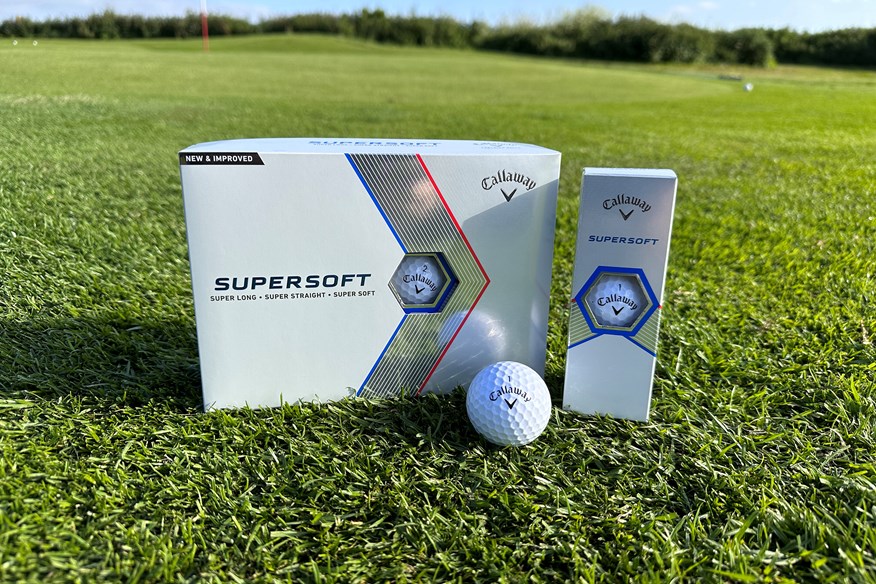

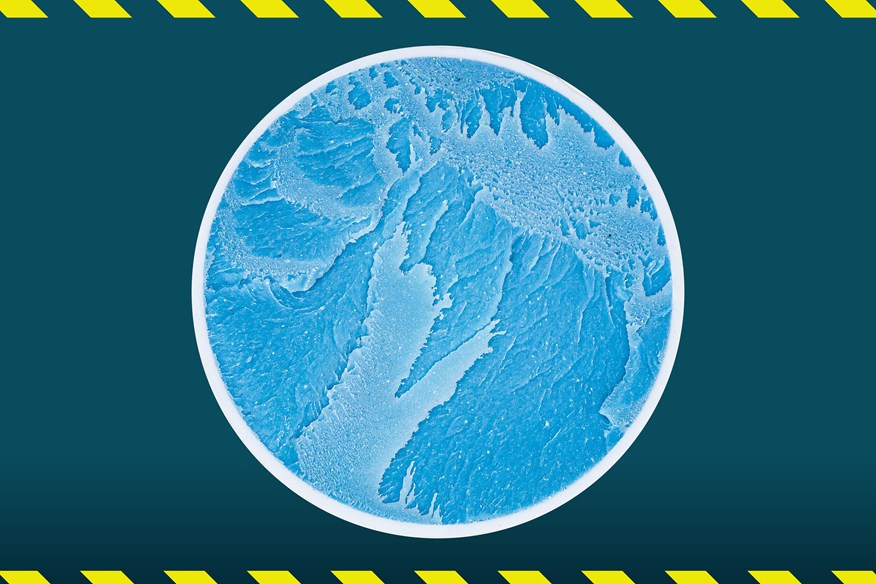
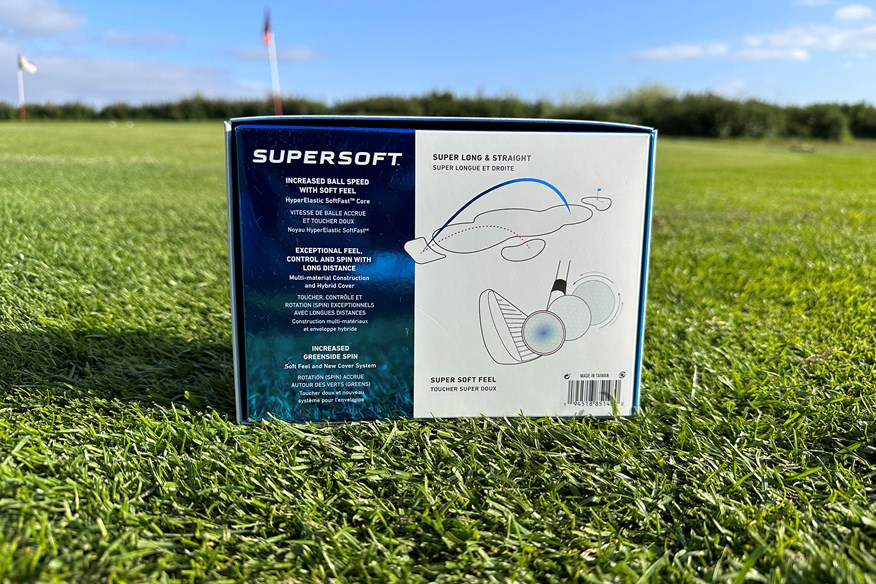
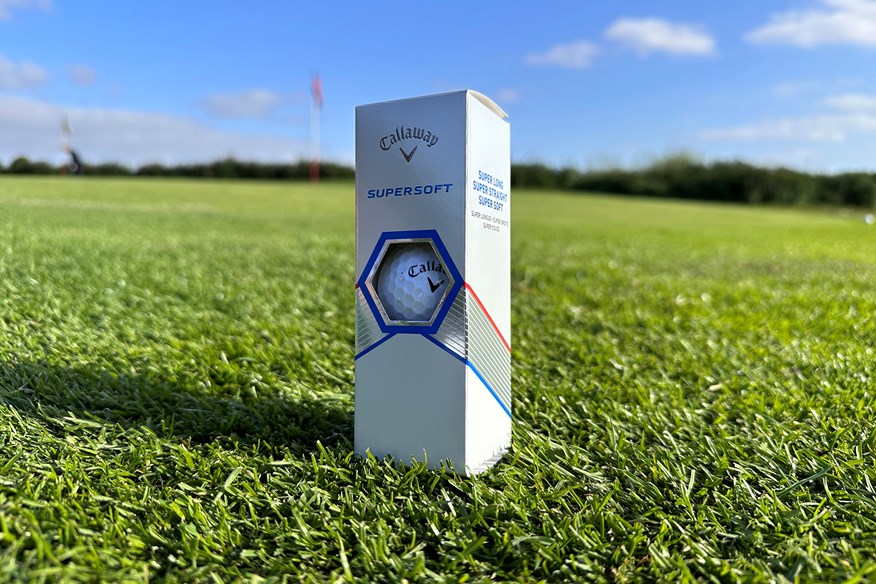

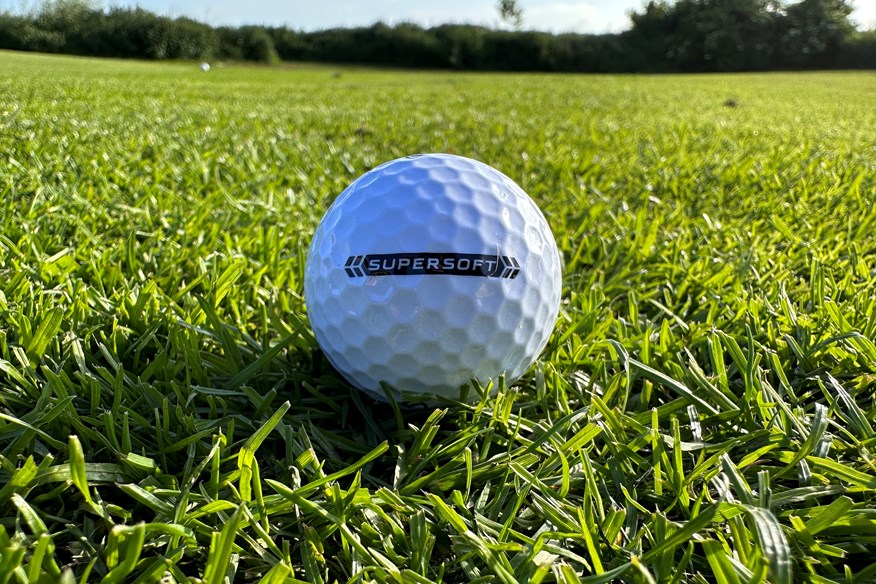
We tested the standard size model in white, but it is available in six vivid colors and an oversized Max version, which is good for players looking for a confidence boost.
| Construction | Two-piece |
| Cover | Hybrid |
| Dimples | 332 |
| Compression | 38 |
| Feel | Super soft |
| Flight | High |
| Colors | White; Yellow; Matte green; Matte red; Matte orange; Matte pink |
| Alternative models | Supersoft Shamrock; Supersoft Taco |
- Hyperelastic softfast core
- Hybrid cover
- Hex aerodynamics
Robot golf balls test data and verdict – Callaway Supersoft
| Driver 85mph Swing | Callaway Supersoft |
| Ball speed (mph) / Launch angle (º) | 122.4 / 14.1 |
| Backspin (rpm) | 2,280 |
| Carry (yards) | 195 |
| Driver 100mph Swing | |
| Ball speed (mph) / Launch angle (º) | 142.8 / 12.7 |
| Backspin (rpm) | 2,284 |
| Carry (yards) | 241.4 |
| Driver 115mph Swing | |
| Ball speed (mph) / Launch angle (º) | 162.7 / 11.5 |
| Backspin (rpm) | 1,910 |
| Carry (yards) | 287.8 |
| 7-Iron | |
| Ball speed (mph) / Launch angle (º) | 105.8 / 22.4 |
| Backspin (rpm) | 4,792 |
| Height (feet) | 91.4 |
| Descent angle (º) | 46.6 |
| Carry (yards) | 149.8 |
| Wedge | |
| Backspin (rpm) | 7,129 |
| Shot area (sq yds) | 14.8 |
| Carry (yards) | 106.1 |
| Average shot area | |
| Averaged over driver, 7-iron, and PW | 37yds sq |
Robot golf balls test verdict: Based on this performance and the price we can see why the Supersoft has proved such a big hit. Our lowest spin ball at the 85mph and 115mph driver speeds, and it just missed out on the same crown in the 100mph category. Just remember this is a low-spin ball, which isn’t always the best option if you have issues flighting shots high enough to maximize carry distance at lesser speeds.
With the 7-iron it was the third longest, but it produced 650rpm and 448rpm less backspin with the iron and wedge than average, so bear in mind it might not stop quite as quickly as a Wilson Duo Soft or Srixon AD333.
Read our full Callaway Supersoft golf ball review.
Jump to a brand: Bridgestone | Callaway | Kirkland | Maxfli | Pinnacle | PXG | Srixon | TaylorMade | Titleist | Wilson
Robot golf balls test: Kirkland
More accurate and higher spin than budget rivals
Major retailers like Costco (who own Kirkland Signature) have jumped on board, too. The three-piece urethane Kirkland is tagged as a high-performance ball for recreational or competitive play and is the cheapest ball in the robot balls test.
| Construction | Three-piece |
| Cover | Urethane |
| Dimples | 338 |
| Compression | 95 |
| Feel | Soft |
| Flight | High |
| Colors | White |
- Increased core size
- Mantle with new proprietary core
- New proprietary TPU with improved scuff resistance and impact endurance
- Modified dimple depth for optimized flight height
Robot golf balls test data and verdict – Kirkland Signature Performance+
| Driver 85mph Swing | |
| Ball speed (mph) / Launch angle (º) | 123.1 / 13.1 |
| Backspin (rpm) | 2,998 |
| Carry (yards) | 190.3 |
| Driver 100mph Swing | |
| Ball speed (mph) / Launch angle (º) | 144.9 / 12 |
| Backspin (rpm) | 2,904 |
| Carry (yards) | 237.9 |
| Driver 115mph Swing | |
| Ball speed (mph) / Launch angle (º) | 166.3 / 10.5 |
| Backspin (rpm) | 2,307 |
| Carry (yards) | 289.8 |
| 7-Iron | |
| Ball speed (mph) / Launch angle (º) | 105.7 / 20.7 |
| Backspin (rpm) | 6,176 |
| Height (feet) | 85.3 |
| Descent angle (º) | 46.2 |
| Carry (yards) | 144.7 |
| Wedge | |
| Backspin (rpm) | 7,985 |
| Shot area (sq yds) | 6.8 |
| Carry (yards) | 104.4 |
| Average shot area | |
| Averaged over driver, 7-iron, and PW | 21yds sq |
Robot golf balls test verdict: So much has been said about Kirkland Signature balls since Costco entered the market, but this test highlights how the model performs against the very best. Make no mistake, the Kirkland is a very high-spin golf ball, which means the model is either shortest or joint shortest at 85mph/100mph with a driver, and 7-iron, so this model is likely to be less useful for higher-speed players.
However, that same high spin DNA means the model is also our second-highest spinning ball with a 7-iron and fourth-highest spinning with a wedge, traits that could prove useful possibly as an alternative to golfers who play two-piece golf balls. Incredibly with an average of just 21yds sq the Kirkland is also our third most accurate golf ball. These are results we couldn’t have predicted prior to testing.
So, if you’ve tried two-piece balls and found them to be too hard or too low spin, so long as you’re willing to put 7.9 yards of carry distance on the line (averaged across the 85mph and 100mph driver speeds and with a 7-iron) versus the Srixon AD333 (11p per yard), or 12.5 yards versus the Wilson Duo Soft (10p per yard) you can completely out spin them with an iron and wedge, whilst also being more accurate.
Hopefully, that should be food for thought for golfers who usually buy predominantly on budget, and those whose number one focus isn’t just speed and distance.
Read our full Kirkland Signature Perfomance + golf ball review.
Jump to a brand: Bridgestone | Callaway | Kirkland | Maxfli | Pinnacle | PXG | Srixon | TaylorMade | Titleist | Wilson
Robot golf balls test: Maxfli
A seriously impressive performer and great value
| Construction | Three-piece |
| Cover | Urethane |
| Dimples | 318 |
| Compression | 85 |
| Feel | Softer |
| Flight | Mid |
| Colors | White; Yellow |
- Center of gravity balanced
- Soft cast urethane
- Tetrahedron dimple pattern
- Fast core
- High-speed mantle
Robot golf balls test data and verdict – Maxfli Tour
| Driver 85mph Swing | Maxfli Tour |
| Ball speed (mph) / Launch angle (º) | 123.5 / 13.5 |
| Backspin (rpm) | 2,723 |
| Carry (yards) | 193.6 |
| Driver 100mph Swing | |
| Ball speed (mph) / Launch angle (º) | 145.4 / 12.3 |
| Backspin (rpm) | 2,617 |
| Carry (yards) | 243.1 |
| Driver 115mph Swing | |
| Ball speed (mph) / Launch angle (º) | 166.7 / 11 |
| Backspin (rpm) | 2,101 |
| Carry (yards) | 293.8 |
| 7-Iron | |
| Ball speed (mph) / Launch angle (º) | 106.5 / 21.6 |
| Backspin (rpm) | 5,429 |
| Height (feet) | 89.7 |
| Descent angle (º) | 46.6 |
| Carry (yards) | 148.5 |
| Wedge | |
| Backspin (rpm) | 7,238 |
| Shot area (sq yds) | 20.6 |
| Carry (yards) | 107 |
| Average shot area | |
| Averaged over driver, 7-iron, and PW | 35.4yds sq |
Robot golf balls test verdict: Balls such as the Maxfli Tour have upset the apple cart for the big brands over the past half-decade. And we can see why. The Tour ranked fifth, second and joint sixth longest across the 85/100/115mph speeds while being bang on average for spin and distance with the 7-iron.
OK, with a wedge it fell 339rpm against our test average, and overall there was a 4.2sq yd bigger shot area. But for significantly less money than a Pro V1, for many players, they won’t be deal breakers. If you can get your hands on some, the Maxflis are well worth trying.
Read our full Maxfli Tour golf balls review.
Superb performance from the fastest and longest ball on test
$3.33 per ball / 0.13¢ per yard (based on RRP)
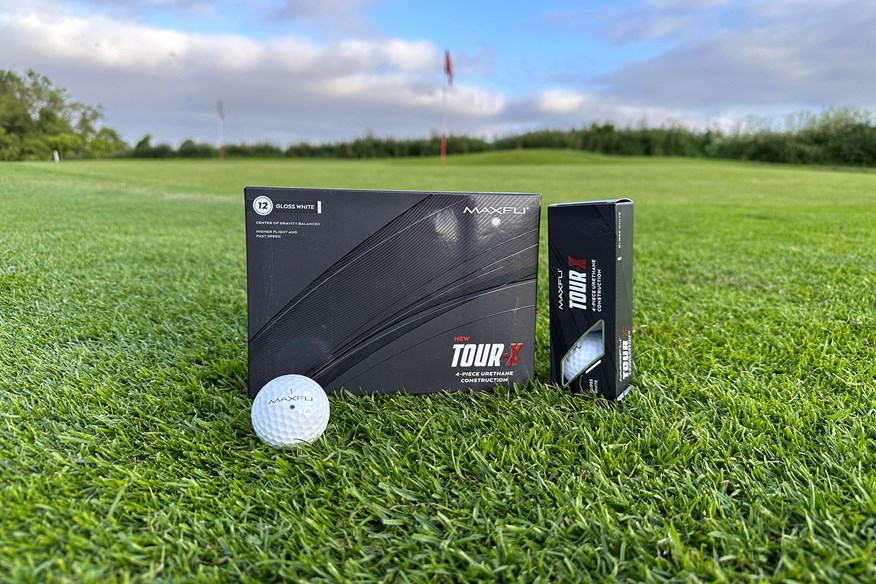

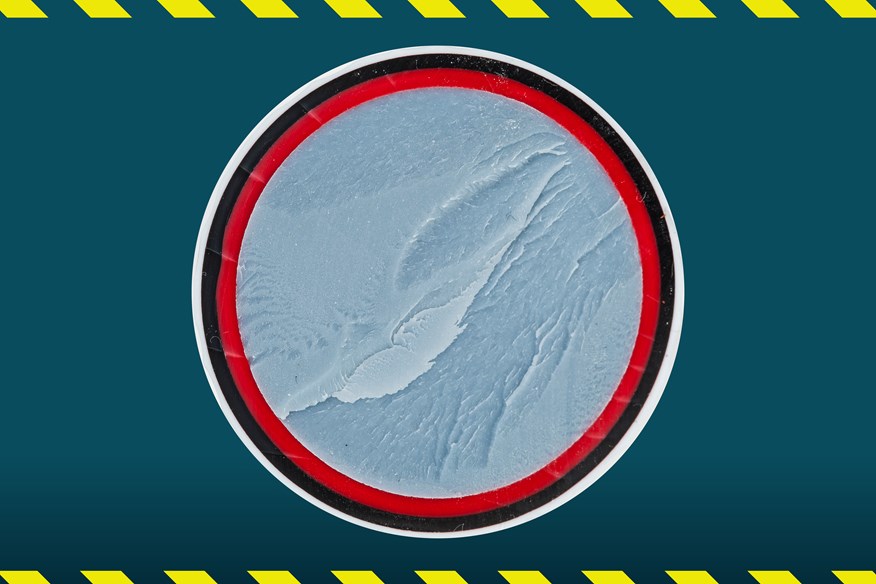
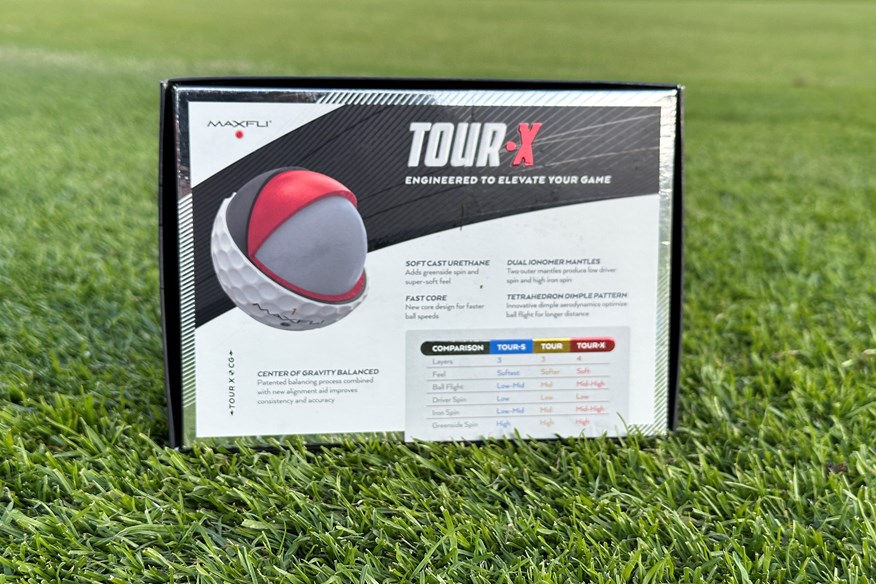
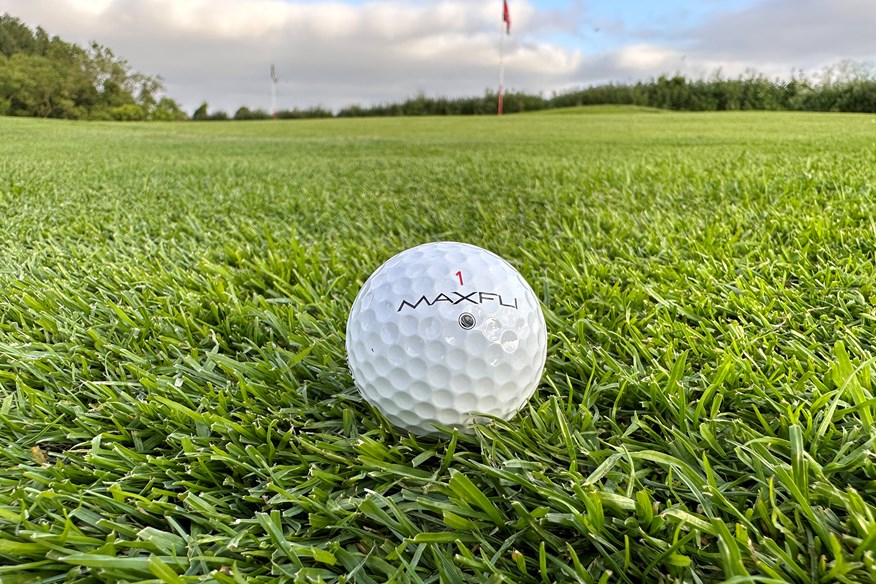
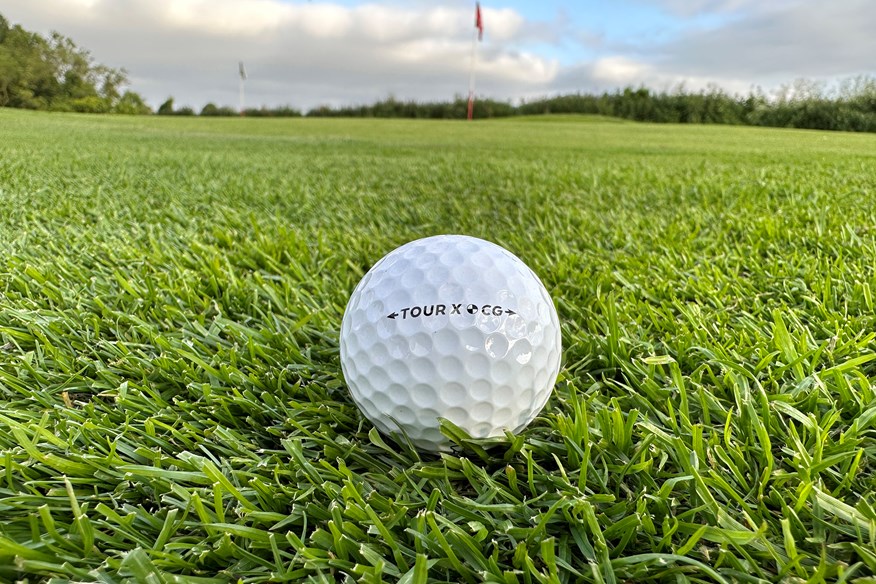
| Construction | Four-piece |
| Cover | Urethane |
| Dimples | 318 |
| Compression | 100 |
| Feel | Soft |
| Flight | Mid-High |
| Colors | White; Yellow |
- Center of gravity balanced
- Soft cast urethane
- Tetrahedron dimple pattern
- Fast core
- High-speed mantle
Robot golf balls test data and verdict – Maxfli Tour
| Driver 85mph Swing | Maxfli Tour X |
| Ball speed (mph) / Launch angle (º) | 123.7 / 13.4 |
| Backspin (rpm) | 2,961 |
| Carry (yards) | 192.4 |
| Driver 100mph Swing | |
| Ball speed (mph) / Launch angle (º) | 146 / 12.2 |
| Backspin (rpm) | 2,713 |
| Carry (yards) | 243 |
| Driver 115mph Swing | |
| Ball speed (mph) / Launch angle (º) | 168.1 / 10.9 |
| Backspin (rpm) | 2,084 |
| Carry (yards) | 296.8 |
| 7-Iron | |
| Ball speed (mph) / Launch angle (º) | 106.3 / 21.3 |
| Backspin (rpm) | 5,726 |
| Height (feet) | 88.5 |
| Descent angle (º) | 46.6 |
| Carry (yards) | 147.1 |
| Wedge | |
| Backspin (rpm) | 7,787 |
| Shot area (sq yds) | 13 |
| Carry (yards) | 106 |
| Average shot area | |
| Averaged over driver, 7-iron and PW | 23yds sq |
Robot golf balls test verdict: We included the Maxflis in this test as we’d seen how often they cropped up while trawling Ping’s Ballnamic golf ball selector. And based on this evidence we’re glad they didn’t miss out.
At 115mph with the driver, the Tour X produced both our fastest ball speed and longest carries on test (it was also second longest at 100mph and second fastest at 85mph), which is seriously impressive for the price.
Apart from spinning 284rpm more with the 7-iron, and 210rpm with a wedge, the model was bang on our test averages, too.
Compared to the Pro V1x the Tour X is 6.5 yards longer (averaged over 100/115mph driver speed, and 7-iron), but it does though give up a smidge 3.7% of spin with a 7-iron, and 1.6% with a wedge. Our data also has the model down as producing a 12.8yds sq tighter shot area, which is seriously impressive.
Read our full Maxfli Tour X golf balls review.
Jump to a brand: Bridgestone | Callaway | Kirkland | Maxfli | Pinnacle | PXG | Srixon | TaylorMade | Titleist | Wilson
Robot golf balls test: Pinnacle
Pinnacle Rush golf ball
Consistent performer is among the best budget balls
Incredibly this two-piece, ionomer-covered ball is more expensive than the urethane Kirkland Signature, as golfers would expect the two construction types to be light years apart in terms of feel, performance, and price.
| Construction | Two-piece |
| Cover | Ionomer |
| Dimples | 332 |
| Compression | Low |
| Feel | Soft |
| Flight | High |
| Colors | White; Yellow |
- High-energy core
- Icosahedral dimple design
Robot golf balls test data and verdict – Pinnacle Rush
| Driver 85mph Swing | |
| Ball speed (mph) / Launch angle (º) | 122.8 / 13.6 |
| Backspin (rpm) | 2,610 |
| Carry (yards) | 192.9 |
| Driver 100mph Swing | |
| Ball speed (mph) / Launch angle (º) | 144 / 12.6 |
| Backspin (rpm) | 2,413 |
| Carry (yards) | 242.6 |
| Driver 115mph Swing | |
| Ball speed (mph) / Launch angle (º) | 164.7 / 11.1 |
| Backspin (rpm) | 1,999 |
| Carry (yards) | 291.2 |
| 7-Iron | |
| Ball speed (mph) / Launch angle (º) | 105.6 / 22.2 |
| Backspin (rpm) | 4,893 |
| Height (feet) | 89.8 |
| Descent angle (º) | 46.3 |
| Carry (yards) | 148.9 |
| Wedge | |
| Backspin (rpm) | 7,925 |
| Shot area (sq yds) | 8.4 |
| Carry (yards) | 104.6 |
| Average shot area | |
| Averaged over driver, 7-iron and PW | 28yds sq |
Robot golf balls test data and verdict – Pinnacle Rush
Robot golf balls test verdict: Pinnacle fans could easily make a case for the model to be crowned the best two-piece ball tested. Within that category, it produced the third longest distance (averaged over 85/100mph drivers and 7-iron), second highest iron spin, highest wedge spin (which was seventh highest among all the balls tested) and second tightest overall shot area, which is all highly impressive.
Just bear in mind its spin numbers are a fraction low, so if your swing speed is average or below, it won’t make it any easier to launch the Rush high, or get it to stop.
Read our full Pinnacle Rush golf balls review.
Jump to a brand: Bridgestone | Callaway | Kirkland | Maxfli | Pinnacle | PXG | Srixon | TaylorMade | Titleist | Wilson
Robot golf ball test: PXG
Impressive spin performance makes up for distance drop-off
£3.33 per ball / 0.17p per yard (based on RRP)
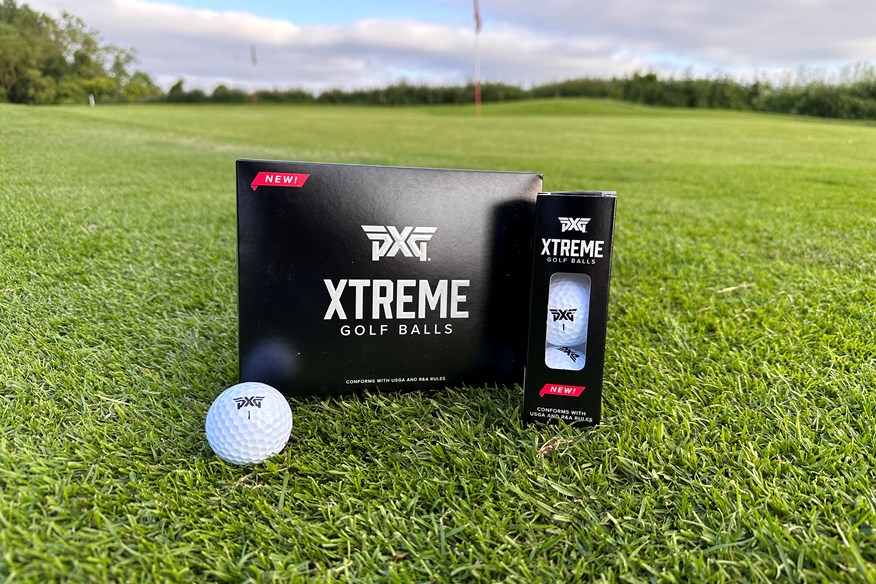

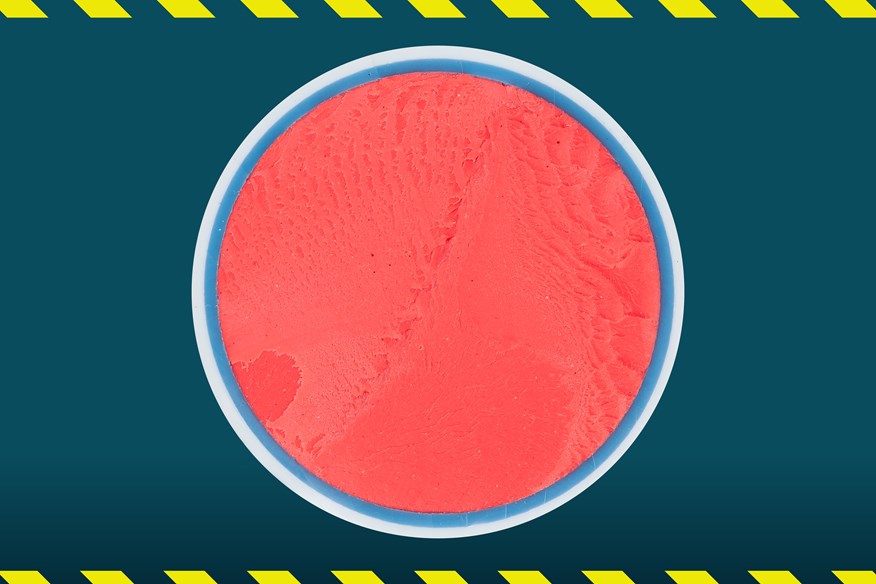
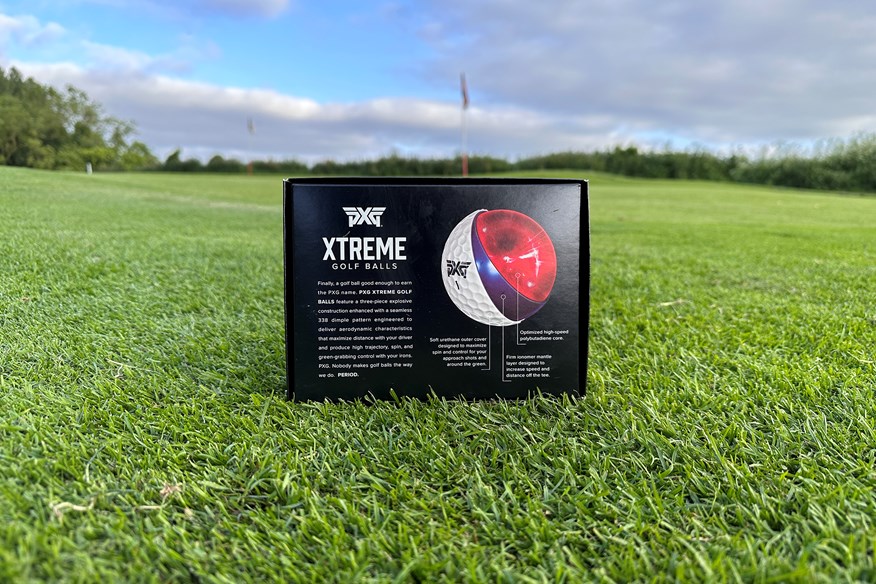
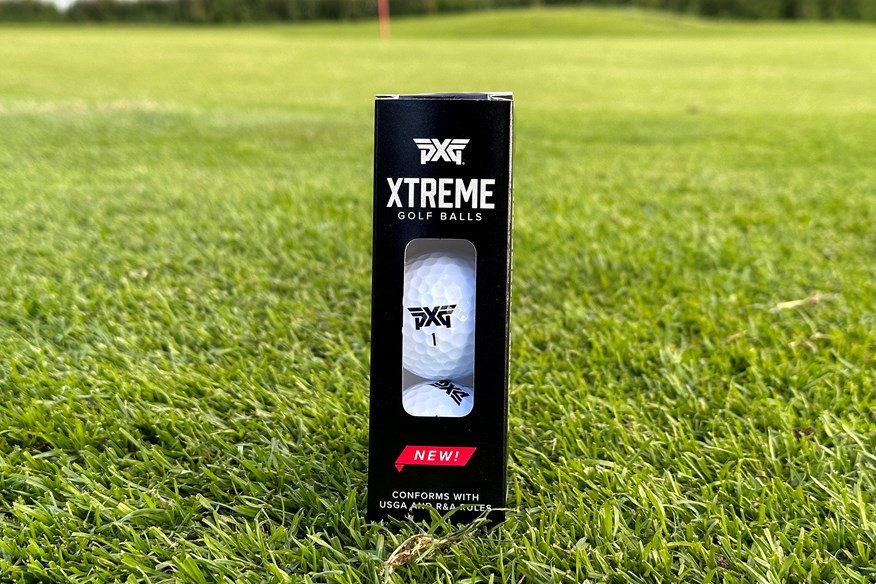
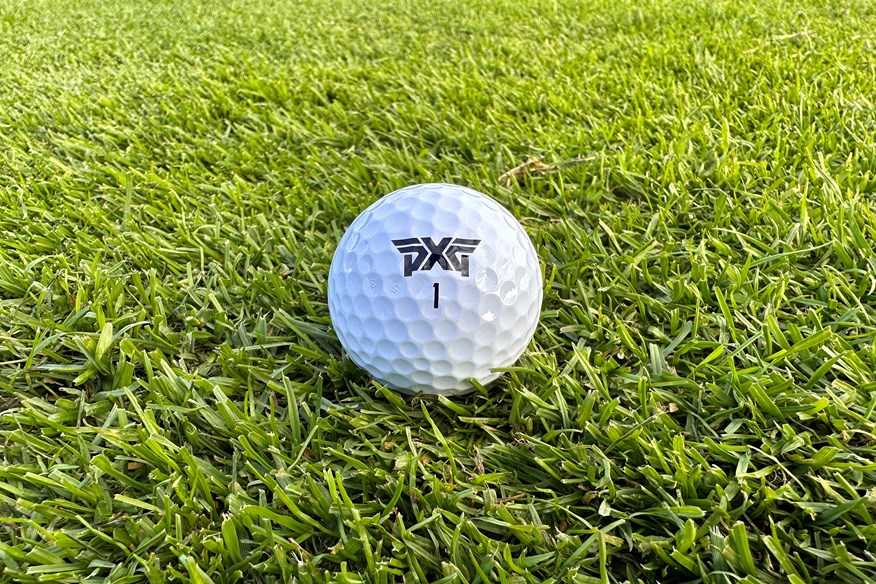
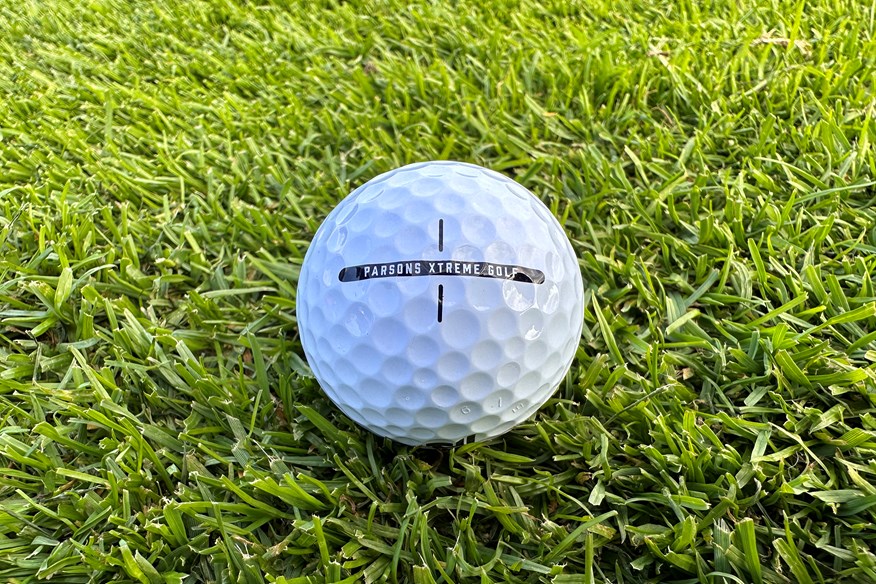
| Construction | Three-piece |
| Cover | Urethane |
| Dimples | 338 |
| Compression | 97 |
| Feel | Soft |
| Flight | Mid-High |
| Colors | White |
- High C.O.R. polybutadiene core created for high-speed performance
- Firm ionomer mantle layer engineered to increase speed and distance off the tee
- Soft urethane bright white outer cover
- 338 dimple pattern engineered to deliver aerodynamic characteristics
Robot golf balls test data and verdict – PXG Xtreme
| Driver 85mph Swing | PXG Xtreme |
| Ball speed (mph) / Launch angle (º) | 123.6 / 13.2 |
| Backspin (rpm) | 2,975 |
| Carry (yards) | 191.5 |
| Driver 100mph Swing | |
| Ball speed (mph) / Launch angle (º) | 145.6 / 12 |
| Backspin (rpm) | 2,925 |
| Carry (yards) | 239 |
| Driver 115mph Swing | |
| Ball speed (mph) / Launch angle (º) | 167.3 / 10.6 |
| Backspin (rpm) | 2,255 |
| Carry (yards) | 292.7 |
| 7-Iron | |
| Ball speed (mph) / Launch angle (º) | 105.8 / 21 |
| Backspin (rpm) | 6,245 |
| Height (feet) | 86.1 |
| Descent angle (º) | 46.4 |
| Carry (yards) | 144.7 |
| Wedge | |
| Backspin (rpm) | 8,183 |
| Shot area (sq yds) | 5.3 |
| Carry (yards) | 105 |
| Average shot area | |
| Averaged over driver, 7-iron and PW | 30.5yds sq |
Robot golf balls test verdict: The PXG Xtreme launched with plenty of noise, as the brand’s first entry into the ball market. PXG wanted to simplify the ball buying process, so one ball fits all, and they wanted it to sit somewhere between the Pro V1 and Pro V1x. Our numbers don’t quite support their thinking, but being our highest spinning ball with a wedge, 7-iron and at 100mph driver speed says this model will apply the brakes right alongside the best of them. It might struggle to maximize your full distance potential, though.
Compared to a Pro V1 at three driver speeds and with a 7-iron the Xtreme gave up 6.6 yards, but generated 514rpm more iron spin and 558rpm more wedge stopping power. Throw in a 10-square-yard tighter shot area, and the model goes down as a spinny and accurate ball, that’s not quite the fastest or longest.
The story is pretty similar versus the Pro V1x. Where the Xtreme gives up 3.7 yards of carry distance (with driver at three speeds and a 7-iron) but out-spins the Titleist with a 7-iron and wedge to the tune of 297rpm and 271rpm. Our data also has it being 5.3 sq yards more accurate too.
Read our full PXG Xtreme golf balls review.
Jump to a brand: Bridgestone | Callaway | Kirkland | Maxfli | Pinnacle | PXG | Srixon | TaylorMade | Titleist | Wilson
Robot golf balls test: Srixon
Top two for accuracy with a wedge
£4 per ball / 0.20p per yard (based on RRP)
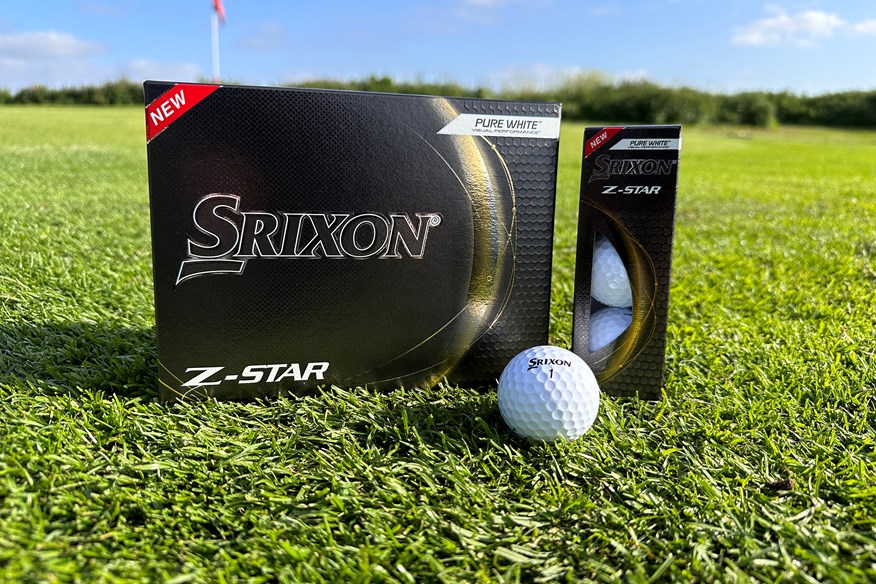

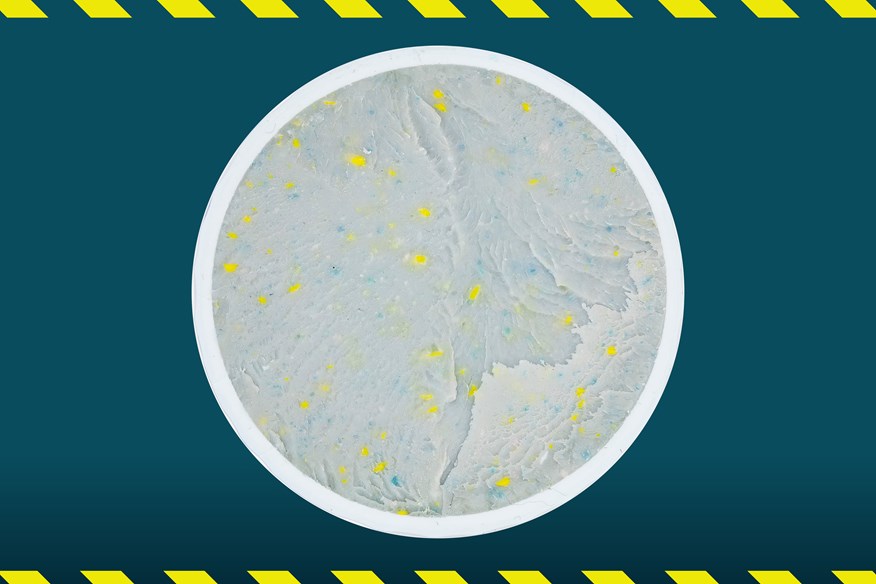
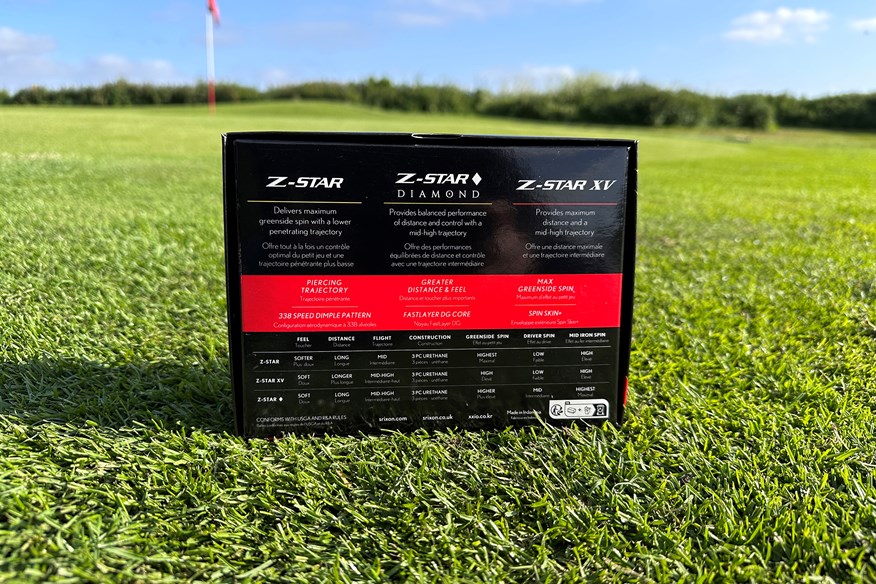
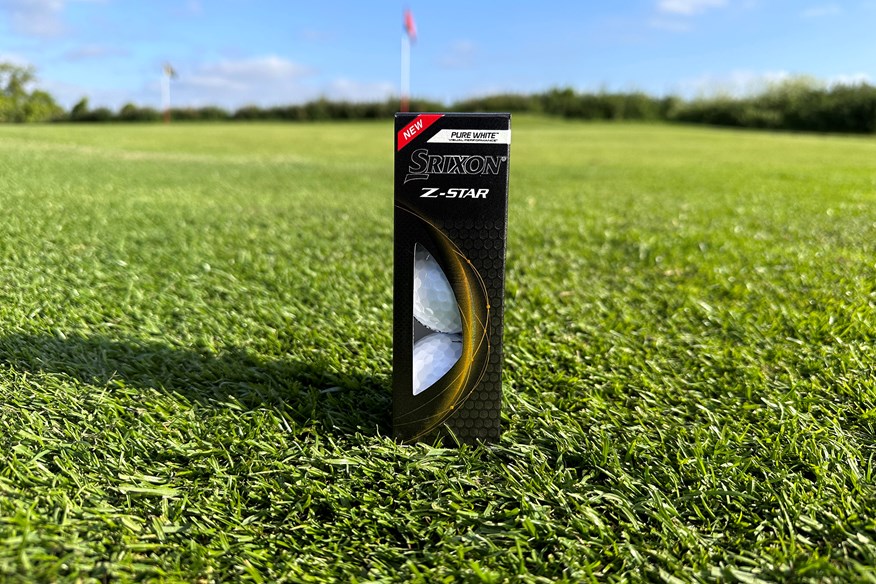
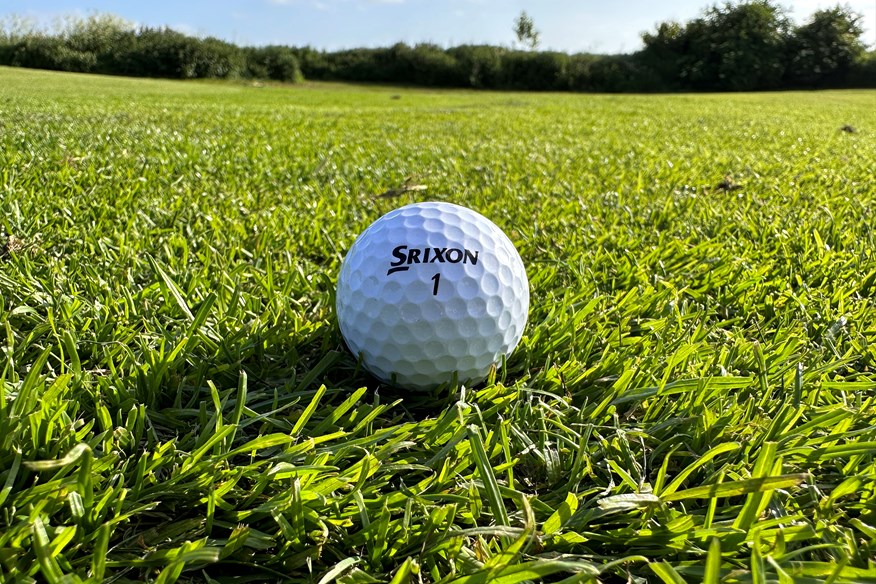
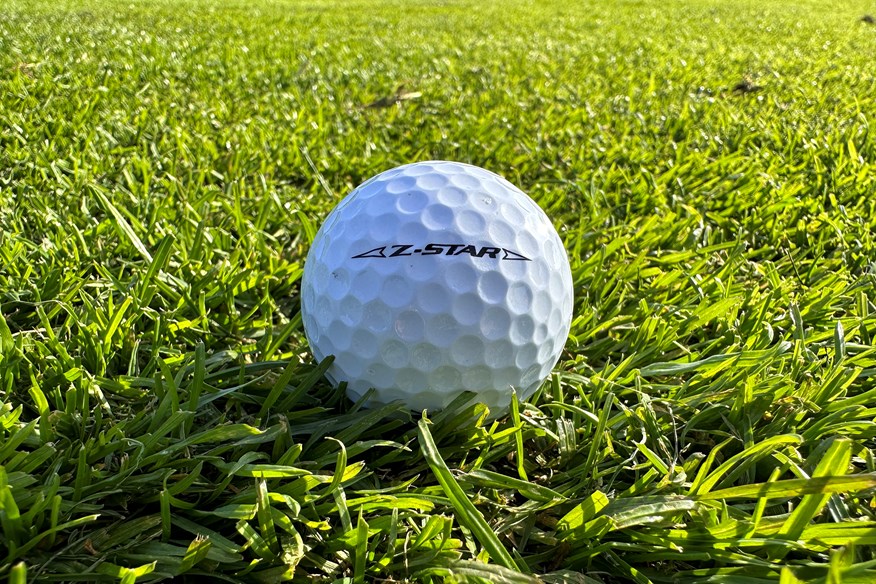
| Construction | Three-piece |
| Cover | Urethane |
| Dimples | 338 |
| Compression | 92 |
| Feel | Softer |
| Flight | Mid |
| Colors | White; Yellow |
| Alternative models | Z-Star Divide |
- Speed dimple pattern
- Thin premium cover
- Spin skin+ coating
- Fastlayer DG core
Robot golf balls test data and verdict – Srixon Z-Star
| Driver 85mph Swing | Srixon Z-Star |
| Ball speed (mph) / Launch angle (º) | 123.1 / 13.5 |
| Backspin (rpm) | 2,807 |
| Carry (yards) | 192.1 |
| Driver 100mph Swing | |
| Ball speed (mph) / Launch angle (º) | 144.9 / 12.2 |
| Backspin (rpm) | 2,723 |
| Carry (yards) | 240.1 |
| Driver 115mph Swing | |
| Ball speed (mph) / Launch angle (º) | 166 / 10.9 |
| Backspin (rpm) | 2,123 |
| Carry (yards) | 292 |
| 7-Iron | |
| Ball speed (mph) / Launch angle (º) | 106.3 / 21.1 |
| Backspin (rpm) | 5,798 |
| Height (feet) | 87.7 |
| Descent angle (º) | 46.4 |
| Carry (yards) | 146.8 |
| Wedge | |
| Backspin (rpm) | 7,787 |
| Shot area (sq yds) | 4.3 |
| Carry (yards) | 105.4 |
| Average shot area | |
| Averaged over driver, 7-iron and PW | 40.4yds sq |
Robot golf balls test verdict: It’s interesting that Srixon now only make three-piece tour balls, which demonstrates the changes in thinking around balls over the last few years. And a test like this helps you understand the differences between the Z-Star and its siblings.
The Z-Star was pretty much bang on our test averages at 100mph driver, and with a 7-iron (bar spinning 356rpm more with the iron). Generally, its shot area was slightly bigger than average, except with a wedge, where it was our second most accurate ball.
If you’re attracted to the model we’d seriously advise considering the Z-Star Diamond too. The Diamond is fractionally longer with the driver, slightly shorter with the irons, but it spins more with a 7-iron and wedge, and is more accurate – traits lots of reasonable speed club golfers will appreciate.
Read our full Srixon Z-Star golf balls review and compare the brand’s models in our guide to the best Srixon golf balls.
Straight distance but less rounded than Z-Star Diamond
£4 per ball / 0.20p per yard (based on RRP)
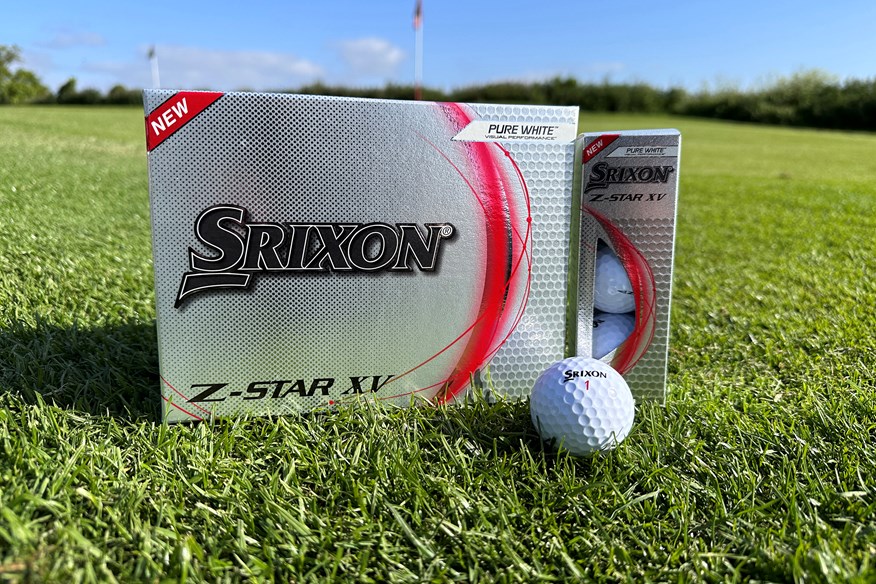

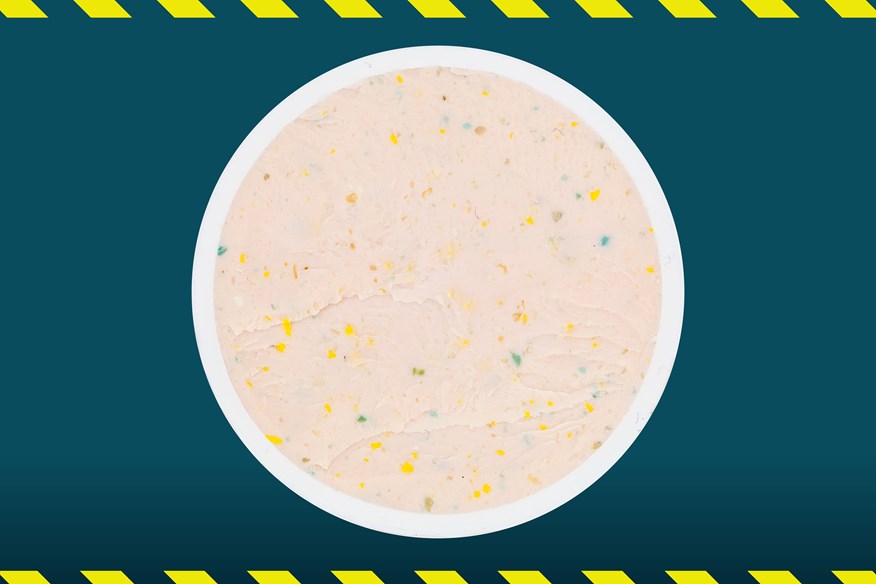
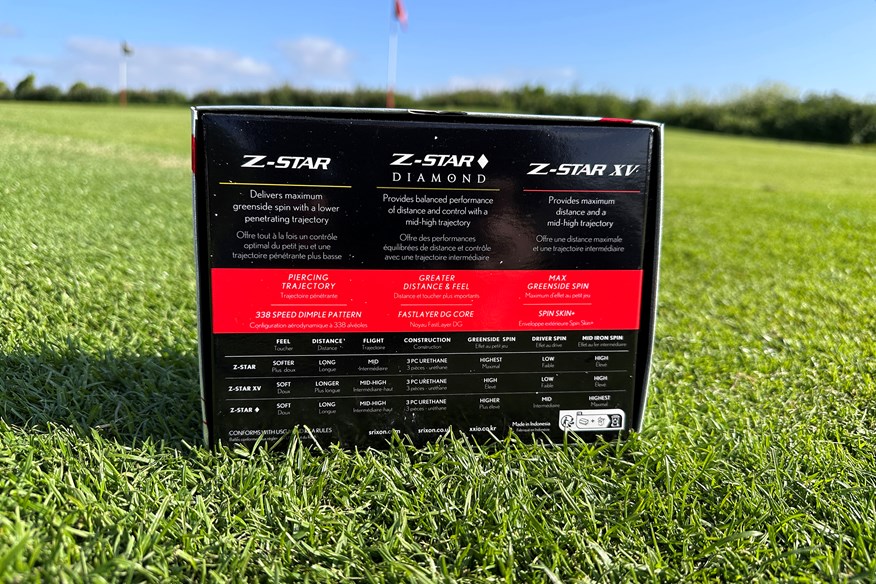
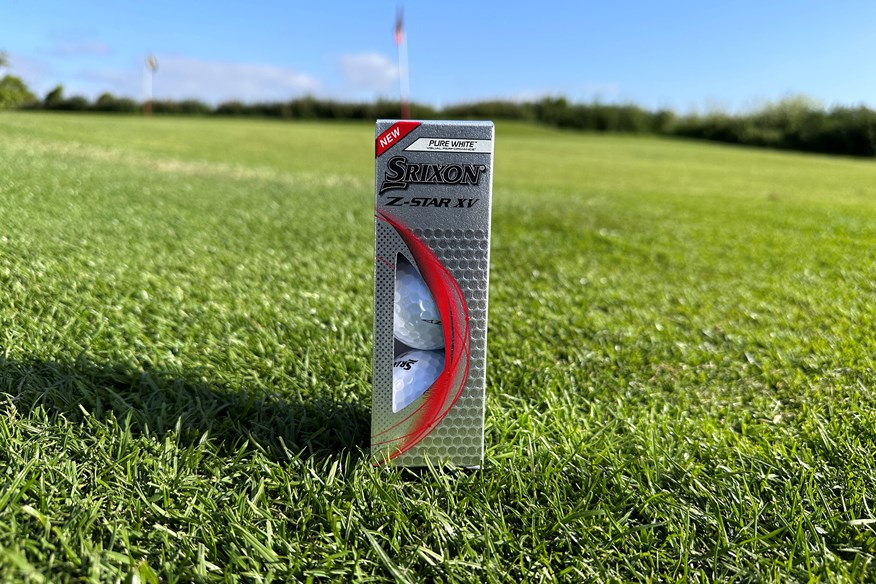
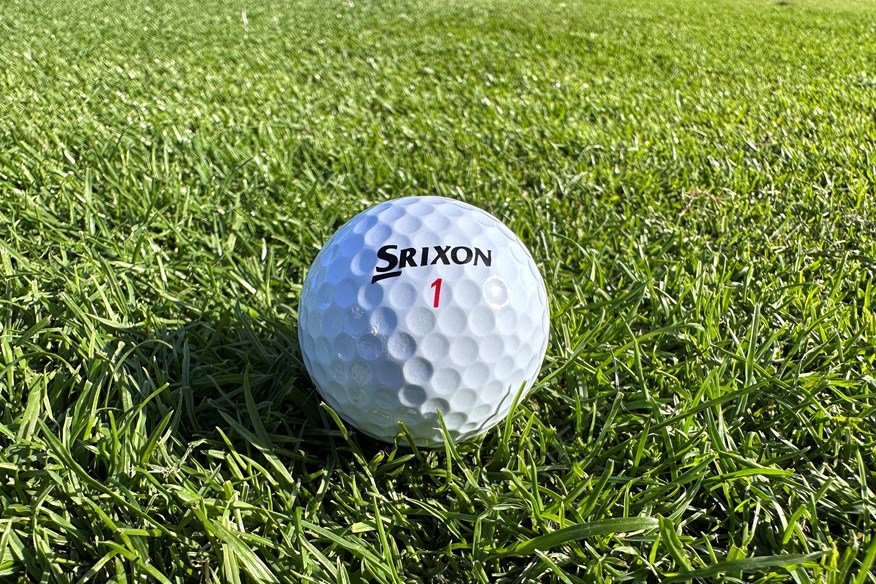
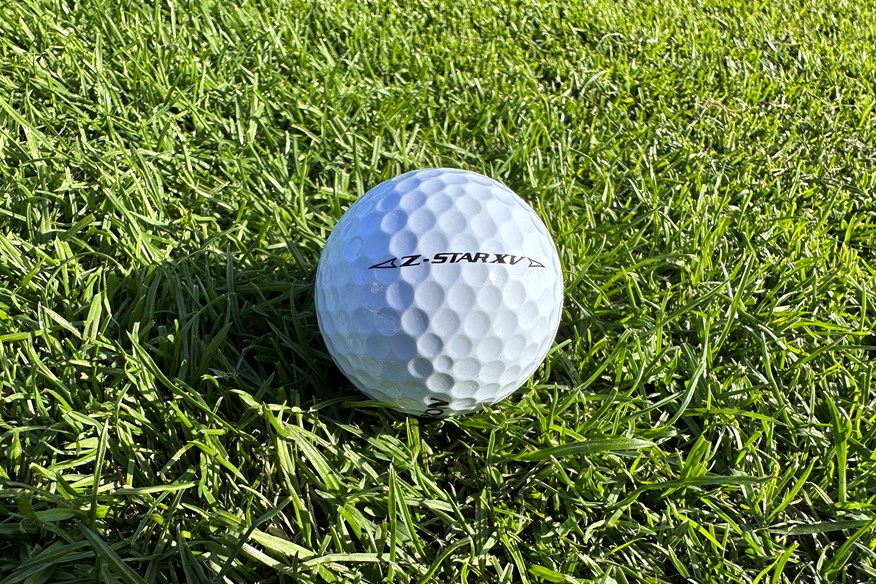
The 2023 model has a new three-piece construction, and it’s designed to fly higher and further than the standard Z-Star. Srixon like to say if your birdies start with a big tee shot then this is probably the ball for you.
Compared to the Z-Star Diamond the XV generates a little less mid-iron and wedge spin, but is also a little longer from the tee.
| Construction | Three-piece |
| Cover | Urethane |
| Dimples | 338 |
| Compression | 102 |
| Feel | Soft |
| Flight | Mid-high |
| Colors | White; Yellow |
- Speed dimple pattern
- Thin premium cover
- Spin skin+ coating
- Fastlayer DG core
Robot golf balls test data and verdict – Srixon Z-Star XV
| Driver 85mph Swing | |
| Ball speed (mph) / Launch angle (º) | 123.2 / 13.4 |
| Backspin (rpm) | 2,858 |
| Carry (yards) | 191.9 |
| Driver 100mph Swing | |
| Ball speed (mph) / Launch angle (º) | 145.2 / 12.1 |
| Backspin (rpm) | 2,739 |
| Carry (yards) | 240.5 |
| Driver 115mph Swing | |
| Ball speed (mph) / Launch angle (º) | 166.8 / 10.6 |
| Backspin (rpm) | 2,074 |
| Carry (yards) | 293.3 |
| 7-Iron | |
| Ball speed (mph) / Launch angle (º) | 106 / 21.3 |
| Backspin (rpm) | 5,675 |
| Height (feet) | 87.8 |
| Descent angle (º) | 46.4 |
| Carry (yards) | 146.8 |
| Wedge | |
| Backspin (rpm) | 7,716 |
| Shot area (sq yds) | 4.8 |
| Carry (yards) | 105 |
| Average shot area | |
| Averaged over driver, 7-iron and PW | 22.2 sq yards |
Robot golf balls test verdict: The XV is Srixon’s most played tour ball, but based on our data we’d seriously recommend looking at the Z-Star Diamond as a slightly more rounded choice.
At 100mph and 115mph driver speeds our numbers show a tiny 2.2 yards of driver carry distance difference between the Z-Star, Z-Star XV and Z-Star Diamond.
With so little difference with a driver, and the Diamond offering more iron and wedge spin, the XV could easily be squeezed to the fringes of any golf ball buying shortlist. However, if you put a premium on hitting big drives with very little shot shape from the tee, then it could be ideal for you.
Read our full Srixon Z-Star XV golf ball review.
Long off the tee with leading iron and wedge spin
£4 per ball / 0.20p per yard (based on RRP)
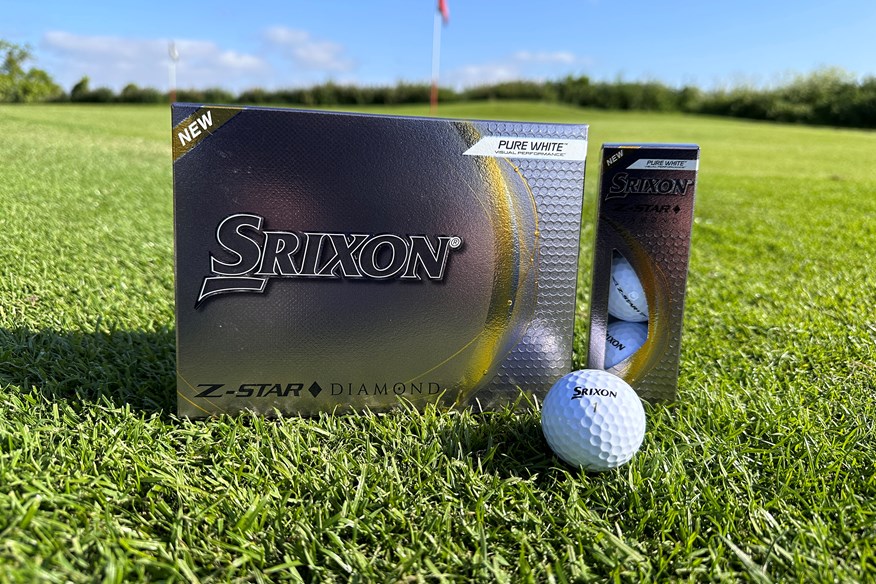

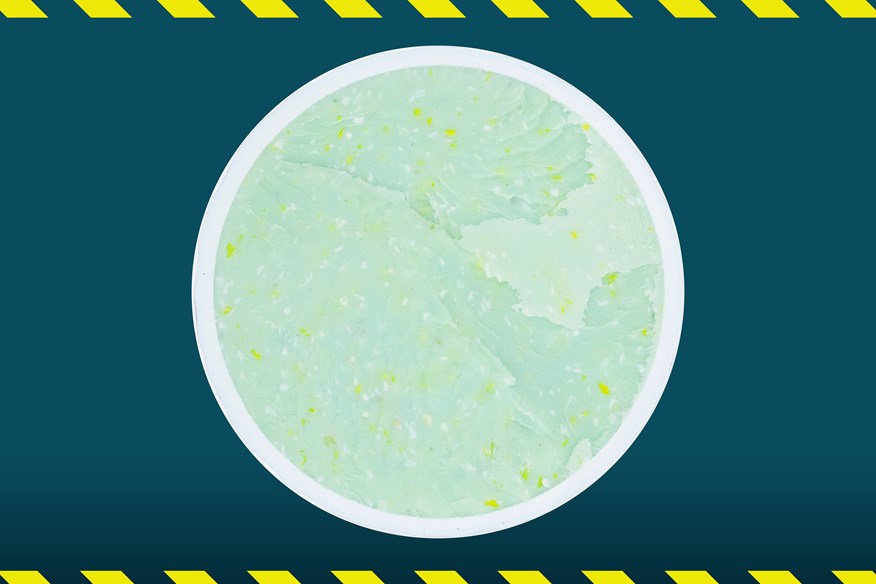
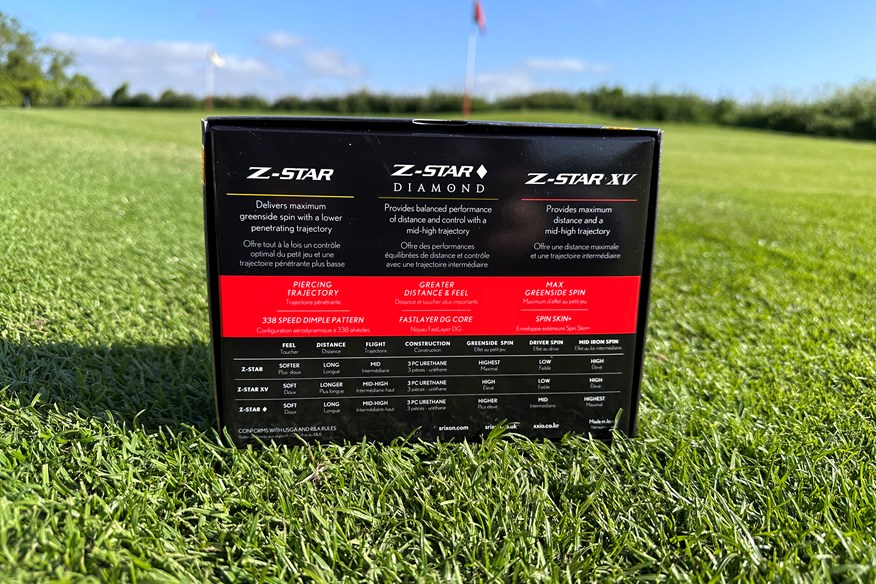
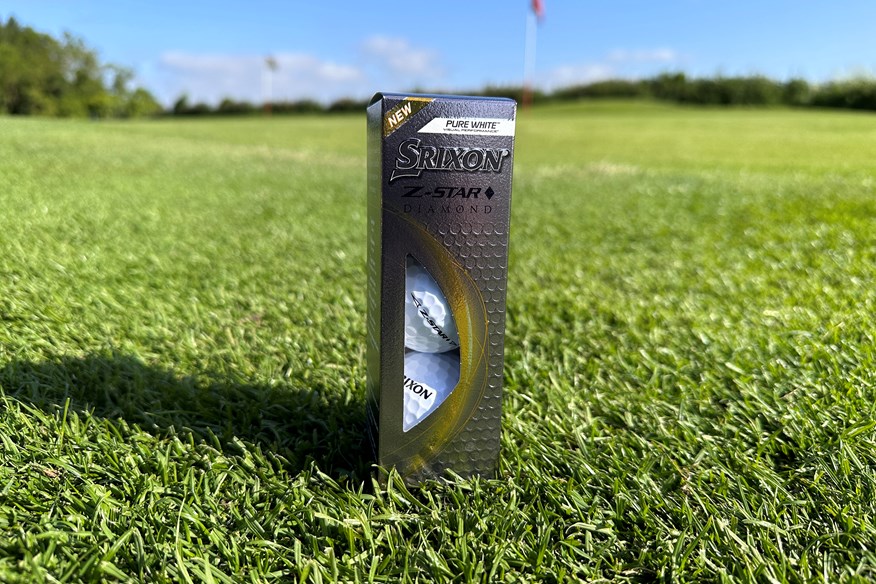
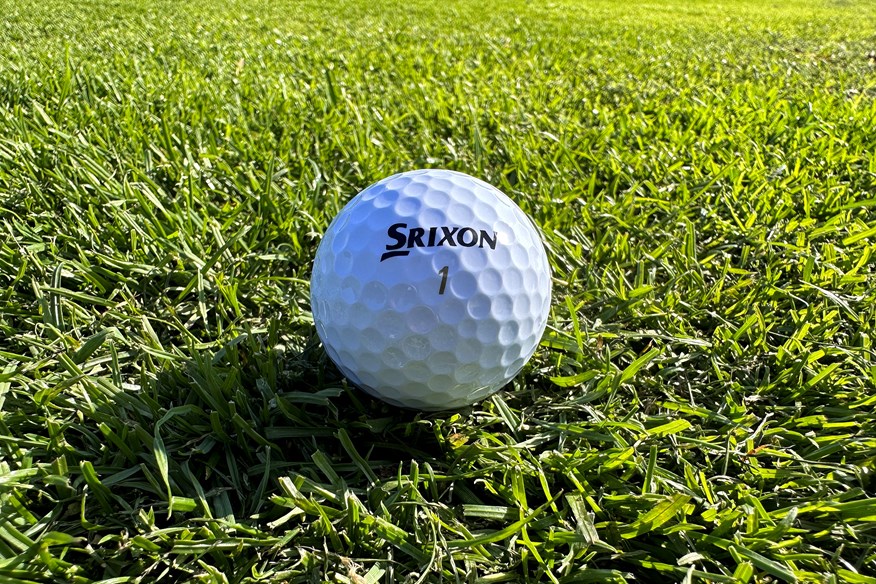
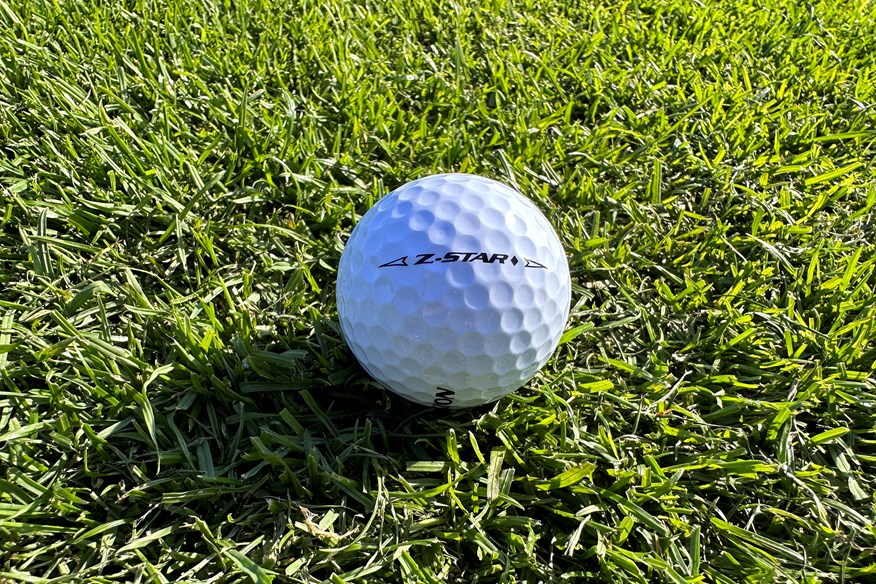
The Diamond sits in the middle between the Z-Star and XV and specifically targets more mid-iron and full-wedge spin, to enable Koepka to hold a green no matter where he’s hitting his approaches from.
So long as your swing speed is 100+mph you can expect an excellent blend of long-game distance, greenside control and plenty of approach shot spin.
| Construction | Three-piece |
| Cover | Urethane |
| Dimples | 338 |
| Compression | 102 |
| Feel | Soft |
| Flight | Mid-high |
| Colors | White |
- Speed dimple pattern
- Thin premium cover
- Spin skin+ coating
- Fastlayer DG core
Robot golf balls test data and verdict – Srixon Z-Star Diamond
| Driver 85mph Swing | Srixon Z-Star Diamond |
| Ball speed (mph) / Launch angle (º) | 123.4 / 13.4 |
| Backspin (rpm) | 2,869 |
| Carry (yards) | 192.2 |
| Driver 100mph Swing | |
| Ball speed (mph) / Launch angle (º) | 145.5 / 12.2 |
| Backspin (rpm) | 2,827 |
| Carry (yards) | 240.4 |
| Driver 115mph Swing | |
| Ball speed (mph) / Launch angle (º) | 167.2 / 10.7 |
| Backspin (rpm) | 2,171 |
| Carry (yards) | 293.9 |
| 7-Iron | |
| Ball speed (mph) / Launch angle (º) | 106.2 / 20.8 |
| Backspin (rpm) | 6,059 |
| Height (feet) | 86.7 |
| Descent angle (º) | 46.4 |
| Carry (yards) | 145.9 |
| Wedge | |
| Backspin (rpm) | 8,077 |
| Shot area (sq yds) | 5.9 |
| Carry (yards) | 104.9 |
| Average shot area | |
| Averaged over driver, 7-iron and PW | 22.6yds sq |
Robot golf balls test verdict: The new kid on the block at Team Srixon, the Z-Star Diamond turned in some decent numbers across all our test situations. So, if you’re looking at three-piece tour balls such as the Pro V1 and Bridgestone Tour B X, this has to ring your bell.
Within the three-piece tour level category, it was our longest ball at 115mph driver speed. It also racked up most spin with a 7-iron and wedge and was one of only three balls in the entire test to break the 8,000rpm spin barrier with the latter, alongside a 27.6% tighter shot area than our test average. A great option for faster swing speeds.
Read our full Srixon Z-Star Diamond golf ball review.
A consistent performer that will help your scoring
£2.92 per ball / 0.15p per yard (based on RRP)
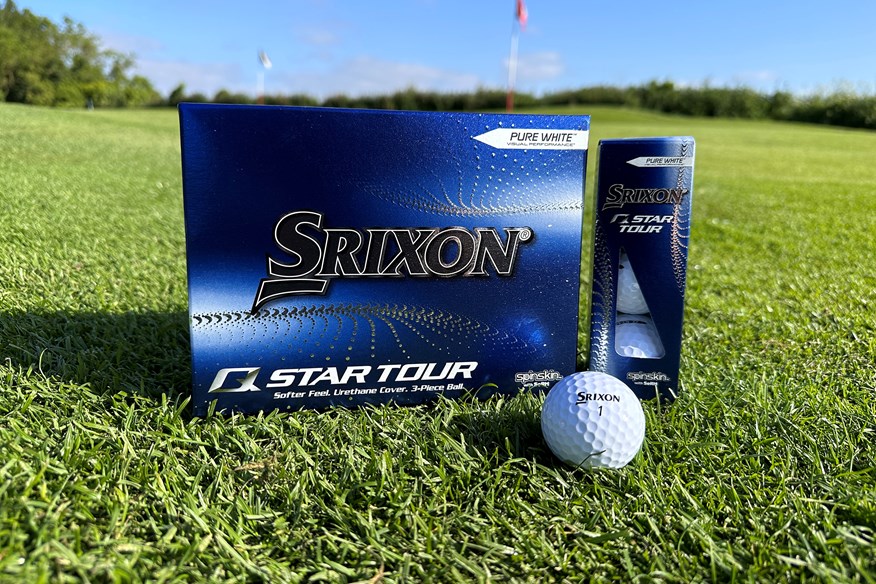

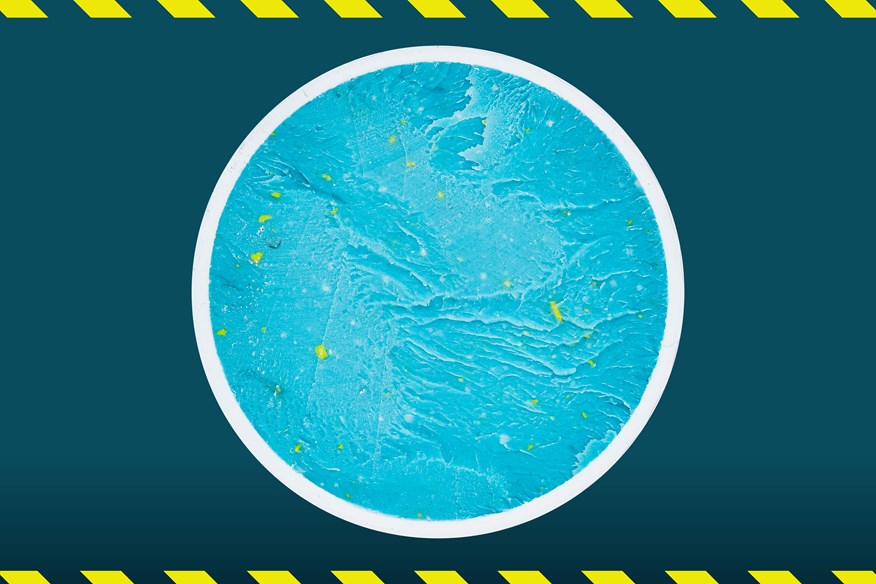
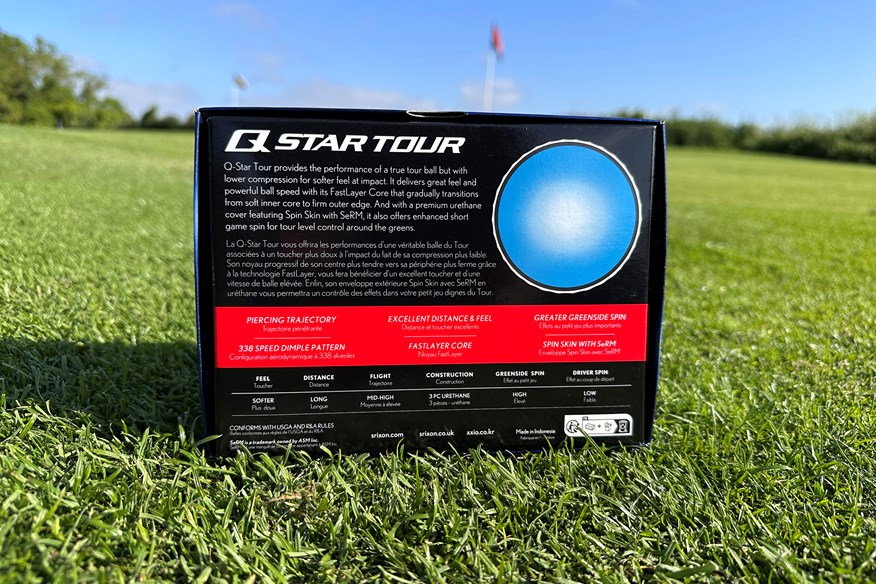
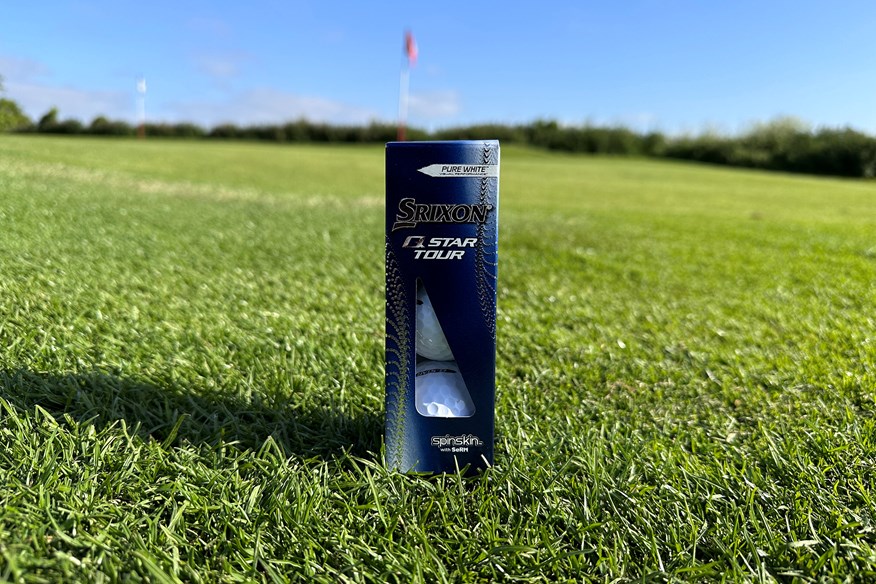
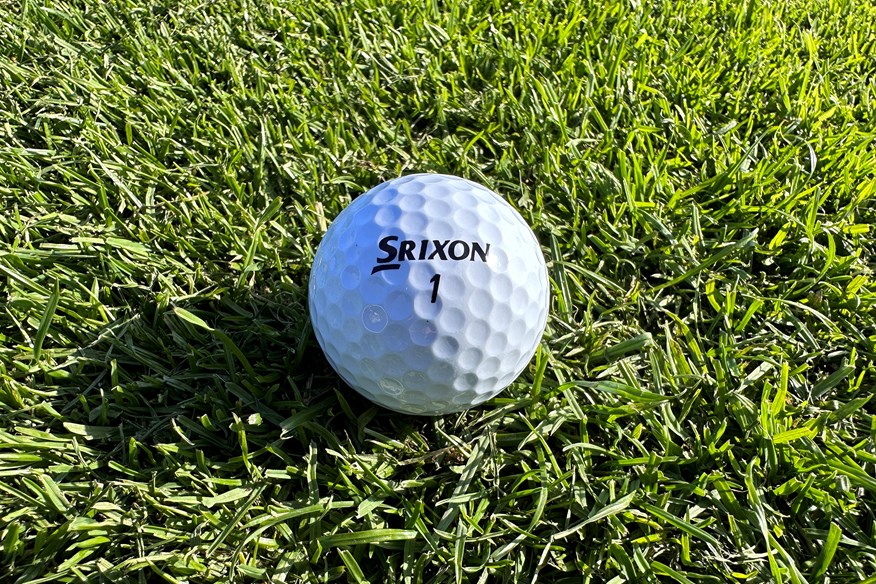
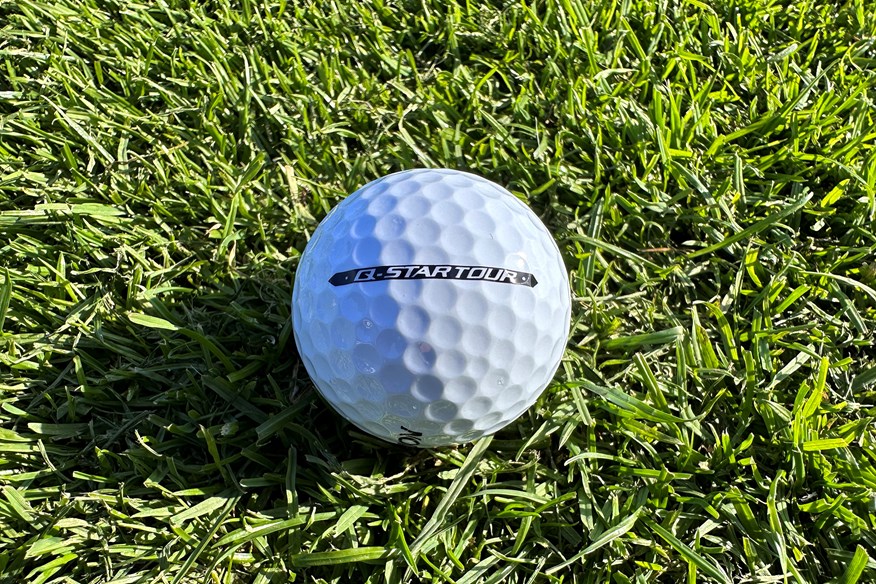
It has a mid-high ball flight and high levels of greenside spin, and a 72 compression – that’s 21.7% lower than the Z-Star, so expect a softer feel.
| Construction | Three-piece |
| Cover | Urethane |
| Dimples | 338 |
| Compression | 72 |
| Feel | Softer |
| Flight | Mid-high |
| Colors | White; Yellow |
| Alternative options | Q-Star Tour Divide |
- Fastlayer core
- Spinskin with SeRM
- Speed dimple pattern
Robot golf balls test data and verdict – Srixon Q-Star Tour
| Driver 85mph Swing | Srixon Q-Star |
| Ball speed (mph) / Launch angle (º) | 122.6 / 13.6 |
| Backspin (rpm) | 2,504 |
| Carry (yards) | 193.1 |
| Driver 100mph Swing | |
| Ball speed (mph) / Launch angle (º) | 143.8 / 12.5 |
| Backspin (rpm) | 2,466 |
| Carry (yards) | 240.9 |
| Driver 115mph Swing | |
| Ball speed (mph) / Launch angle (º) | 164.7 / 10.9 |
| Backspin (rpm) | 2,059 |
| Carry (yards) | 289.8 |
| 7-Iron | |
| Ball speed (mph) / Launch angle (º) | 106 / 21.9 |
| Backspin (rpm) | 5,063 |
| Height (feet) | 89.6 |
| Descent angle (º) | 46.4 |
| Carry (yards) | 148.9 |
| Wedge | |
| Backspin (rpm) | 6,898 |
| Shot area (sq yds) | 5.3 |
| Carry (yards) | 105.5 |
| Average shot area | |
| Averaged over driver, 7-iron and PW | 29.9yds sq |
Robot golf balls test verdict:
Club golfers who don’t produce tour-level swing speeds have been spoilt for choice since brands like Srixon started optimizing urethane cover balls with a slightly softer feel. However, with so many choices it can now be tough to make a decision on which best suits you. But by studying the Q-Star and its competition (Chrome Soft, Tour Response, Triad, and ERC Soft) closely there’s a real story to tell about how golf ball engineers optimize individual models for their intended audience.
The Q-Star Tour isn’t the very longest with a driver or iron. In fact, you’re likely to give up 3.3 yards of carry distance at 100mph with the driver, by playing it. But where spin levels with the ERC Soft, the longest ball in the category, drop 12.8% below the 7-iron test average to gain distance, the Q-Star Tour sticks at a steady level.
In a crowded 28-model golf ball test the Q-Star Tour won’t instantly stand out on a spreadsheet, but those in the know though will appreciate it for doing a decent job across the board, which includes ducking under our test average for shot area.
Read our full Srixon Q-Star Tour golf ball review.
The best budget golf ball on test
Expect the 72 compression to give good speed and feel on lower lofted clubs, whilst not sacrificing too much in terms of wedge spin and greenside control.
| Construction | Two-piece |
| Cover | Ionomer |
| Dimples | 338 |
| Compression | 72 |
| Feel | Softer |
| Flight | Mid-high |
| Colors |
- Fastlayer core
- Spin skin with SeRM
- Speed dimple pattern
Robot golf balls test data and verdict – Srixon AD333
| Driver 85mph Swing | Srixon AD333 |
| Ball speed (mph) / Launch angle (º) | 122.3 / 13.9 |
| Backspin (rpm) | 2,525 |
| Carry (yards) | 192.6 |
| Driver 100mph Swing | |
| Ball speed (mph) / Launch angle (º) | 143.5 / 12.4 |
| Backspin (rpm) | 2,438 |
| Carry (yards) | 240.7 |
| Driver 115mph Swing | |
| Ball speed (mph) / Launch angle (º) | 164 / 11.1 |
| Backspin (rpm) | 2,066 |
| Carry (yards) | 288.7 |
| 7-Iron | |
| Ball speed (mph) / Launch angle (º) | 105.6 / 21.9 |
| Backspin (rpm) | 5,243 |
| Height (feet) | 89.2 |
| Descent angle (º) | 46.5 |
| Carry (yards) | 147.5 |
| Wedge | |
| Backspin (rpm) | 7,711 |
| Shot area (sq yds) | 20.7 |
| Carry (yards) | 105.1 |
| Average shot area | |
| Averaged over driver, 7-iron and PW | 40.3yds sq |
Robot golf balls test verdict: When we last did a robot golf ball test in 2019, the AD333 walked away with top honors in the under £25/two-piece category. While there were slightly longer balls, the AD333 kept spin levels with iron and wedge high, which helps stop shots efficiently and boost your scoring.
The picture is pretty similar this time, too, albeit you could easily make an argument for choosing the Callaway Supersoft or Wilson Duo Soft instead. The AD333 produced more iron spin than any other two-piece ball, and it was our second-highest spinning with the wedge. On paper, it easily gives the more expensive three-piece Callaway ERC Soft a run for its money.
Read our full Srixon AD333 golf balls review.
Jump to a brand: Bridgestone | Callaway | Kirkland | Maxfli | Pinnacle | PXG | Srixon | TaylorMade | Titleist | Wilson
Robot golf balls test: TaylorMade
A great ball for maximum spin
The slightly softer TP5 (87 compression) offers additional shot shape potential and additional greenside/wedge spin and control. It is the ball of choice for Collin Morikawa and Nelly Korda.
| Construction | Five-piece |
| Cover | Cast-urethane |
| Dimples | 332 |
| Compression | 87 |
| Feel | Very soft |
| Flight | Mid-high |
| Colors | White; Yellow |
| "utf-8"> Alternative options |
- New seamless tour flight dimple pattern
- Speed-layer system
- High-flex material
Robot golf balls test data and verdict – TaylorMade TP5
| Driver 85mph Swing | TaylorMade TP5 |
| Ball speed (mph) / Launch angle (º) | 123.3 / 13.2 |
| Backspin (rpm) | 3,028 |
| Carry (yards) | 190.6 |
| Driver 100mph Swing | |
| Ball speed (mph) / Launch angle (º) | 145.2 / 12 |
| Backspin (rpm) | 2,888 |
| Carry (yards) | 238.6 |
| Driver 115mph Swing | |
| Ball speed (mph) / Launch angle (º) | 166.5 / 10.7 |
| Backspin (rpm) | 2,222 |
| Carry (yards) | 291 |
| 7-Iron | |
| Ball speed (mph) / Launch angle (º) | 106.4 / 21.2 |
| Backspin (rpm) | 5,927 |
| Height (feet) | 88.3 |
| Descent angle (º) | 46.6 |
| Carry (yards) | 146.5 |
| Wedge | |
| Backspin (rpm) | 8,050 |
| Shot area (sq yds) | 18 |
| Carry (yards) | 105.6 |
| Average shot area | |
| Averaged over driver, 7-iron and PW | 45.5yds sq |
Robot golf balls test verdict: It would be very easy to glance over our data and spot the TP5 didn’t rack up any top places for being the fastest, longest, most accurate or highest spin. But neither did the best-selling Pro V1… the model the TP5 sets out to attack.
This is a higher-spinning ball, which is demonstrated by only two other balls spinning more at 100 and 115mph with the driver. We saw 8.9% more spin than our test average with a 7-iron, and it was our third-highest spinning ball with a wedge. So, if it’s maximum spin you’re looking for, the TP5 really delivers.
Compared to the Pro V1, the TP5 was 2.7 yards shorter averaged over the 100 and 115mph driver speeds, but it out-spun the Titleist with a 7-iron and wedge. So, if you blindly play the Pro V1 for maximum spin you might want to rethink your golf buying strategy. If additional spin isn’t your number one requirement the TP5x offers up a fraction more distance.
Read our full TaylorMade TP5 golf ball review and see how it compares in our guide to the best TaylorMade golf balls.
Impressive distance and tighter dispersion than Pro V1x
The ball of choice for the majority of TaylorMade athletes, which includes Rory McIlroy, Rickie Fowler, Dustin Johnson and Tommy Fleetwood.
| Construction | Five-piece |
| Cover | Cast urethane |
| Dimples | 322 |
| Compression | 97 |
| Feel | Soft |
| Flight | High |
| Colors | White; Yellow |
| Alternative models | TP5x Pix |
- New seamless tour flight dimple pattern
- Speed-layer system
- High-flex material
Robot golf balls test data and verdict – TaylorMade TP5x
| Driver 85mph Swing | TaylorMade TP5x |
| Ball speed (mph) / Launch angle (º) | 123.1 / 13.4 |
| Backspin (rpm) | 2,907 |
| Carry (yards) | 191.4 |
| Driver 100mph Swing | |
| Ball speed (mph) / Launch angle (º) | 145.3 / 12 |
| Backspin (rpm) | 2,700 |
| Carry (yards) | 241.2 |
| Driver 115mph Swing | |
| Ball speed (mph) / Launch angle (º) | 166.9 / 10.8 |
| Backspin (rpm) | 2,093 |
| Carry (yards) | 293.7 |
| 7-Iron | |
| Ball speed (mph) / Launch angle (º) | 106.1 / 21.3 |
| Backspin (rpm) | 5,744 |
| Height (feet) | 87.9 |
| Descent angle (º) | 46.5 |
| Carry (yards) | 146.6 |
| Wedge | |
| Backspin (rpm) | 7,729 |
| Shot area (sq yds) | 14.8 |
| Carry (yards) | 105.8 |
| Average shot area | |
| Averaged over driver, 7-iron, and PW | 33.6yds sq |
Robot golf balls test verdict: The last time we produced a robot golf ball test the TP5x stood out as a brilliant tour ball that was fast and long with the driver and iron without giving up serious amounts of wedge spin. Not too much has changed. It recorded above-average spin with a 7-iron and wedge, and was longer than our test average at 100 and 115 mph with the driver.
Versus the Titleist Pro V1x, the model the ball was originally designed to challenge, the TP5x created exactly the same driver distance, averaged over our 100 and 115mph speeds. With a 7-iron, the very slightly lower spinning TP5x (204rpm) was a yard longer, whereas with a wedge the Titleist produced 183rpm more spin.
In such a tight call between the pair, it’s worth knowing the TP5x produced a 21.8% tighter shot area.
Read our full TaylorMade TP5x golf ball review.
A great option for average swing-speed players
£3.33 per ball / 0.17p per yard (based on RRP)
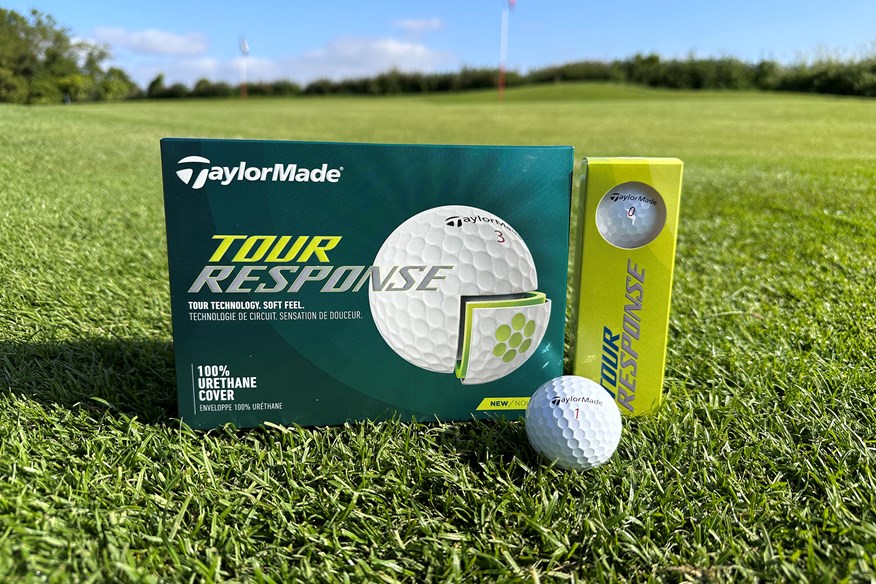

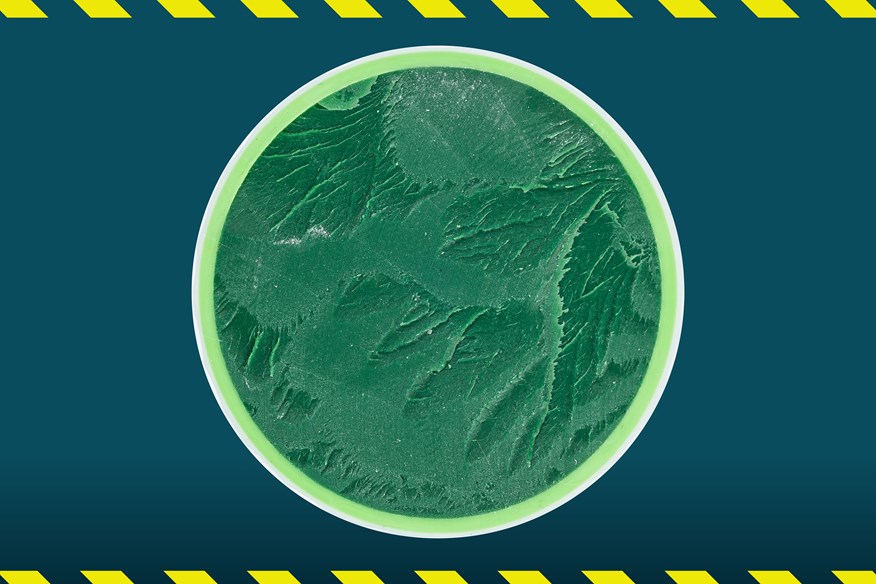
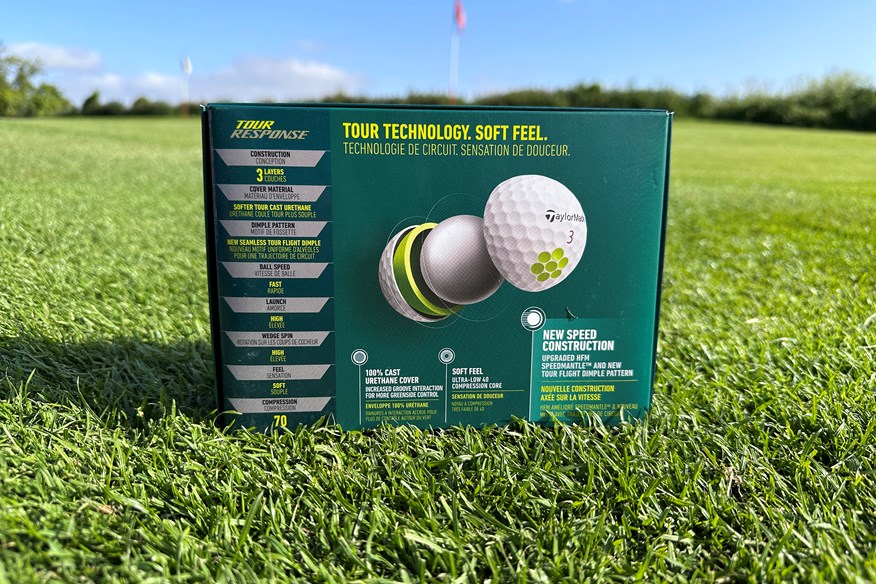
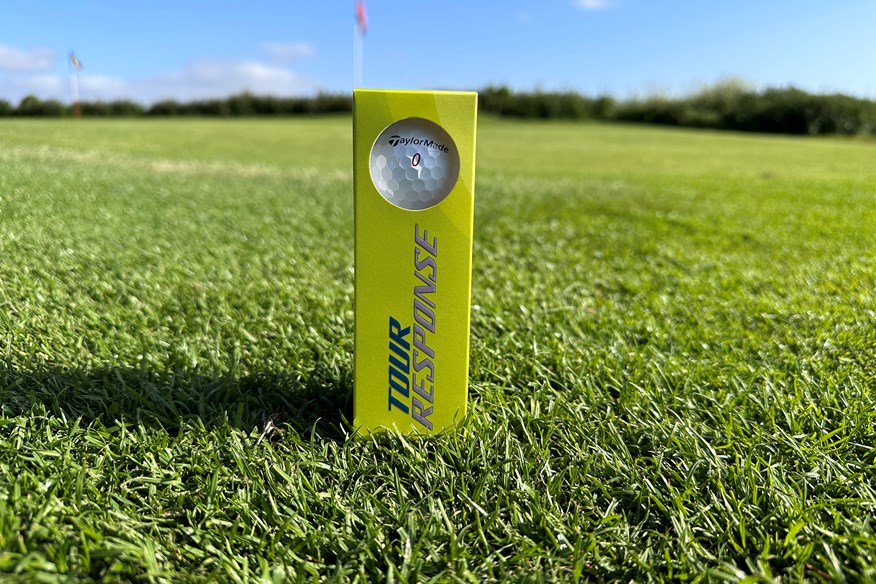
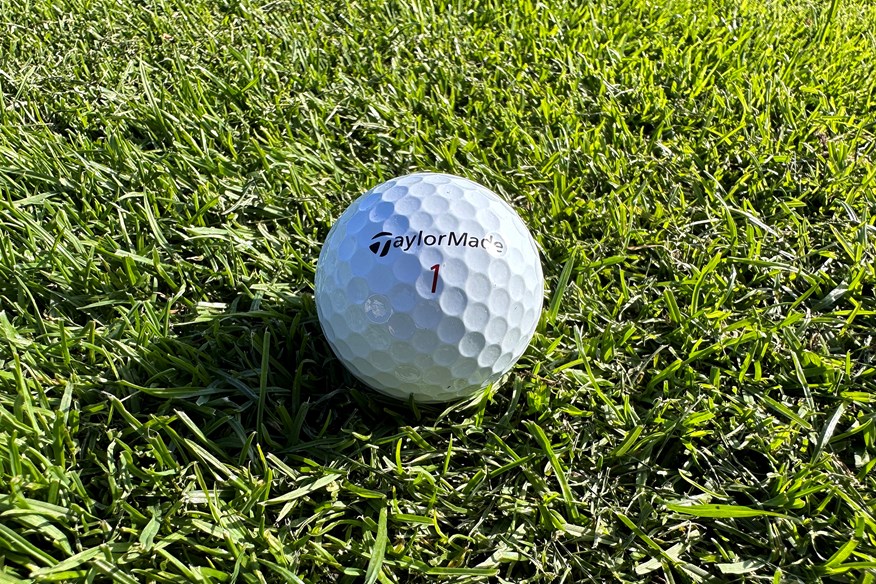
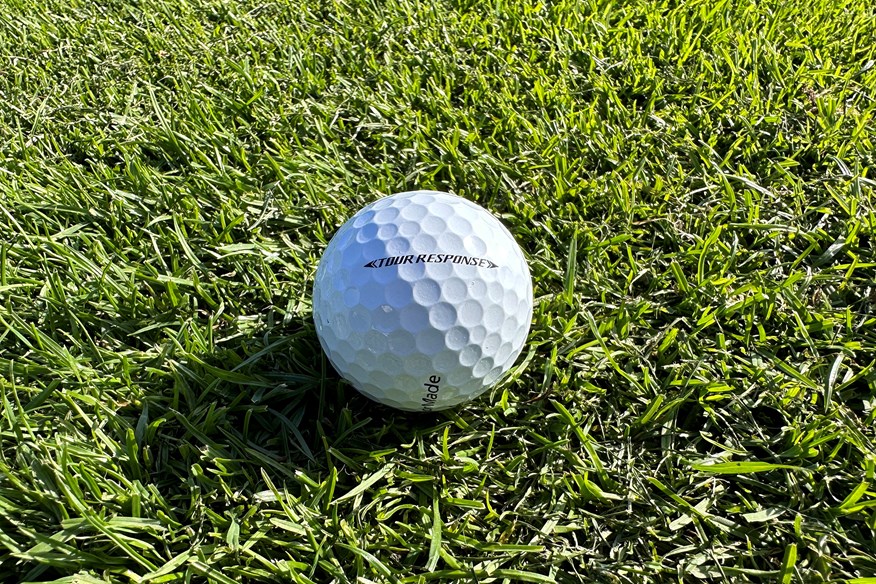
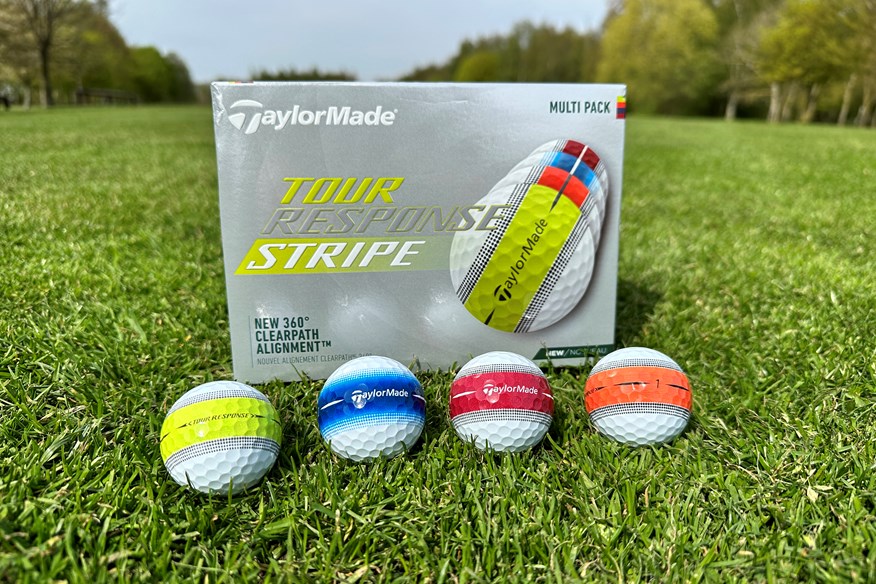
A great option for a wide audience of players and the alignment-enhancing Stripe model is just as useful from the tee as it is on the green.
| Construction | Three-piece |
| Cover | Softer tour cast urethane |
| Dimples | 322 |
| Compression | 70 |
| Feel | Soft |
| Flight | High |
| Colors | White; Yellow |
| Alternative models | Tour Response Stripe; Tour Response Stripe Multipack |
- New tour flight dimple pattern
- 100% urethane cover
- Speedmantle with high-flex material
Robot golf balls test data and verdict – TaylorMade Tour Response
| Driver 85mph Swing | TaylorMade Tour Response |
| Ball speed (mph) / Launch angle (º) | 122.5 / 13.8 |
| Backspin (rpm) | 2,602 |
| Carry (yards) | 192.6 |
| Driver 100mph Swing | |
| Ball speed (mph) / Launch angle (º) | 143.9 / 12.3 |
| Backspin (rpm) | 2,515 |
| Carry (yards) | 240.7 |
| Driver 115mph Swing | |
| Ball speed (mph) / Launch angle (º) | 164.3 / 11 |
| Backspin (rpm) | 2,083 |
| Carry (yards) | 288.7 |
| 7-Iron | |
| Ball speed (mph) / Launch angle (º) | 105.5 / 22.3 |
| Backspin (rpm) | 4,762 |
| Height (feet) | 90.1 |
| Descent angle (º) | 46.3 |
| Carry (yards) | 149.3 |
| Wedge | |
| Backspin (rpm) | 6,618 |
| Shot area (sq yds) | 29.1 |
| Carry (yards) | 106.8 |
| Average shot area | |
| Averaged over driver, 7-iron, and PW | 37.1yds sq |
Robot golf balls test verdict: By racking up carry distances longer than our test averages at 85 mph with a driver, and 7-iron, this ball is a better fit for average-speed players than harder hitters.
There’s no covering up the fact the ball spins 12.5% less than our test average with a 7-iron, but that’s where some of the distance comes from. Interestingly the Tour Response boasts more iron spin than the Callaway ERC Soft, but less wedge spin, so there’s a real decision to be made between the pair.
Though we didn’t measure greenside spin, it would be generally be accepted the Tour Response’s urethane cover would bite into the grooves of a wedge slightly more than the ERC Soft’s hybrid construction.
Read our full TaylorMade Tour Response golf ball review.
Jump to a brand: Bridgestone | Callaway | Kirkland | Maxfli | Pinnacle | PXG | Srixon | TaylorMade | Titleist | Wilson
Robot golf balls test: Titleist
The No.1 ball in golf faces a challenge to keep its crown
£4.17 per ball / 0.21p per yard (based on RRP)
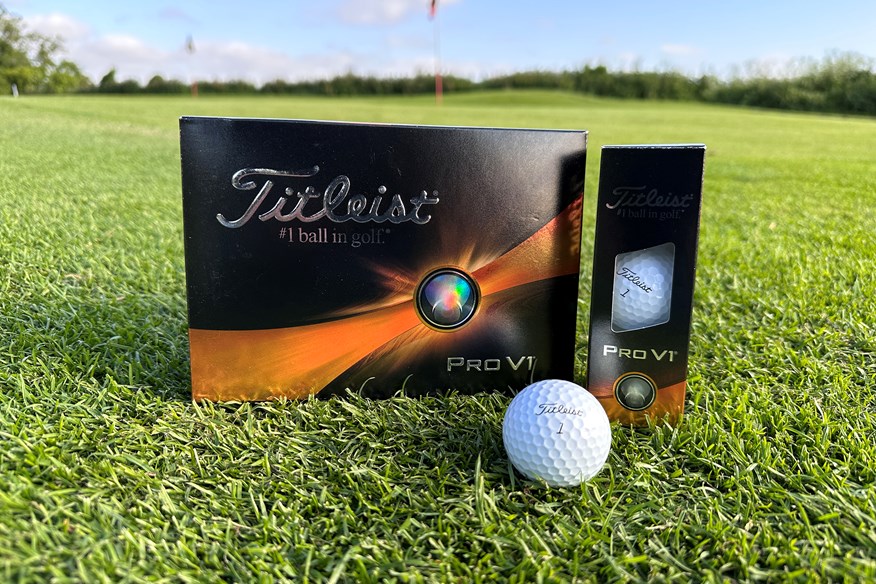

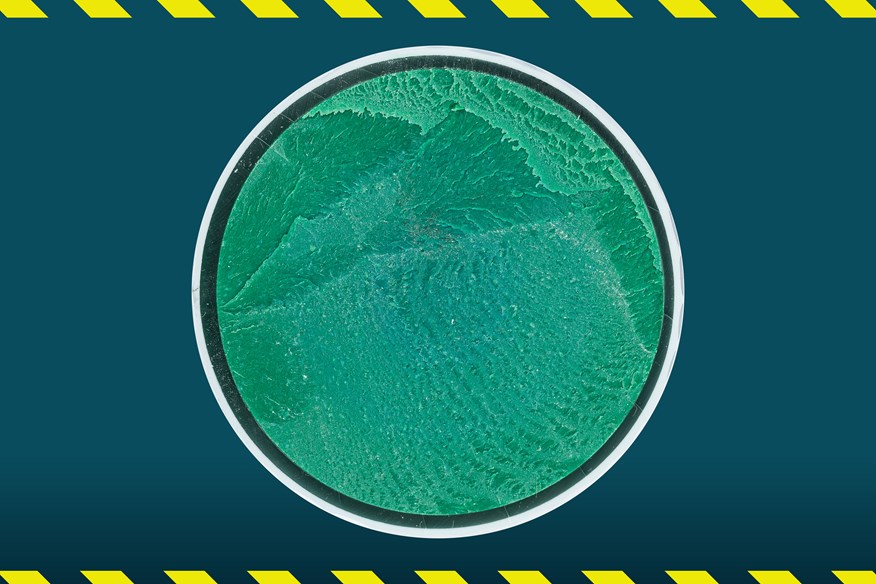
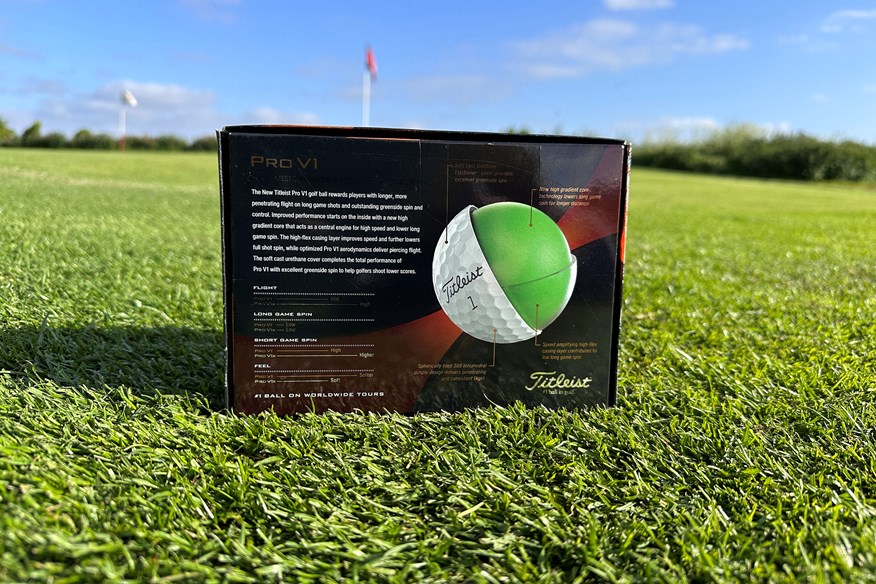
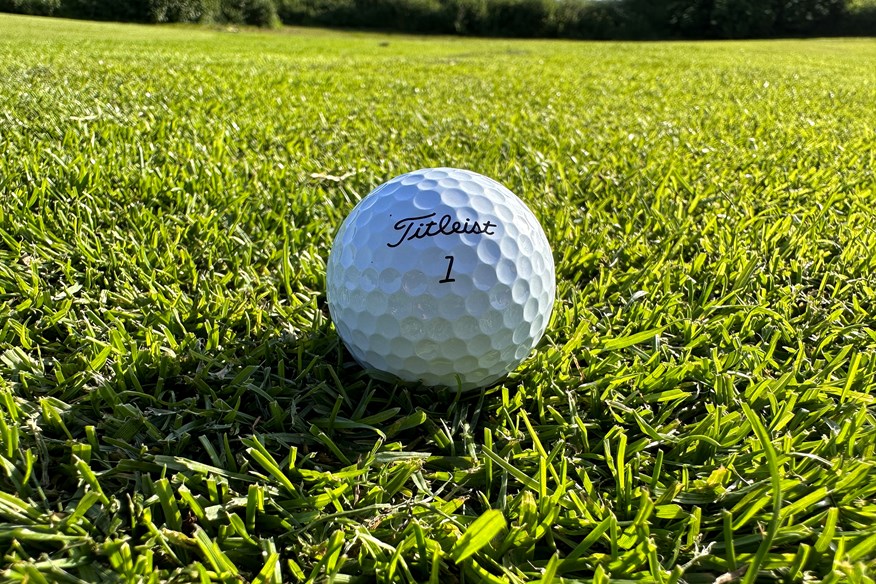
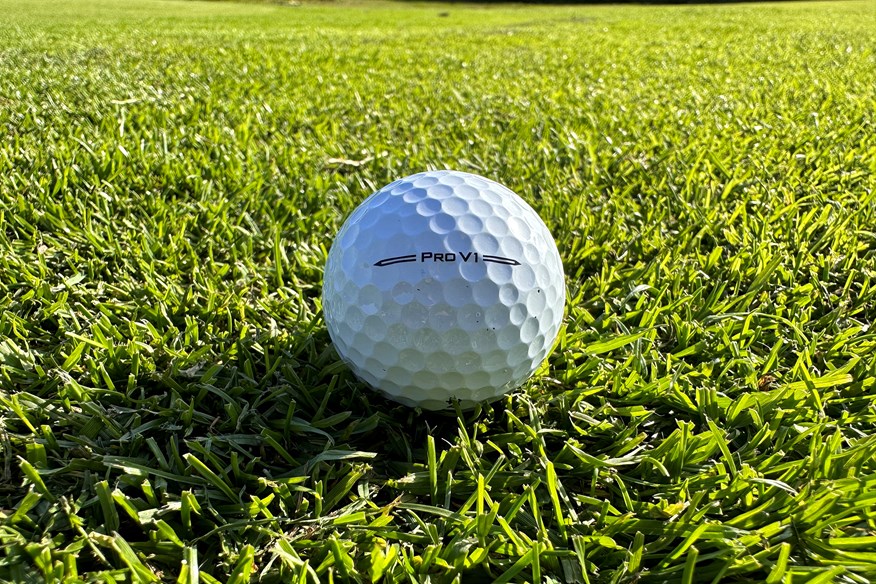
Expect a softer feel (than the Pro V1x), along with Drop-and-Stop greenside control. If you don’t specifically want a higher ball flight and long game spin, this is Titleist’s best ball for you (see how it compares in our guide to the best Titleist golf balls).
Pro V1 is the ball of choice for Scottie Scheffler, Viktor Hovland and Tony Finau, among many, many more
| Construction | Three-piece |
| Cover | Cast urethane elastomer |
| Dimples | 388 |
| Compression | 87-90 |
| Feel | Soft |
| Flight | Mid |
| Colors | White; Yellow |
- High gradient core design
- Speed amplifying high-flex casing layer
- Cast thermoset urethane cover
- Spherically tiled tetrahedral dimple design
Robot golf balls test data and verdict – Titleist Pro V1
| Driver 85mph Swing | Titleist Pro V1 |
| Ball speed (mph) / Launch angle (º) | 123.5 / 13.5 |
| Backspin (rpm) | 2,803 |
| Carry (yards) | 193 |
| Driver 100mph Swing | |
| Ball speed (mph) / Launch angle (º) | 145.1 / 12.3 |
| Backspin (rpm) | 2,679 |
| Carry (yards) | 241.6 |
| Driver 115mph Swing | |
| Ball speed (mph) / Launch angle (º) | 166.7 / 10.9 |
| Backspin (rpm) | 2,115 |
| Carry (yards) | 293.4 |
| 7-Iron | |
| Ball speed (mph) / Launch angle (º) | 106 / 21.1 |
| Backspin (rpm) | 5,731 |
| Height (feet) | 86.9 |
| Descent angle (º) | 46.3 |
| Carry (yards) | 146.5 |
| Wedge | |
| Backspin (rpm) | 7,625 |
| Shot area (sq yds) | 21 |
| Carry (yards) | 106.6 |
| Average shot area | |
| Averaged over driver, 7-iron, and PW | 40.5yds sq |
Robot golf balls test verdict: The Pro V1 is still a benchmark ball, the one other brands want to beat. And our test highlights how Callaway might just have cracked it.
Compared to the Chrome Soft X, the Pro V1 is both slower and shorter across our 100 and 115mph driver speeds and with a 7-iron. OK, we’re talking small amounts (no more than a yard from any situation), but throw in how the Titleist also spins less with a 7-iron (176rpm) and wedge (342rpm) and gave a larger shot area (by 30.9%), and you realize Titleist’s icon has never had a tougher job to stay on top.
Read our full Titleist Pro V1 golf ball review.
More iron and wedge spin than Pro V1 and tighter dispersion
£4.17 per ball / 0.21p per yard (based on RRP)
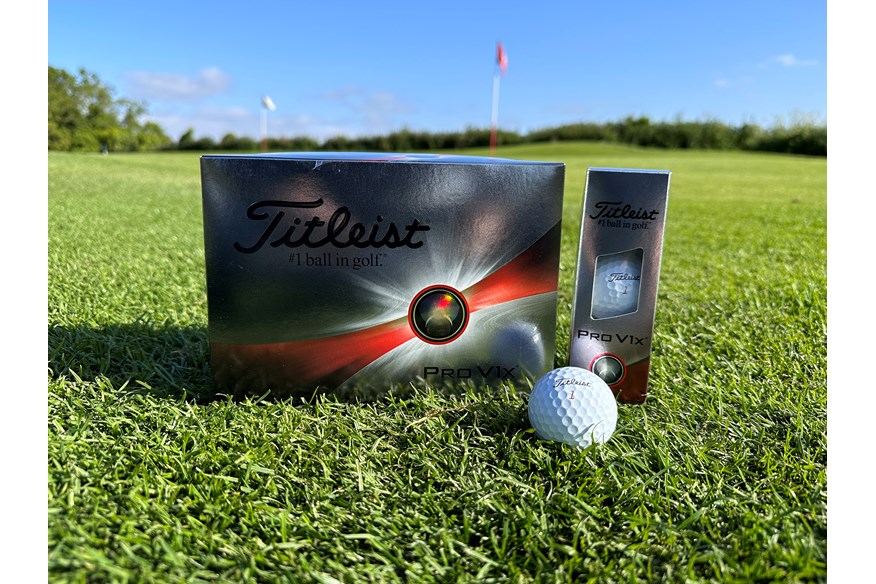

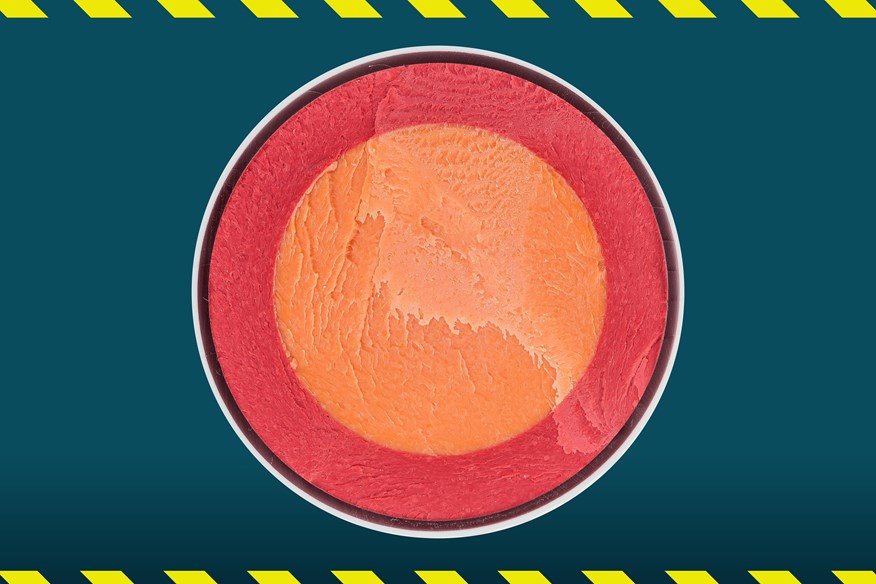
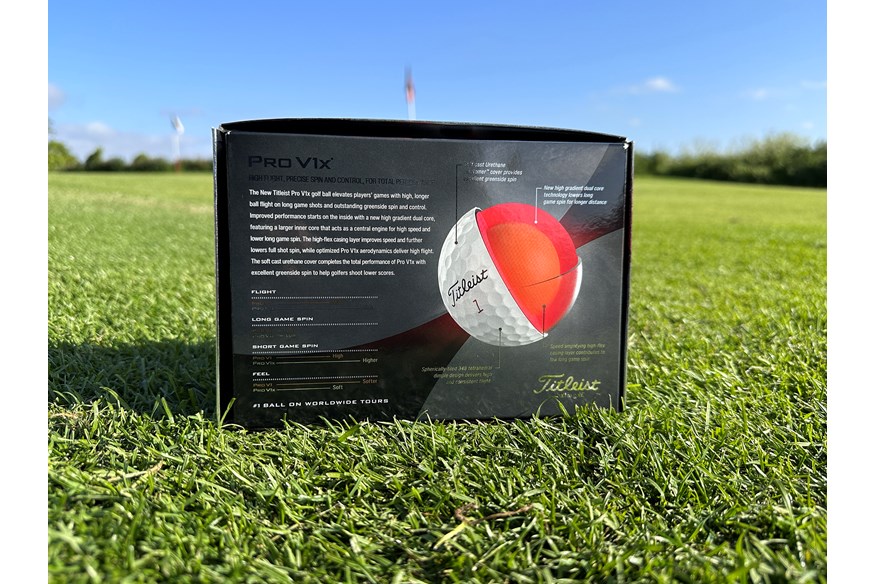
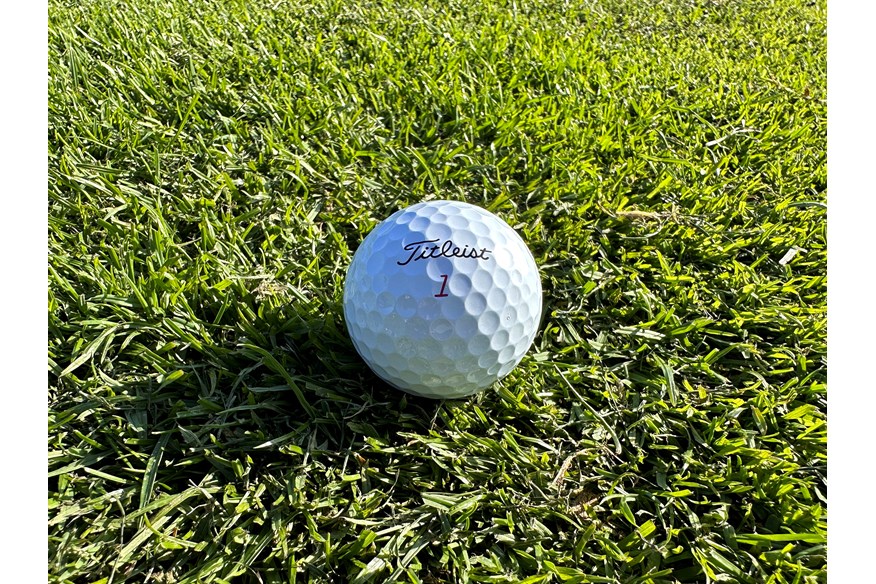
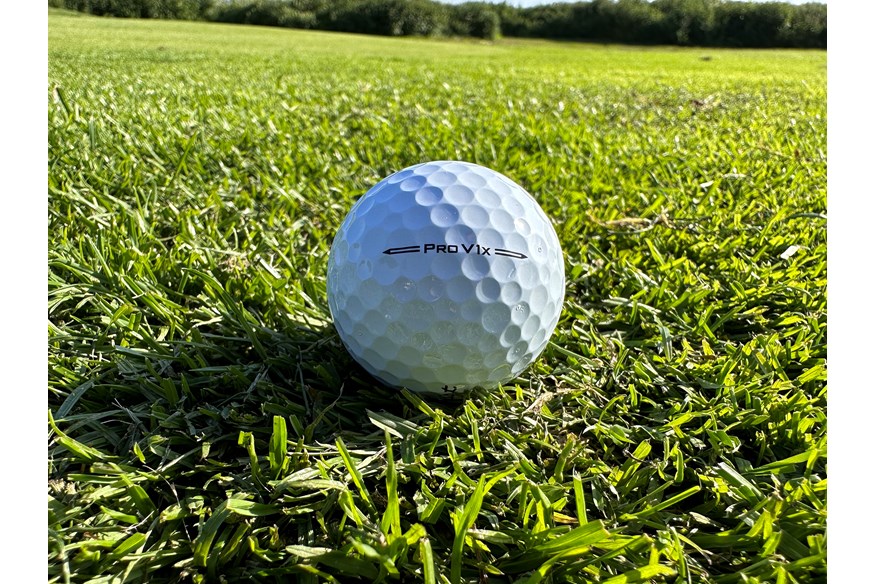
| Construction | Four-piece |
| Cover | Cast urethane elastomer |
| Dimples | 348 |
| Compression | 97-100 |
| Feel | Firm |
| Flight | High |
| Colors | White; Yellow |
- High gradient core design
- Speed amplifying high-flex casing layer
- Cast thermoset urethane cover
- Spherically tiled tetrahedral dimple design
- New dual-core dimension
Robot golf balls test data and verdict – Titleist Pro V1x
| Driver 85mph Swing | Titleist Pro V1x |
| Ball speed (mph) / Launch angle (º) | 123.2 / 13.3 |
| Backspin (rpm) | 2,914 |
| Carry (yards) | 191.2 |
| Driver 100mph Swing | |
| Ball speed (mph) / Launch angle (º) | 145.3 / 12.1 |
| Backspin (rpm) | 2,682 |
| Carry (yards) | 241.5 |
| Driver 115mph Swing | |
| Ball speed (mph) / Launch angle (º) | 166.8 / 10.9 |
| Backspin (rpm) | 2,098 |
| Carry (yards) | 293.4 |
| 7-Iron | |
| Ball speed (mph) / Launch angle (º) | 105.8 / 21 |
| Backspin (rpm) | 5,948 |
| Height (feet) | 86.4 |
| Descent angle (º) | 46.3 |
| Carry (yards) | 145.5 |
| Wedge | |
| Backspin (rpm) | 7,912 |
| Shot area (sq yds) | 21.1 |
| Carry (yards) | 106.1 |
| Average shot area | |
| Averaged over driver, 7-iron, and PW | 35.8yds sq |
Robot golf balls test verdict: If you’re the type of person who still thinks the firmer Pro V1x is just for faster swing speed players, you’re a bit out of touch. If launching shots higher will help you land approach shots softly and accurately more often, it’s likely the Pro V1x will be the best Titleist golf ball for your game.
Our test highlights how closely the two Pro V1s are matched for distance, and how they get there in slightly different ways. Greenside spin is very similar between the two, but we reckon more decent club golfers would prefer the Pro V1x’s additional iron (217rpm) and wedge spin (287rpm), and the slightly tighter shot area (4.7yds sq).
Read our full Titleist Pro V1x golf ball review.
Jump to a brand: Bridgestone | Callaway | Kirkland | Maxfli | Pinnacle | PXG | Srixon | TaylorMade | Titleist | Wilson
Robot golf balls test: Wilson
Top two in five different categories, including all three driver ball speeds
£3.75 per ball / 0.18p per yard (based on RRP)
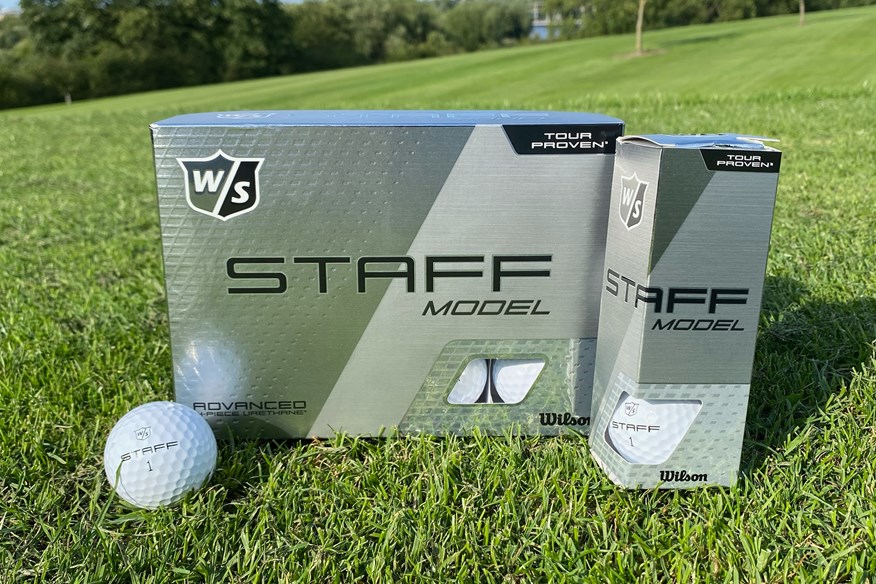

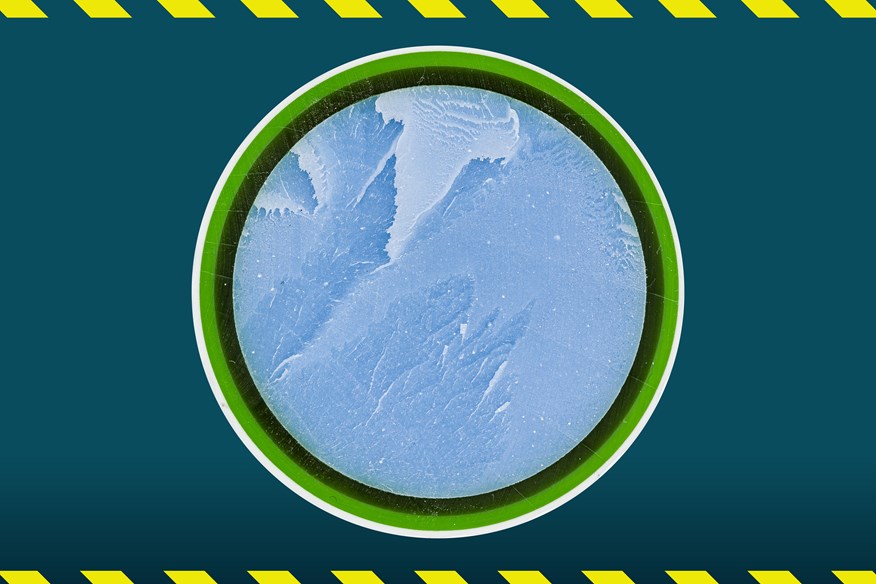
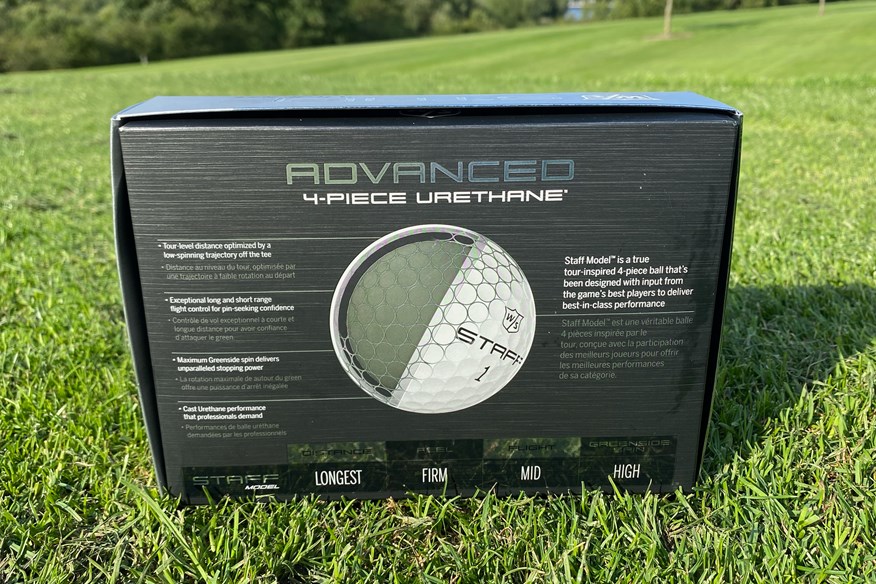
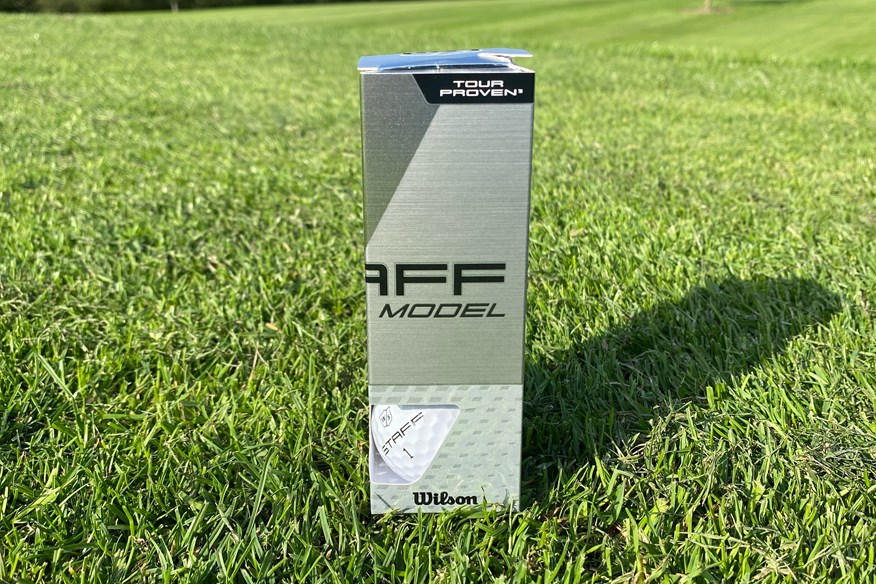
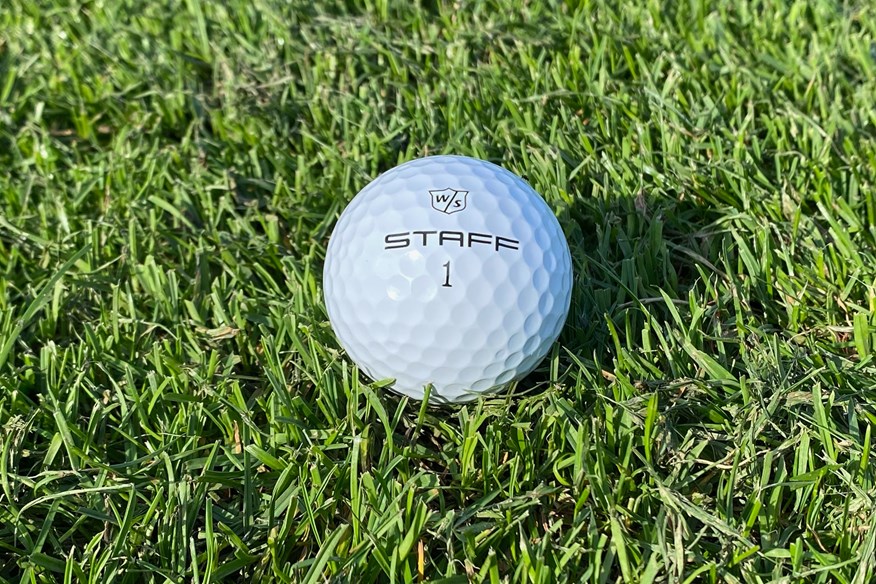
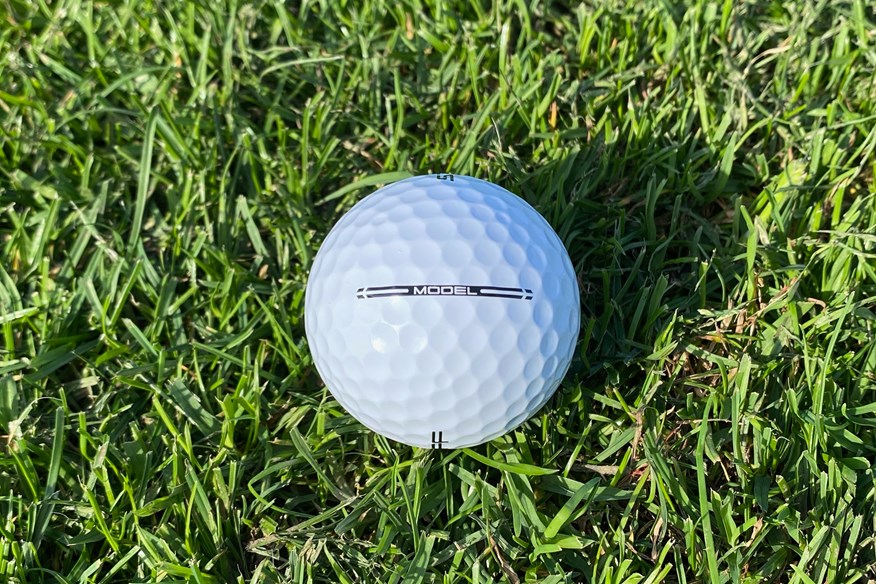
| Construction | Four-piece |
| Cover | Urethane |
| Dimples | 362 |
| Compression | 100 |
| Feel | Firm |
| Flight | Mid |
| Colors | White; Raw |
- V-COR advanced performance
- 4-Layer spin and control
- 3SIX2 seamless urethane cover
Robot golf balls test data and verdict – Wilson Staff Model
| Driver 85mph Swing | Wilson Staff Model |
| Ball speed (mph) / Launch angle (º) | 123.9 / 13.2 |
| Backspin (rpm) | 2,967 |
| Carry (yards) | 192.4 |
| Driver 100mph Swing | |
| Ball speed (mph) / Launch angle (º) | 146 / 12.2 |
| Backspin (rpm) | 2,804 |
| Carry (yards) | 241.7 |
| Driver 115mph Swing | |
| Ball speed (mph) / Launch angle (º) | 167.8 / 10.8 |
| Backspin (rpm) | 2,152 |
| Carry (yards) | 295.7 |
| 7-Iron | |
| Ball speed (mph) / Launch angle (º) | 106.3 / 21.3 |
| Backspin (rpm) | 5,812 |
| Height (feet) | 88.5 |
| Descent angle (º) | 46.6 |
| Carry (yards) | 146.7 |
| Wedge | |
| Backspin (rpm) | 7,942 |
| Shot area (sq yds) | 5.8 |
| Carry (yards) | 105.3 |
| Average shot area | |
| Averaged over driver, 7-iron, and PW | 18.7yds sq |
Robot golf balls test verdict: It could be argued Wilson don’t have too much pedigree when it comes to making top-level tour golf balls, but our results suggest the brand deserve way more credit than they get.
The Staff Model produced either our fastest or second-fastest ball speeds at all three driver speeds and our second-longest carry (295.7 yards) at 115mph. It also placed sixth in terms of wedge spin and impressively was our second most accurate ball overall.
At £3.75 per ball compared to a £4.17 Pro V1, the Wilson boasts some seriously impressive performance. Compared to both Titleist balls our data has the model down as being longer with the driver and iron. It sits between the two Titleists for iron spin, and out-spins both models with a wedge. Throw in how the Staff Model is slightly less expensive and more accurate on shot area and you’ve got a top-performing tour ball for a very reasonable amount of money.
Read our full Wilson Staff Model golf ball review.
The most accurate ball on test
£3.25 per ball / 0.16p per yard (based on RRP)
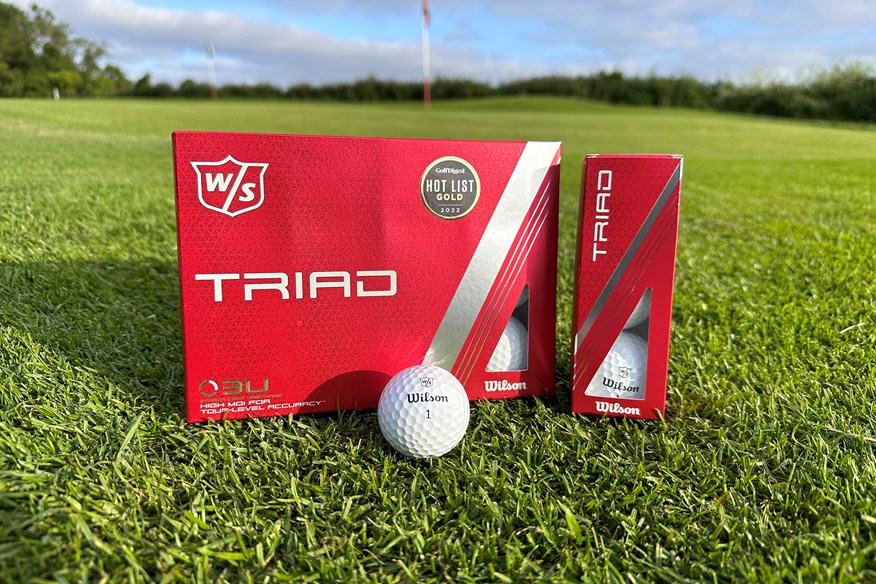

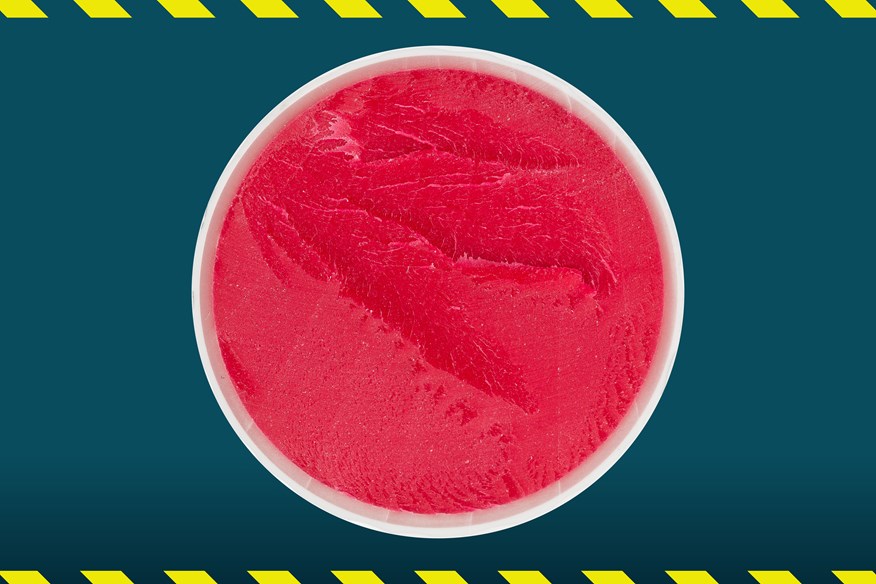
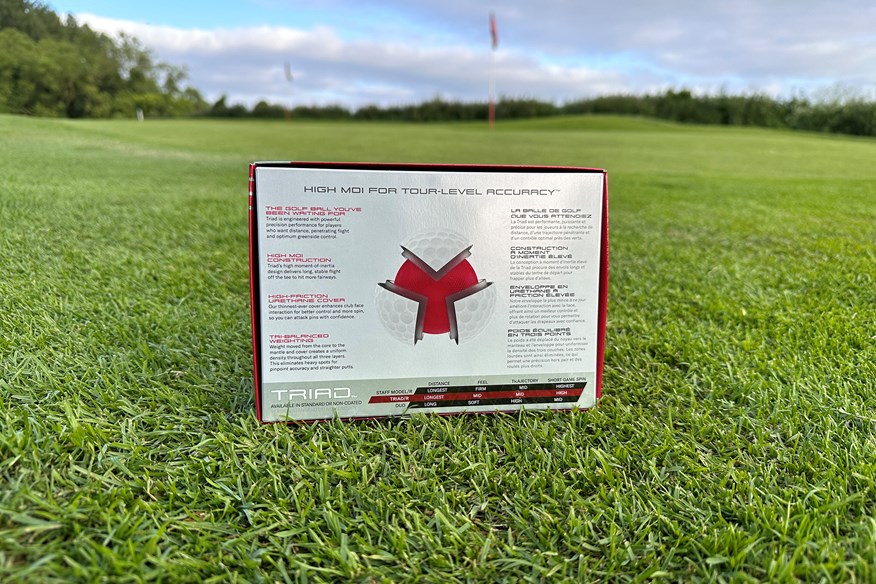
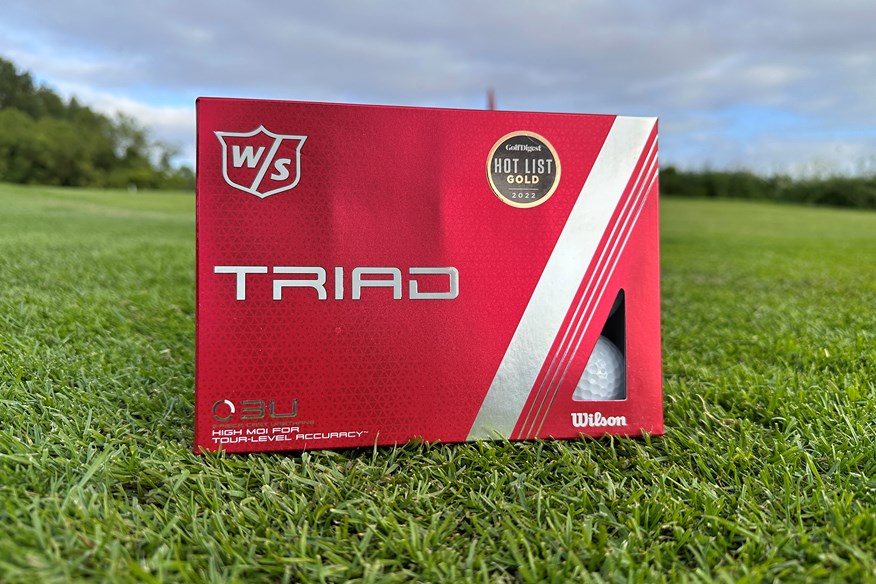
The Triad helps you hit more greens as a thinner cover dials up iron spin. And ensuring each ball is density balanced (with a centered core) helps you hole more putts.
Forget longer, faster, higher, lower, softer, or firmer (the Triad has an 85 compression), the Triad just helps you score better.
| Construction | Three-piece |
| Cover | Urethane |
| Dimples | 348 |
| Compression | 85 |
| Feel | Mid |
| Flight | Mid |
| Colors | White; Yellow; Raw |
- Triad balanced construction
- T3 technology
- High MOI design
- Ultra-thin urethane cover
Robot golf balls test data and verdict – Wilson Triad
| Driver 85mph Swing | Wilson Triad |
| Ball speed (mph) / Launch angle (º) | 123.6 / 13.3 |
| Backspin (rpm) | 2,797 |
| Carry (yards) | 193 |
| Driver 100mph Swing | |
| Ball speed (mph) / Launch angle (º) | 145.3 / 12.2 |
| Backspin (rpm) | 2,768 |
| Carry (yards) | 240.6 |
| Driver 115mph Swing | |
| Ball speed (mph) / Launch angle (º) | 166.4 / 10.7 |
| Backspin (rpm) | 2,138 |
| Carry (yards) | 292.7 |
| 7-Iron | |
| Ball speed (mph) / Launch angle (º) | 106.3 / 21.4 |
| Backspin (rpm) | 5,629 |
| Height (feet) | 88.5 |
| Descent angle (º) | 46.5 |
| Carry (yards) | 147.3 |
| Wedge | |
| Backspin (rpm) | 7,653 |
| Shot area (sq yds) | 5.8 |
| Carry (yards) | 105.9 |
| Average shot area | |
| Averaged over driver, 7-iron, and PW | 17.2yds sq |
Robot golf balls test verdict: We really like how Wilson pitch Triad as a ball for club golfers who don’t really want to add an element of extra distance to their game. It’s a statement that our results support. As long as you can live with giving up 2.5 yards against the very longest in the club golfer category, the Triad is a top performer.
Wilson said they dialed up iron spin, and our data highlights how the model spins more than the competition (TaylorMade Tour Response, Callaway Chrome Soft, Callaway ERC Soft, and Srixon Q-Star Tour). It’s also second only to the ERC Soft in terms of wedge spin.
Wilson promised greater accuracy too, which comes from removing weight from the core, but we were stunned then that the Triad came out as our most accurate overall ball (with a shot area of just 17.2 sq yds).
Read our full Wilson Triad golf ball review.
One of the leading two-piece models on test
£2.08 per balls / 0.10p per yard (based on RRP)
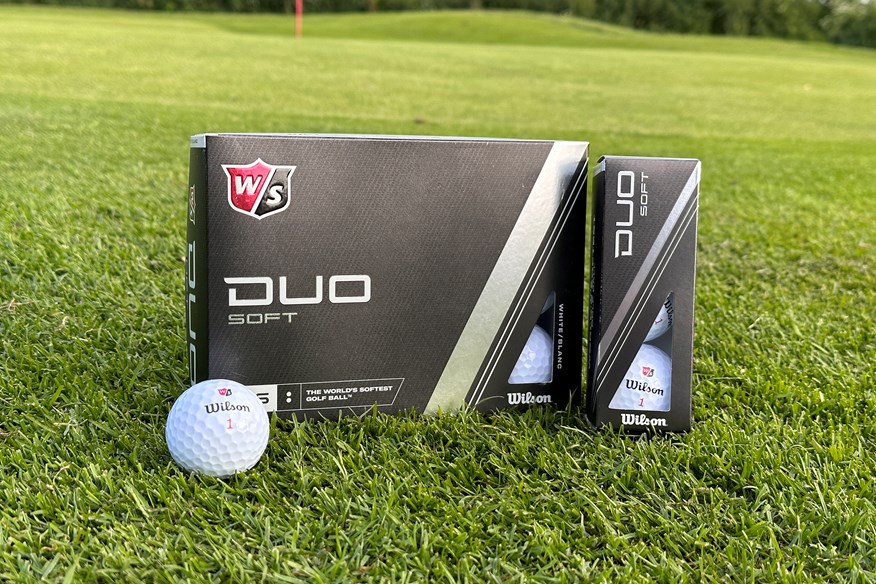

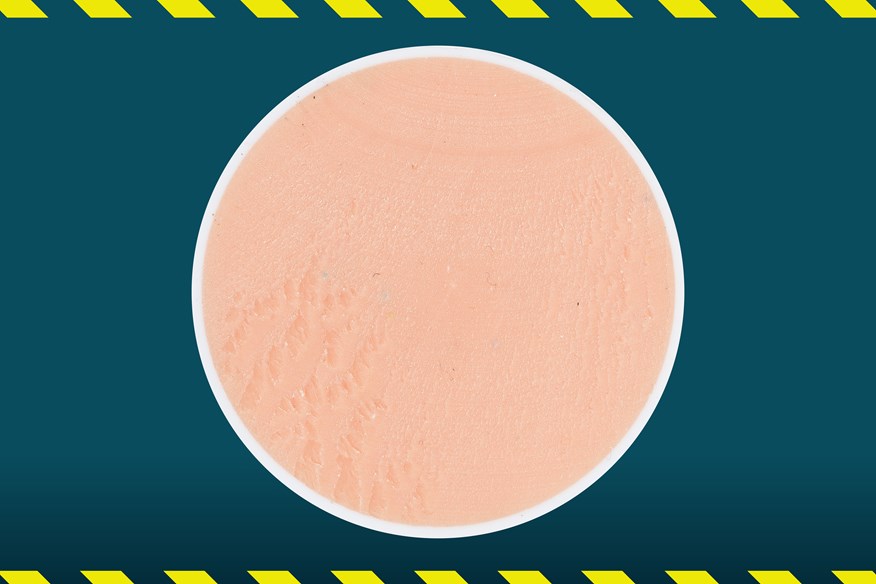
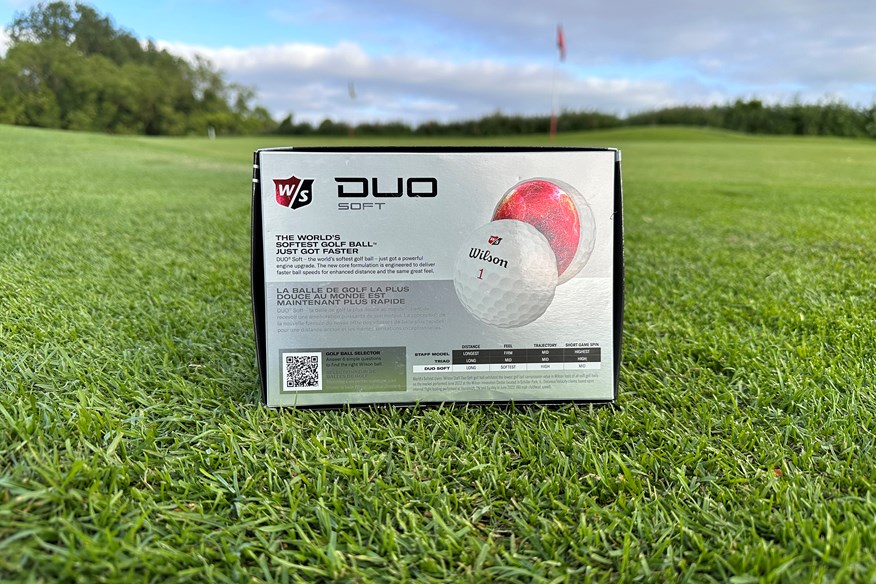
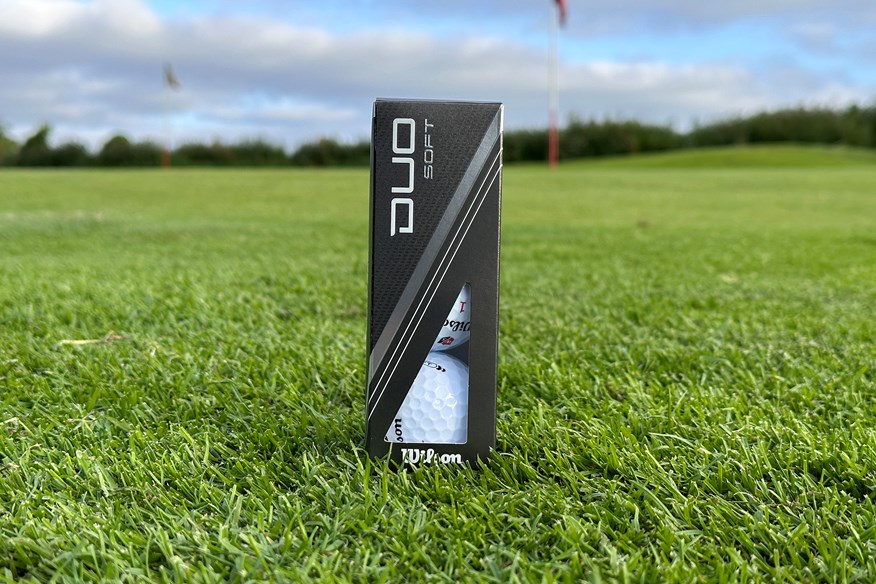
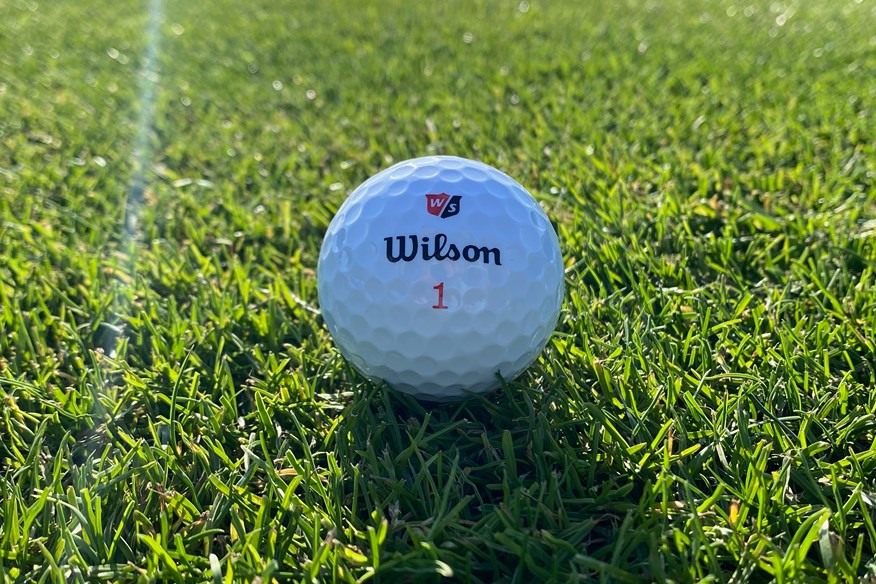
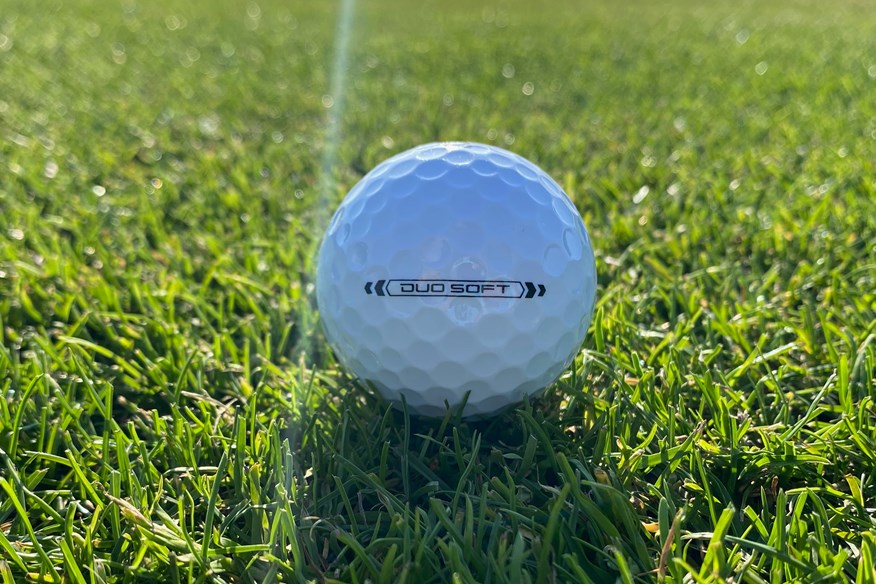
With six high visibility colors to choose between our test results will help you decide whether your game sits within Duo Soft’s two-piece sub-£30 category or whether it’s worth stretching to a urethane club golfer ball in the form of the Wilson Triad.
| Construction | Two-piece |
| Cover | Ionomer |
| Dimples | 302 |
| Compression | 40 |
| Feel | Soft |
| Flight | High |
| Colors | White; Yellow; Green; Orange; Red |
- Velocity boosting core
- Low compression core
Robot golf balls test data and verdict – Wilson Duo Soft
| Driver 85mph Swing | Wilson Duo Soft |
| Ball speed (mph) / Launch angle (º) | 122.1 / 14 |
| Backspin (rpm) | 2,300 |
| Carry (yards) | 194.1 |
| Driver 100mph Swing | |
| Ball speed (mph) / Launch angle (º) | 142.8 / 12.8 |
| Backspin (rpm) | 2,272 |
| Carry (yards) | 241.8 |
| Driver 115mph Swing | |
| Ball speed (mph) / Launch angle (º) | 162.4 / 11.3 |
| Backspin (rpm) | 1,921 |
| Carry (yards) | 286.8 |
| 7-Iron | |
| Ball speed (mph) / Launch angle (º) | 105.6 / 22.6 |
| Backspin (rpm) | 4,738 |
| Height (feet) | 91.4 |
| Descent angle (º) | 46.6 |
| Carry (yards) | 149.5 |
| Wedge | |
| Backspin (rpm) | 7,401 |
| Shot area (sq yds) | 9.9 |
| Carry (yards) | 105.9 |
| Average shot area | |
| Averaged over driver, 7-iron, and PW | 26.6yds sq |
Robot golf balls test verdict: Most golfers buying two-piece balls will never analyze each model’s performance before making a purchase, and that’s fine; it says plenty about the category and the people who buy within it. If you happen to plump for the Duo Soft, either by accident or choice, your game is in safe hands.
Compared to the two-piece competition, it ranks first for shot area, second for distance, third for wedge spin, and fourth for iron spin, so this is a really solid choice. However, we really wanted this test to highlight whether mid-handicap club golfers would be better served by a two-piece ball rather than a more expensive, three-piece urethane option (the Triad). If you’re happy to sacrifice a few yards and a little spin, save some cash and go for the Duo Soft.
Read our full Wilson Duo Soft golf ball review.
Jump to a brand: Bridgestone | Callaway | Kirkland | Maxfli | Pinnacle | PXG | Srixon | TaylorMade | Titleist | Wilson
Robot golf ball test results: The best performers
Our best tour golf balls

Callaway Chrome Soft X – RRP $39.99 / £50 per dozen
VIEW US OFFER | VIEW UK OFFER
To truly be tour level, a ball needs to be played by the world’s best, which means Maxfli’s strong performing Tour X couldn’t really be factored into this category.
We’ve picked the Chrome Soft X as, at 100 and 115mph with the driver, it was tied third and second for the fastest ball speed, and also only bettered by 0.2 yards of carry (by the Wilson Staff Model) as our longest tour ball. So, if leaving nothing behind off the tee is part of your strategy, the Chrome Soft X has you covered.
What really caught our eye, though, is an impressive blend of iron and wedge spin. Yes, the Pro V1x, TP5, and Z-Star Diamond are slightly higher spinning from both situations, but they’re fractionally shorter too. And when you throw in the Callaway’s tighter shot area than both the Titleists and TaylorMades, we reckon you’ve got yourself a winning model.
If your game puts more of a premium on iron and wedge spin, Srixon’s Z-Star Diamond is 1.4 yards shorter from the tee but offers 152rpm and 110rpm more iron and wedge spin respectively. And if you’re looking to slash your ball budget by using a Maxfli, the Tour X is a fraction longer but spins slightly less.

Wilson Staff Model – RRP $49.99 / £44.99 per dozen
VIEW US OFFER | VIEW UK OFFER
Wilson have come out of this test smelling of roses as not only are they keeping up with the big boys in terms of ball speed, spin and distance, but two of their models are also among our three most accurate balls.
It’s seriously impressive for a brand who aren’t currently renowned for making tour balls. In fact, if the Staff Model was a bit more widely played on tour it would be worthy of a shout for top honors in this category.
As far as ball speed goes, the Staff Model tied first at 100mph and second at 115mph, which meant it was our longest tour-level driver and iron ball.
Iron and wedge spin levels are very similar to a Pro V1x (and higher than a Pro V1), which is obviously a very good benchmark to hit. But the icing on the cake has to be an RRP that’s lower than the competition, and a tighter shot area.
Pound for pound, of the balls actually played on tour, this is the best-performing tour-level ball you can get your hands on – and you can currently pick it up for far less than the RRP.
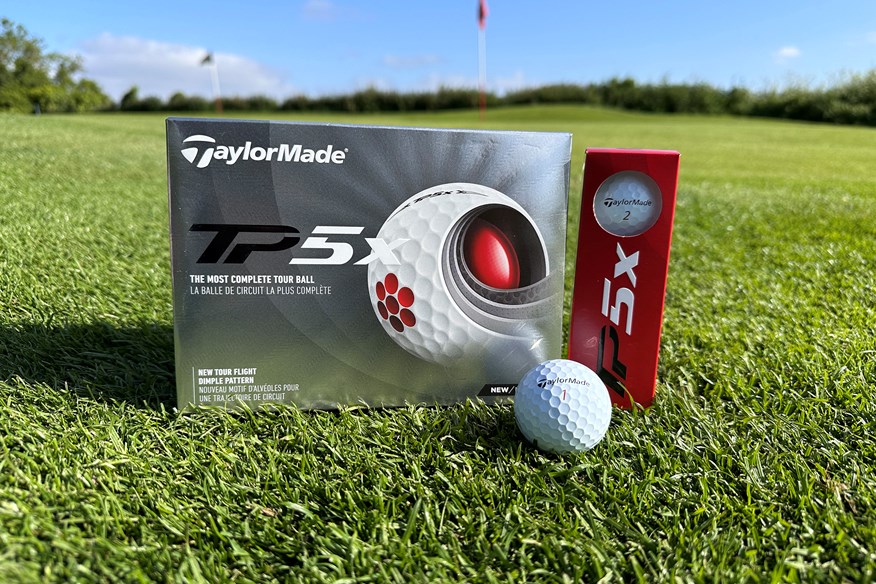
TaylorMade TP5x – RRP $49.99 / £49.99 per dozen
VIEW US OFFER | VIEW UK OFFER
Cast an eye over our data and you’ll see the TaylorMade TP5x is very closely matched to the Srixon Z-Star Diamond, so we understand some players will feel the Srixon could be a better option.
However, our thinking goes along the lines that if you’ve got the clubhead speed, you’re likely to appreciate a fraction more distance with your woods and irons, rather than exchanging that yardage for a fraction more iron and wedge spin (spin naturally comes from more speed anyway).
The TaylorMade TP5x numbers also look very similar to the Pro V1x on our spreadsheets, so either ball would be a fantastic choice. We’ve plumped for the TP5x as it has a fractionally smaller shot area when averaged over all five test situations, but if you went for the Pro V1x, we’d understand why.
On tour, the TP5x is played by the majority of TaylorMade athletes and it’s easy to see exactly why. Those players, male and female, all have speed, so naturally create a lot of spin. Unless they’re targeting a slightly lower ball flight, most gravitate towards the slightly longer and lower spin TP5x (we’re talking 200-300rpm less iron and wedge spin).
Our best club golfer balls

Callaway ERC Soft – RRP $39.99 / £44 per dozen
VIEW US OFFER | VIEW UK OFFER
Club golfers are spoilt for choice when it comes to performance three-piece balls nowadays, which is incredible considering this category wasn’t a thing a little over five years ago. By racking up first and fourth longest at the 85 and 100mph driver speeds (the speeds the ERC was designed for), and ranking second for 7-iron distance – all without giving away tons of valuable control – we think the ERC deserves the full attention of club golfers in 2023.
Of the three-piece balls that specifically target club golfers (TaylorMade Tour Response, Wilson Staff Triad, Srixon Q-Star Tour, and Callaway Chrome Soft), the ERC Soft produced the least amount of iron spin (12.8% lower than our test average), but the most wedge spin, which at first read set a few alarm bells ringing. But thanks to a higher shot height and steeper descent angle than our test averages, we reckon the ERC can work well for all but very moderate-swing-speed players.
If we were spending our own money, we’d look for Callaway’s new 360 Fade alignment version, which gives a belt-and-braces approach to performance and maximum alignment help on the dancefloor.

Wilson Staff Triad – RRP $29.99 / £39 per dozen
VIEW US OFFER | VIEW UK OFFER
After decades of testing, we’re well aware the claims made by brands don’t always stack up in terms of test data. When they do, however, we have to take our hat off and applaud those that deliver on their promise. The Triad is one of those products.
Just like Wilson say, it will be a better fit for golfers who are already happy with how far they hit the ball, even though it was never more than 0.3 yards short of our test averages with driver or 7-iron. Where the Triad shines, though, is in delivering more iron spin than its competitors and just 102rpm less than the significantly more expensive Titleist Pro V1; a performance it reverses with the wedge, where the Pro V1 spins a fraction less.
But where the Triad truly excels is in its accuracy. That’s exactly what Wilson promised when they removed a tiny amount of mass from the core to boost MOI, and our data shows the theory works in practice. Across the board, the Triad was considerably and consistently inside our shot area averages (second place at 100mph driver speed), which gave an overall ranking as our most accurate ball across all five test situations.
A brilliant choice for reasonable speed club golfers who could benefit from doubling down on accuracy and consistency over adding more distance to their game.

Srixon Q-Star Tour – RRP $34.99 / £36.99 per dozen
VIEW US OFFER | VIEW UK OFFER
So many golf balls over recent years have dined out on lowering spin to add distance, which is great as long as you have enough swing speed to launch shots high enough to maximize carry distance. Golfers who don’t have that speed need more spin to keep the ball in the air for longer, which makes the game more playable with higher shot heights and steeper landing angles. So, while on paper the Q-Star Tour might not stand out as a headline grabber, as it isn’t the fastest or longest, the reality is that at more reasonable swing speeds (hovering 5mph either side an average of 92mph with a driver), this ball is a very solid choice.
We’re fans of how spin doesn’t duck below 5,000rpm with a 7-iron, which is different from the Callaway ERC Soft, TaylorMade Tour Response, and Callaway Chrome Soft. Yes, the Tour is 679rpm behind our test average for full-shot wedge spin, but shots fly higher and descend at a steeper rate, so stopping power isn’t unduly compromised.
Our data also shows the Q-Star Tour to be incredibly accurate with 7-iron and wedge (8.8 and 5.3yds² respectively versus test averages of 9.4 and 12.3yds²), a trait reasonable speed club golfers will really appreciate over the course of a season. So it’s a cracking golf ball for club golfers – exactly the audience Srixon intended to target.
Our best golf balls under $/£30
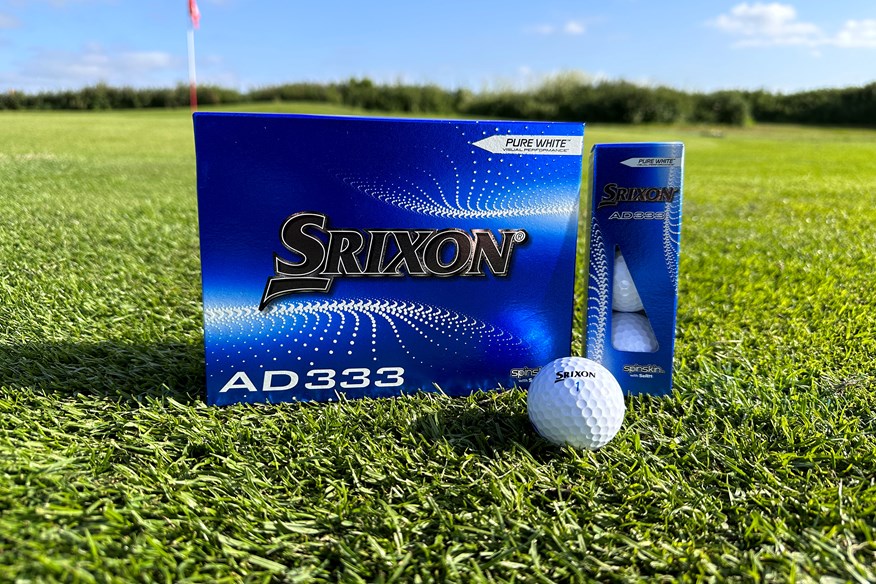
Srixon AD333 – RRP $29.99 / £27 per dozen
VIEW US OFFER | VIEW UK OFFER
Golf has become a launch monitor game, and it’s easy to simply identify the longest or fastest equipment when buying golf balls, drivers or irons. But to ensure you play equipment that helps rather than hinders your entire game, you really need to look for across-the-board performance to ensure you can play and score out on the course. Because being longest off the tee simply isn’t enough reason to warrant a purchase.
The popular AD333 was a top performer in our 2019 robot test, and we’d heartily recommend it again if you’re spending less than £30 on a dozen balls.
It’s neither the fastest nor the longest with a driver or iron. In fact, in the two-piece category, you’ll likely give up 1.9 yards with a driver and 2.9 yards with a 7-iron against the very longest. But the AD333 comes into its own with irons and wedges. Within the two-piece category, this was our highest spinning 7-iron model (5,243rpm) and second highest spinning wedge ball, which at 7,711rpm is higher than a Titleist Pro V1.
Factor in a higher-than-average shot height and steeper descent angle and you quickly build a picture
of the AD333 being very playable on the course.
It isn’t the cheapest ball in the category, but our data suggests at swing speeds hovering around average (92mph with a driver) or below, this would be a better choice than the lower-spinning Wilson Duo Soft or Callaway Supersoft.

Wilson Duo Soft – RRP $22.99 / £25 per dozen
VIEW US OFFER | VIEW UK OFFER
Based on where you want to put emphasis in your own game, it could easily be argued that four of the five balls within our two-piece category deserve top honors.
If you have an average or above swing speed (92mph+ with the driver), the Duo Soft is likely to be a preferable option, as you don’t need the additional spin and shot height appreciated by more moderate-speed players who’ll benefit from playing Srixon’s AD333.
At 100 mph with the driver, the Duo Soft span 13.4% less than our test average, and 6.8% less than the Srixon AD333 (it also span 12.9% less than the test average with 7-iron), which adds distance as long as you have enough speed to launch shots high enough to maximize carry.
Within the two-piece category, the Duo Soft was also our third highest spinning wedge ball and most accurate model, with a shot area 14.7% smaller than average. If £25 for a dozen balls is your limit, your game’s in safe hands with the Duo Soft.
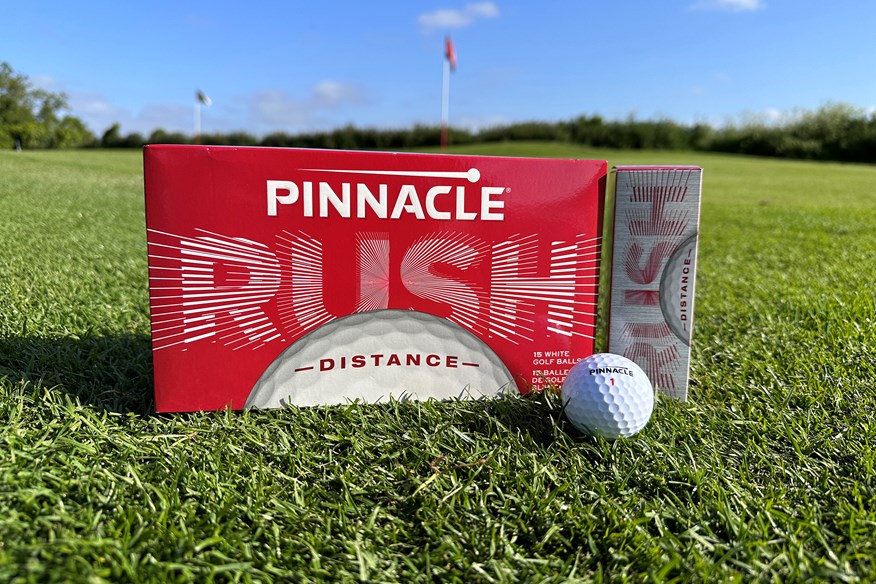
Pinnacle Rush – RRP $25 / £20.99 per 15 balls
VIEW US OFFER | VIEW UK OFFER
With Pinnacle’s reputation for being rock-hard distance balls, we were astonished to see the results the Rush produced with a pitching wedge. At 7,925rpm – 4.6% above our test average – the model was the highest spin two-piece wedge ball, and it outspan models such as the Pro V1 and Pro V1x. Before you get too carried away with numbers, we’d recommend trying the joint least expensive ball on test (tied with the Kirkland Signature at 7p per yard) from the greenside to gauge feel and control, as neither formed part of this test.
If you like the feel from short range, then our data suggests that thanks to the Pinnacle being longest within the two-piece category (242.6 yards at 100mph), but a couple of yards back from the longest at 85mph with a driver, this ball is likely to give the best results for average and above swing speed players. If, however, you’re just looking for the cheapest balls you can get your hands on and your swing speed is below average (92mph with a driver), in exchange for three/four yards with the driver/7-iron, the three-piece urethane cover Kirkland Signature+ spins more than the Rush (with irons and wedges), and gives more control greenside.
Robot golf ball test data: The key numbers compared
Driver Distance and Shot Area (Averaged over three speeds)
Average distance: 241.7yds
Average shot area: 71.8yds sq
We all want to play the longest, most accurate golf ball, but make sure you don’t just look at that data exclusively; it’s important to factor in iron and wedge performance to properly optimize a ball across all areas of your game.
Interestingly, our shot area grew from 41.85sq yds at 85mph, to 56.7 sq yds (35.5% bigger) at 100mph, and 117 sq yds (106.3 % bigger) at 115mph, which highlights brilliantly the impact speed has on accuracy and tolerances. Don’t instantly write off balls with a bigger shot area; some are specifically designed to be easier to shape, whereas lower spin balls often claim to improve accuracy by cutting spin.
Our data highlights Wilson being top performers for accuracy, with the higher MOI Triad (thanks to moving weight from the core to the outer) ranking as most accurate with a driver.
Our test averages of 241.7 yards and shot area of 71.8sq yds give a great indication of which balls are punching above their weight.
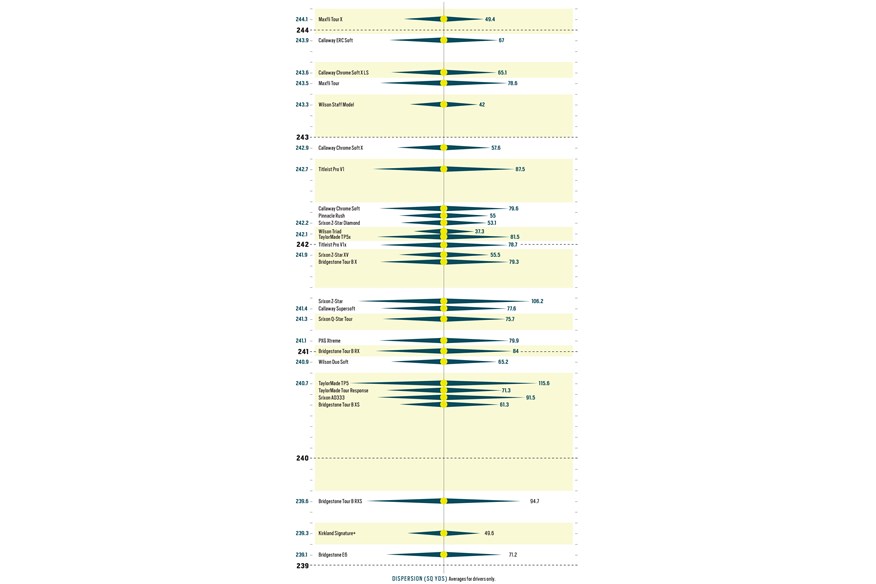
Cost per yard
Golfers often buy golf balls based on what they can afford, which isn’t the worst decision as long as you commit
to playing one ball and don’t keep switching. Based on the average amount of yards racked up at our three driver speeds, this is a cost per yard for all 28 balls tested.
Balls that grabbed our attention include the Kirkland Signature+, the cheapest urethane ball tested. For golfers wanting tour-style balls from a recognized brand name, PXG Xtreme is great value, too.
And if your budget means you’re looking at less expensive models, the Pinnacle Rush blends an impressive 7p per yard cost with being our highest spinning two-piece ball with a wedge.
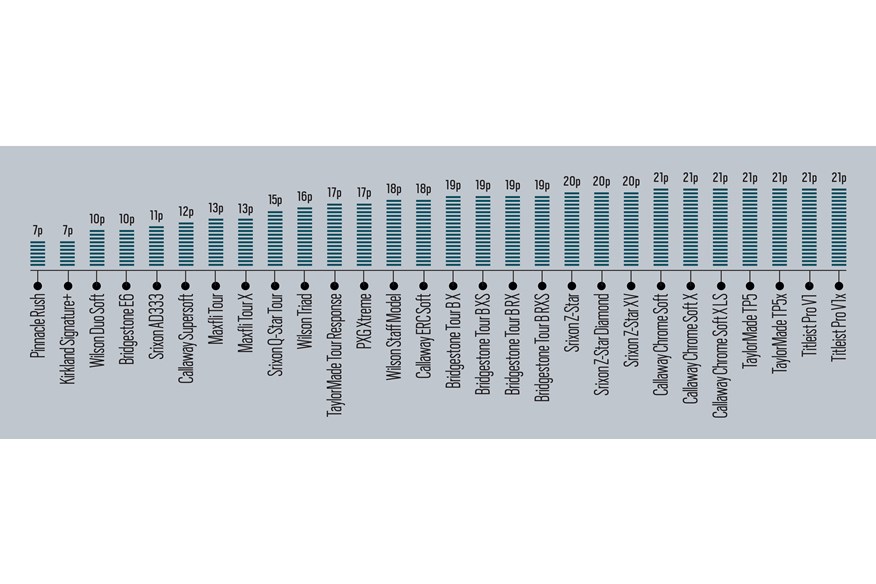
Lowest/Highest Driver Spin
We’d never recommend just buying the lowest spin driver ball you can get your hands on, as lower spin with the driver typically means low spin through the bag. That’s far from ideal for most golfers when hitting iron approach shots into greens, especially if you use strong-lofted irons.
However, it’s no secret low spin balls add distance where higher spin models rob you of it. If you’re looking to identify the lowest spinning driver ball in any category, this chart shows backspin averaged over our 100mph and 115mph driver speeds. Unsurprisingly, two-piece balls that target distance for average golfers rise to the top as brands know at this end of the market people buy predominantly on distance.
Our advice is to not just look at driver spin and distance. Factor in iron and wedge performance, too. Sometimes that might mean giving up driver spin and distance (this test has just five yards of carry distance between all 28 balls) to help the areas of your game you put most emphasis on.
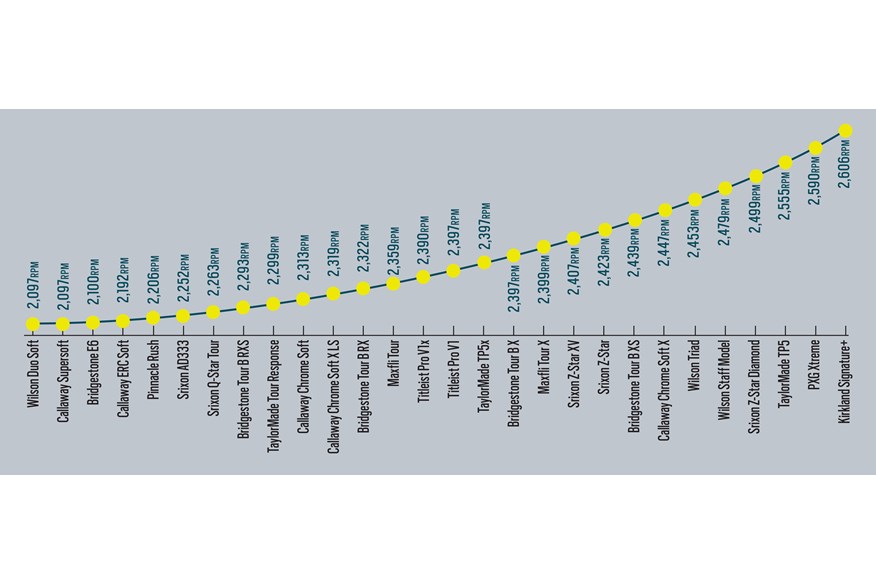
Optimized Descent
Descent angle is set to play a bigger role in the fitting of irons going forward, and your choice of golf ball can help you achieve your optimal set-up.
At lower speeds be wary when backspin drops below 5,000rpm and the descent angle is less than 45°, as it’s going to be hard to bring shots to a stop quickly, which obviously affects your scoring potential. At higher speeds, it should be less of an issue unless you’re exploring stronger lofted irons.
Here’s how all 28 balls compare for peak height and descent angle with a 7-iron.
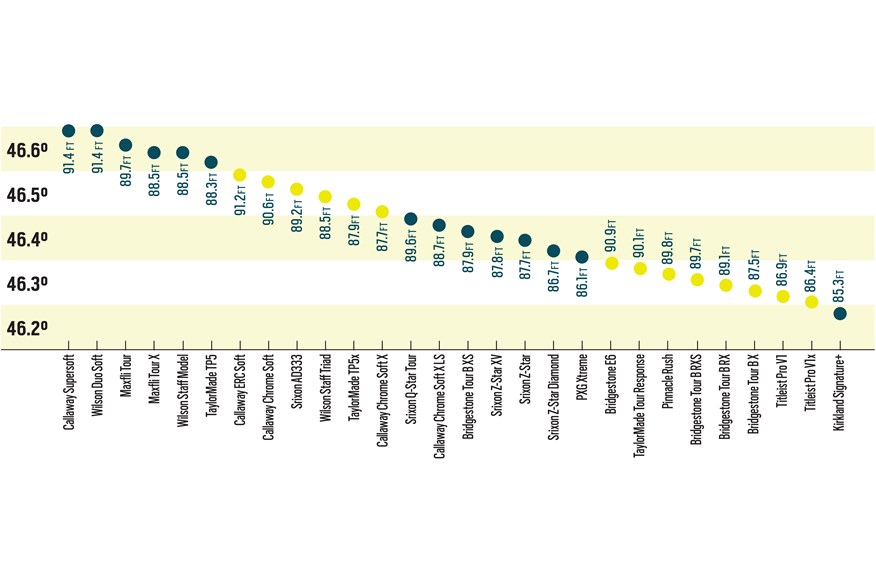
Wedge Spin
While we’d never recommend buying a golf ball based purely on wedge spin performance, we’ve heard tons of golfers over the years who say they do. With 1,565rpm between our highest and lowest spinning models, it’s worth knowing where your prospective purchase sits in relation to the competition.
Just remember – this ISN’T greenside spin, and some balls have very special covers to grab and grip a wedge’s grooves for the shortest, most delicate shots around the green. It’s imperative to use a ball you like the spin, feel, and feedback from in the short game.
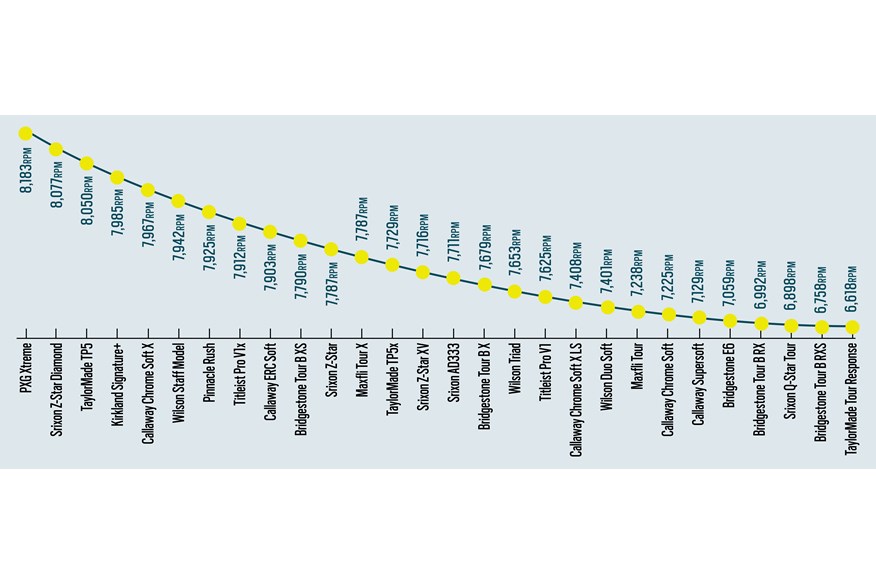
Constructions compared
With a number of brands now only making three-piece tour balls, the debate over the best construction method is not going away. Here’s a breakdown across driver (averaged over all three speeds), iron and wedge.
If you’re anything like us, your eyes are likely to be drawn to the differences between two-piece and three-piece club golfer balls, asking if the performance difference is worth the extra dosh.
The chart’s also useful for seeing how closely slightly less expensive three-piece club golfer balls are matched to tour balls, too.
| TWO-PIECE | THREE-PIECE CLUB GOLFER | THREE-PIECE TOUR | FOUR-PIECE TOUR | FIVE-PIECE TOUR | |
| Driver | Driver | Driver | Driver | Driver | |
| Ball Speed | 142.8mph | 144.4mph | 145mph | 145.5mph | 145.1mph |
| Launch Angle | 12.6º | 12.2º | 12.1º | 12.1º | 12º |
| Backspin | 2,236rpm | 2,486rpm | 2,570rpm | 2,569rpm | 2,640rpm |
| Height | 80.7ft | 83.5ft | 84.7ft | 85.1ft | 84.5ft |
| Descent Angle | 34.1º | 35.3º | 35.8º | 35.8º | 36.1º |
| Carry | 240.9yds | 241.5yds | 241.8yds | 243yds | 241.1yds |
| Shot Area | 72.1yds sq | 71.8yds sq | 73.8yds sq | 61yds sq | 98.6yds sq |
| 7-iron | 7-iron | 7-iron | 7-iron | 7-iron | |
| Ball Speed | 105.6mph | 106mph | 106mph | 106.1mph | 106.3mph |
| Launch Angle | 22.3º | 21.7º | 21.1º | 21.2º | 21.3º |
| Backspin | 4,814rpm | 5,309rpm | 5,780rpm | 5,751rpm | 5,836rpm |
| Height | 90.5ft | 89ft | 87.4ft | 87.8ft | 88.1ft |
| Descent Angle | 46.5º | 46.4º | 46.4º | 46.5º | 46.6º |
| Carry | 149.1yds | 148.1yds | 146.6yds | 146.7yds | 146.6yds |
| Shot Area | 14.3yds sq | 9.1yds sq | 8.9yds sq | 8.1yds sq | 3.8yds sq |
| Wedge | Wedge | Wedge | Wedge | Wedge | |
| Ball Speed | 85.2mph | 85.2mph | 85.2mph | 85.2mph | 85.6mph |
| Launch Angle | 30º | 29.8º | 29.3º | 29.3º | 29.3º |
| Backspin | 7,445rpm | 7,345rpm | 7,779rpm | 7,807rpm | 7,890rpm |
| Height | 79.4ft | 79.4ft | 78ft | 77.8ft | 78.5ft |
| Descent Angle | 49.7º | 49.7º | 49.4º | 49.4º | 49.5º |
| Carry | 105.5yds | 105.7yds | 105.5yds | 105.4yds | 105.7yds |
| Shot Area | 13.1yds sq | 12.1yds sq | 8.4yds sq | 15.6yds sq | 16.4yds sq |
Robot golf ball test: What we learned
Some golfers believe it doesn’t matter what ball they use. “Whatever I find!” is a common response. But this test proves that finding the right ball for your game is just as important as finding the right driver or putter. We spend a lot of time testing and talking about balls with real golfers, yet the repetitive and reliable action of a robot throws up data you just can’t get from a human being – and some of it surprised us. We’ve already presented all that data, and chosen our favorite balls in each of the three categories – tour level, club golfer, and budget. Here, though, are some of the key findings and themes from the test.
Now is the time to look at club golfer-focused balls
Urethane cover club golfer balls have been on the scene for a few years now and based on our results, now is the time to give them your full attention, if you haven’t done so already. Compared to the market-leading tour ball, the Wilson Triad is virtually inseparable on all traditional metrics, yet the Wilson is 92p a ball cheaper and is more accurate. Name a club golfer who that equation doesn’t work for!
It’s time to rethink which Pro V1 you use
If you’ve blindly played the Titleist Pro V1 for a decade or more, we don’t want to break the bad news, but you really should think about trying a Pro V1x. Both have changed dramatically over the last two iterations and today the Pro V1x is a higher flight, higher spinning ball with both the irons and wedges, traits which lots of decent club golfers will appreciate in terms of scoring. We hope we never hear another club golfer tell us they play the Pro V1 “for maximum spin and control” again…
What happened to Bridgestone?
Well, nothing too much, really. Bridgestone make great golf balls – Tiger wouldn’t use one if they didn’t – but none of the brand’s models appeared at the top of our data charts. We are of course talking minuscule differences between some of our top performers and the rest of the pack, and we were surprised the Tour B X (which regularly frequents Ping’s Ballnamic recommendations) didn’t have more of an impact on this test.
Two-piece golf balls can spin
Nobody would believe us if we said a budget two-piece Pinnacle Rush spins more with a full wedge shot than a four-piece tour ball. Or the two-piece Srixon AD333 spins more than a tour ball. But our data shows that two-piece golf balls can spin from 100 yards out. So, if you’ve ruled out two-piece balls before because they feel hard and don’t spin, it’s time to think again. Two-piece models could slash your ball budget while giving up very little in terms of discernible on-course performance for many average golfers.
Maxfli can seriously cut your ball budget
New golf ball brands have popped up everywhere recently, and while Maxfli isn’t a new name in the game, it does have a relatively new owner in US retailer Dick’s Sporting Goods.
We regularly hear golfers talking up random new golf ball models from completely unknown sources, and this test shows how two of the most talked about fare. Where the Kirkland Signature+ has many fans, our data says it’s a very high spin ball, one that at above-average speeds is much less attractive. Whereas the Maxfli Tour X – which costs more than the Kirkland – is a very credible alternative to a Titleist Pro V1x. So, it’s entirely possible (particularly in the USA) to slash your premium golf ball budget, as long as you’re happy playing a tour-level ball that isn’t actually played on tour.
So why didn’t we make more of the Maxfli Tour X?
Many will spot how the Maxfli Tour X ball racked up six top three spots, more than any other single ball, for across-the-board performance, so you may well be asking why we haven’t made more of it. Maxfli is owned by giant sports goods company Dick’s Sporting Goods in America, and they’re tricky to get hold of in the UK (you can’t even view their website from here). You can get them on Amazon, but the cheapest we could find was £51.62 a dozen; not particularly budget.
Soft golf balls aren’t short balls
You might have heard the phrase ‘soft is slow’ when it comes to golf balls, but when used by their intended audience, our data proves ‘soft is not short’. At our 85mph driver speed, all four of the longest balls have ‘soft’ in their name, and the same is true with a 7-iron. If you swing at less than 95mph with a driver, and you put a premium on soft-feeling balls, you’ve got little to lose in terms of carry distance by choosing a designated soft/lower compression golf ball. Just make sure you get enough wedge and iron spin to complement your game.
Data charts
85MPH Driver Data
| Ball Speed (MPH) | Launch Angle (DEG) | Backspin (RPM) | Height (FT) | Descent Angle (DEG) | Carry Distance (YDS) | |
| Callaway Supersoft | 122.4 | 14.1 | 2280 (Lowest) | 66.7 | 33 | 195 (1) |
| Callaway Chrome Soft | 123 | 13.7 | 2544 | 67.6 | 33.8 | 194.1 (T2) |
| Wilson Duo Soft | 122.1 | 14 | 2300 | 65.8 | 33 | 194.1 (T2) |
| Callaway ERC Soft | 122.9 | 13.8 | 2549 | 68 | 34 | 194 |
| Maxfli Tour | 123.5 | 13.5 | 2723 | 68.5 | 34.7 | 193.6 |
| Callaway Chrome Soft X LS | 123.3 | 13.4 | 2742 | 68.1 | 34.4 | 193.1 |
| Srixon Q-Star Tour | 122.6 | 13.6 | 2504 | 66.2 | 33.4 | 193.1 |
| Wilson Triad | 123.6 (T3) | 13.3 | 2797 | 67.9 | 34.4 | 193 |
| Titleist Pro V1 | 123.5 | 13.5 | 2803 | 69 | 35.2 | 193 |
| Bridgestone E6 | 121.9 | 13.9 | 2325 | 65.1 | 32.6 | 193 |
| Pinnacle Rush | 122.8 | 13.6 | 2610 | 67.2 | 33.8 | 192.9 |
| TaylorMade Tour Response | 122.5 | 13.8 | 2602 | 67.8 | 34.4 | 192.6 |
| Srixon AD333 | 122.3 | 13.9 | 2525 | 67.2 | 33.8 | 192.6 |
| Wilson Staff Model | 123.9 (1) | 13.2 | 2967 | 69.5 | 35.3 | 192.4 |
| Maxfli Tour X | 123.7 (2) | 13.4 | 2961 | 70.1 | 35.7 | 192.4 |
| Callaway Chrome Soft X | 123.6 (T3) | 13.4 | 2942 | 70 | 35.3 | 192.3 |
| Srixon Z-Star Diamond | 123.4 | 13.4 | 2869 | 68.8 | 34.9 | 192.2 |
| Srixon Z-Star | 123.1 | 13.5 | 2807 | 68.5 | 34.8 | 192.1 |
| Srixon Z-Star XV | 123.2 | 13.4 | 2858 | 68.7 | 34.9 | 191.9 |
| PXG Xtreme | 123.6 (T3) | 13.2 | 2975 | 68.6 | 35.1 | 191.5 |
| TaylorMade TP5x | 123.1 | 13.4 | 2907 | 69.1 | 35.4 | 191.4 |
| Bridgestone Tour B RX | 122.9 | 13.2 | 2769 | 66.3 | 34 | 191.4 |
| Bridgestone Tour B XS | 123.4 | 13.1 | 2901 | 67.2 | 34.6 | 191.3 |
| Titleist Pro V1x | 123.2 | 13.3 | 2914 | 68.3 | 35.2 | 191.2 |
| Bridgestone Tour B X | 123.3 | 13 | 2895 | 66.9 | 34.4 | 191.1 |
| TaylorMade TP5 | 123.3 | 13.2 | 3028 (Highest) | 68.9 | 35.2 | 190.6 |
| Bridgestone Tour B RXS | 122.5 | 13.1 | 2756 | 65.3 | 33.7 | 190.3 |
| Kirkland Signature + | 123.1 | 13.1 | 2998 | 67.8 | 34.9 | 190.3 |
| Average | 123.1 | 13.5 | 2745 | 67.8 | 34.4 | 192.4 |
100MPH Driver Data
| Ball Speed (MPH) | Launch Angle (DEG) | Backspin (RPM) | Height (FT) | Descent Angle (DEG) | Carry Distance (YDS) | |
| Callaway ERC Soft | 144.7 | 12.5 | 2397 | 88.3 | 36.5 | 244.2 (1) |
| Maxfli Tour | 145.4 | 12.3 | 2617 | 90.8 | 37.6 | 243.1 (2) |
| Maxfli Tour X | 146 (T1) | 12.2 | 2713 | 92.1 | 38.2 | 243 (3) |
| Callaway Chrome Soft X LS | 145.3 | 12.3 | 2595 | 90 | 37.5 | 242.7 |
| Pinnacle Rush | 144 | 12.6 | 2413 | 87.8 | 36.5 | 242.6 |
| Wilson Duo Soft | 142.8 | 12.8 | 2272 | 85.7 | 35.7 | 241.8 |
| Wilson Staff Model | 146 (T1) | 12.2 | 2804 | 93.5 | 38.8 | 241.7 |
| Callaway Chrome Soft X | 145.9 (3) | 12.1 | 2774 | 92.1 | 38.4 | 241.6 |
| Titleist Pro V1 | 145.1 | 12.3 | 2679 | 91 | 37.9 | 241.6 |
| Titleist Pro V1x | 145.3 | 12.1 | 2682 | 90.1 | 37.8 | 241.5 |
| Callaway Chrome Soft | 144.2 | 12.4 | 2541 | 88.7 | 37.1 | 241.4 |
| Callaway Supersoft | 142.8 | 12.7 | 2284 | 85.1 | 35.6 | 241.4 |
| TaylorMade TP5x | 145.3 | 12 | 2700 | 89.7 | 37.9 | 241.2 |
| Srixon Q-Star Tour | 143.8 | 12.5 | 2466 | 87.2 | 36.7 | 240.9 |
| Bridgestone Tour B X | 145.1 | 12.1 | 2686 | 90 | 37.8 | 240.8 |
| TaylorMade Tour Response | 143.9 | 12.3 | 2515 | 87.2 | 36.7 | 240.7 |
| Srixon AD333 | 143.5 | 12.4 | 2438 | 86.4 | 36.4 | 240.7 |
| Wilson Staff Triad | 145.3 | 12.2 | 2768 | 91.9 | 37.8 | 240.6 |
| Srixon Z-Star XV | 145.2 | 12.1 | 2739 | 90.7 | 38.1 | 240.5 |
| Srixon Z-Star Diamond | 145.5 | 12.2 | 2827 | 93.3 | 38.8 | 240.4 |
| Bridgestone Tour B RX | 144.2 | 12.3 | 2623 | 89.4 | 37.5 | 240.2 |
| Srixon Z-Star | 144.9 | 12.2 | 2723 | 90.5 | 38.1 | 240.1 |
| Bridgestone Tour B RXS | 143.5 | 12.5 | 2511 | 88.1 | 36.9 | 240.1 |
| Bridgestone Tour B XS | 144.6 | 12.2 | 2731 | 90.7 | 38.1 | 239.6 |
| Bridgestone E6 | 141.7 | 12.9 | 2257 (Lowest) | 84.5 | 35.4 | 239.5 |
| PXG Xtreme | 145.6 | 12 | 2925 (Highest) | 92.7 | 39 | 239 |
| TaylorMade TP5 | 145.2 | 12 | 2888 | 91.5 | 38.8 | 238.6 |
| Kirkland Signature + | 144.9 | 12 | 2904 | 91.7 | 38.7 | 237.9 |
| Average | 144.6 | 12.3 | 2624 | 89.7 | 37.5 | 241 |
115MPH Driver Data
| Ball Speed (MPH) | Launch Angle (DEG) | Backspin (RPM) | Height (FT) | Descent Angle (DEG) | Carry Distance (YDS) | |
| Maxfli Tour X | 168.1 (1) | 10.9 | 2084 | 95.1 | 34.3 | 296.8 (1) |
| Wilson Staff Model | 167.8 (T2) | 10.8 | 2152 | 97.2 | 34.9 | 295.7 (2) |
| Callaway Chrome Soft X LS | 167.2 | 10.9 | 2042 | 94.9 | 33.7 | 295.1 (3) |
| Callaway Chrome Soft X | 167.8 (T2) | 10.6 | 2119 | 93.8 | 34 | 294.9 |
| Srixon Z-Star Diamond | 167.2 | 10.7 | 2171 | 99 | 34.9 | 293.9 |
| Bridgestone Tour B X | 166.8 | 10.8 | 2108 | 93.8 | 34.3 | 293.8 |
| Maxfli Tour | 166.7 | 11 | 2101 | 94.6 | 34.5 | 293.8 |
| TaylorMade TP5x | 166.9 | 10.8 | 2093 | 92.8 | 34.1 | 293.7 |
| Callaway ERC Soft | 166 | 11 | 1986 | 92.3 | 33.1 | 293.6 |
| Titleist Pro V1 | 166.7 | 10.9 | 2115 | 94.1 | 34.4 | 293.4 |
| Titleist Pro V1x | 166.8 | 10.9 | 2098 | 93.4 | 34.4 | 293.4 |
| Srixon Z-Star XV | 166.8 | 10.6 | 2074 | 90.1 | 33.6 | 293.3 |
| Wilson Staff Triad | 166.4 | 10.7 | 2138 | 93.9 | 34.4 | 292.7 |
| PXG Xtreme | 167.3 | 10.6 | 2255 | 97.8 | 35.4 | 292.7 |
| Srixon Z-Star | 166 | 10.9 | 2123 | 96 | 34.4 | 292 |
| Callaway Chrome Soft | 165.4 | 11 | 2084 | 94.1 | 34.3 | 291.7 |
| Bridgestone Tour B RX | 165.2 | 10.9 | 2020 | 88.7 | 33.2 | 291.3 |
| Pinnacle Rush | 164.7 | 11.1 | 1999 | 90.3 | 33.3 | 291.2 |
| Bridgestone Tour B XS | 165.7 | 10.8 | 2147 | 96.8 | 34.6 | 291.1 |
| TaylorMade TP5 | 166.5 | 10.7 | 2222 | 95.1 | 35.3 | 291 |
| Srixon Q-Star Tour | 164.7 | 10.9 | 2059 | 93.5 | 33.7 | 289.8 |
| Kirkland Signature + | 166.3 | 10.5 | 2307 (Highest) | 96.5 | 35.8 | 289.8 |
| TaylorMade Tour Response | 164.3 | 11 | 2083 | 91.1 | 34 | 288.7 |
| Srixon AD333 | 164 | 11.1 | 2066 | 93.4 | 34 | 288.7 |
| Bridgestone Tour B RXS | 164.1 | 11 | 2074 | 93.1 | 33.9 | 288.4 |
| Callaway Supersoft | 162.7 | 11.5 | 1910 (Lowest) | 90.8 | 32.8 | 287.8 |
| Wilson Duo Soft | 162.4 | 11.3 | 1921 | 88.7 | 32.4 | 286.8 |
| Bridgestone E6 | 161.8 | 11.2 | 1943 | 86.5 | 32.5 | 284.9 |
| Average | 165.8 | 10.9 | 2089 | 93.5 | 34.1 | 291.8 |
7-Iron Data
| Ball Speed (MPH) | Launch Angle (DEG) | Backspin (RPM) | Height (FT) | Descent Angle (DEG) | Carry Distance (YDS) | |
| Bridgestone E6 | 105.6 | 22.5 | 4541 (Lowest) | 90.9 | 46.3 | 150.4 (1) |
| Callaway ERC Soft | 105.9 | 22.3 | 4746 | 91.2 | 46.5 | 150.2 (2) |
| Callaway Supersoft | 105.8 | 22.4 | 4792 | 91.4 | 46.6 | 149.8 (3) |
| Callaway Chrome Soft | 106.1 | 22.1 | 4964 | 90.6 | 46.5 | 149.5 |
| Wilson Duo Soft | 105.6 | 22.6 | 4738 | 91.4 | 46.6 | 149.5 |
| TaylorMade Tour Response | 105.5 | 22.3 | 4762 | 90.1 | 46.3 | 149.3 |
| Bridgestone Tour B RXS | 106 | 21.9 | 5000 | 89.7 | 46.3 | 149.3 |
| Srixon Q-Star Tour | 106 | 21.9 | 5063 | 89.6 | 46.4 | 148.9 |
| Pinnacle Rush | 105.6 | 22.2 | 4893 | 89.8 | 46.3 | 148.9 |
| Bridgestone Tour B RX | 105.9 | 21.8 | 5072 | 89.1 | 46.3 | 148.7 |
| Maxfli Tour | 106.5 (1) | 21.6 | 5429 | 89.7 | 46.6 | 148.5 |
| Callaway Chrome Soft X LS | 106 | 21.6 | 5336 | 88.7 | 46.4 | 147.9 |
| Srixon AD333 | 105.6 | 21.9 | 5243 | 89.2 | 46.5 | 147.5 |
| Wilson Staff Triad | 106.3 | 21.4 | 5629 | 88.5 | 46.5 | 147.3 |
| Maxfli Tour X | 106.3 | 21.3 | 5726 | 88.5 | 46.6 | 147.1 |
| Srixon Z-Star | 106.3 | 21.1 | 5798 | 87.7 | 46.4 | 146.8 |
| Srixon Z-Star XV | 106 | 21.3 | 5675 | 87.8 | 46.4 | 146.8 |
| Wilson Staff Model | 106.3 | 21.3 | 5812 | 88.5 | 46.6 | 146.7 |
| Bridgestone Tour B X | 106 | 21.2 | 5702 | 87.5 | 46.3 | 146.7 |
| TaylorMade TP5x | 106.1 | 21.3 | 5744 | 87.9 | 46.5 | 146.6 |
| Callaway Chrome Soft X | 106.4 (T2) | 21 | 5907 | 87.7 | 46.5 | 146.6 |
| Bridgestone Tour B XS | 106 | 21.3 | 5713 | 87.9 | 46.4 | 146.6 |
| TaylorMade TP5 | 106.4 (T2) | 21.2 | 5927 | 88.3 | 46.6 | 146.5 |
| Titleist Pro V1 | 106 | 21.1 | 5731 | 86.9 | 46.3 | 146.5 |
| Srixon Z-Star Diamond | 106.2 | 20.8 | 6059 | 86.7 | 46.4 | 145.9 |
| Titleist Pro V1x | 105.8 | 21 | 5948 | 86.4 | 46.3 | 145.5 |
| PXG Xtreme | 105.8 | 21 | 6245 (Highest) | 86.1 | 46.4 | 144.7 |
| Kirkland Signature + | 105.7 | 20.7 | 6176 | 85.3 | 46.2 | 144.7 |
| Average | 106 | 21.6 | 5442 | 88.7 | 46.4 | 147.6 |
Pitching Wedge Data
| Ball Speed (MPH) | Launch Angle (DEG) | Backspin (RPM) | Height (FT) | Descent Angle (DEG) | Carry Distance (YDS) | |
| PXG Xtreme | 85.1 | 28.8 | 8183 (1) | 76.6 | 49.1 | 105 |
| Srixon Z-Star Diamond | 85.1 | 29.1 | 8077 (2) | 77.1 | 49.3 | 104.9 |
| TaylorMade TP5 | 85.6 | 29.2 | 8050 (3) | 78.4 | 49.5 | 105.6 |
| Kirkland Signature + | 84.7 | 29.1 | 7985 | 76.2 | 49.1 | 104.4 |
| Callaway Chrome Soft X | 85.3 | 29.1 | 7967 | 77.5 | 49.2 | 105.3 |
| Wilson Staff Model | 85.3 | 29.4 | 7942 | 78.5 | 49.6 | 105.3 |
| Pinnacle Rush | 84.8 | 29.2 | 7925 | 76.9 | 49.2 | 104.6 |
| Titleist Pro V1x | 85.6 | 28.7 | 7912 | 77 | 49.1 | 106.1 |
| Callaway ERC Soft | 85 | 29.4 | 7903 | 77.8 | 49.4 | 104.9 |
| Bridgestone Tour B XS | 85.4 | 29.3 | 7790 | 78.2 | 49.4 | 105.7 |
| Srixon Z-Star | 85.2 | 29.5 | 7787 | 78.5 | 49.5 | 105.4 |
| Maxfli Tour X | 85.6 | 29.3 | 7787 | 78.7 | 49.5 | 106 |
| TaylorMade TP5x | 85.5 | 29.3 | 7729 | 78.5 | 49.4 | 105.8 |
| Srixon Z-Star XV | 84.9 | 29.5 | 7716 | 77.9 | 49.4 | 105 |
| Srixon AD333 | 85.1 | 30 | 7711 | 78.3 | 49.4 | 105.1 |
| Bridgestone Tour B X | 85.1 | 29.5 | 7679 | 78.2 | 49.5 | 105.3 |
| Wilson Staff Triad | 85.4 | 29.4 | 7653 | 78.5 | 49.4 | 105.9 |
| Titleist Pro V1 | 85.7 | 29 | 7625 | 77.8 | 49.3 | 106.6 |
| Callaway Chrome Soft X LS | 84.7 | 29.8 | 7408 | 78.3 | 49.5 | 104.8 |
| Wilson Duo Soft | 85.4 | 30 | 7401 | 79.9 | 49.8 | 105.9 |
| Maxfli Tour | 86 | 28.8 | 7238 | 80.5 | 50 | 107 |
| Callaway Chrome Soft | 85.4 | 30.1 | 7225 | 80.4 | 50 | 106.1 |
| Callaway Supersoft | 85.4 | 30.4 | 7129 | 81 | 50 | 106.1 |
| Bridgestone E6 | 85.2 | 30.5 | 7059 | 80.9 | 50 | 105.8 |
| Bridgestone Tour B RX | 84.9 | 30.4 | 6992 | 80 | 49.8 | 105.6 |
| Srixon Q-Star Tour | 84.9 | 30.7 | 6898 | 81 | 50.1 | 105.5 |
| Bridgestone Tour B RXS | 85 | 30.8 | 6758 | 81.5 | 50.1 | 105.9 |
| TaylorMade Tour Response | 85.4 | 30.5 | 6618 | 81.3 | 49.9 | 106.8 |
| Average | 85.2 | 29.6 | 7577 | 78.8 | 49.6 | 105.6 |
Most Accurate Ball Data
| Ball | Shot Area |
| Wilson Staff Triad (Best Club Golfer Ball) | 17.2 SQ YDS (1) |
| Wilson Staff Model (Best Tour Ball) | 18.7 SQ YDS (2) |
| Kirkland Signature + | 21 SQ YDS (3) |
| Srixon Z-Star XV | 22.2 SQ YDS |
| Srixon Z-Star Diamond | 22.6 SQ YDS |
| Maxfli Tour X | 23 SQ YDS |
| Bridgestone Tour B XS | 26.2 SQ YDS |
| Wilson Duo Soft (Best 2-Piece Ball) | 26.6 SQ YDS |
| Callaway Chrome Soft X | 28 SQ YDS |
| Pinnacle Rush | 28 SQ YDS |
| Callaway ERC Soft | 28.4 SQ YDS |
| Srixon Q-Star Tour | 29.9 SQ YDS |
| Callaway Chrome Soft X LS | 30.2 SQ YDS |
| Bridgestone Tour B X | 30.4 SQ YDS |
| PXG Xtreme | 30.5 SQ YDS |
| Bridgestone Tour B RX | 33.1 SQ YDS |
| TaylorMade TP5x | 33.6 SQ YDS |
| Bridgestone E6 | 34 SQ YDS |
| Maxfli Tour | 35.4 SQ YDS |
| Titleist Pro V1x | 35.8 SQ YDS |
| Callaway Supersoft | 37 SQ YDS |
| TaylorMade Tour Response | 37.1 SQ YDS |
| Callaway Chrome Soft | 38.3 SQ YDS |
| Bridgestone Tour B RXS | 39.1 SQ YDS |
| Srixon AD333 | 40.3 SQ YDS |
| Srixon Z-Star | 40.4 SQ YDS |
| Titleist Pro V1 | 40.5 SQ YDS |
| TaylorMade TP5 | 45.5 SQ YDS |
| Average | 31.2 SQ YDS |
READ NEXT
– Best Premium Golf Balls
– Best Golf Ball for Beginners and High Handicappers
– Best Ladies’ Golf Balls
Subscribe to Today’s Golfer Magazine! In every issue there are exclusive interviews with star players, equipment tests and buying advice, PGA pro tips to you help you shoot lower scores and our highly regarded Top 100 course rankings from around the world.
VIEW SUBSCRIPTION OFFERS
-
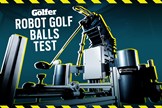 We test 28 golf balls on a robot to find out which model is best for your game.
We test 28 golf balls on a robot to find out which model is best for your game.
-
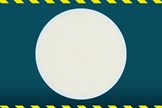 The Bridgestone E6 is a two-piece golf ball.
The Bridgestone E6 is a two-piece golf ball.
-
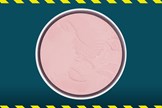 The Bridgestone Tour B RX is a three-piece golf ball.
The Bridgestone Tour B RX is a three-piece golf ball.
-
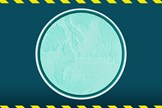 The Bridgestone RXS is a three-piece golf ball.
The Bridgestone RXS is a three-piece golf ball.
-
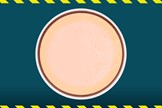 The Bridgestone Tour B X is a three-piece golf ball.
The Bridgestone Tour B X is a three-piece golf ball.
-
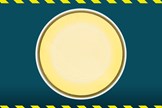 The Bridgestone Tour B XS is a three-piece golf ball.
The Bridgestone Tour B XS is a three-piece golf ball.
-
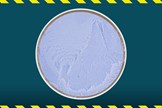 The Callaway Chrome Soft is a three-piece golf ball.
The Callaway Chrome Soft is a three-piece golf ball.
-
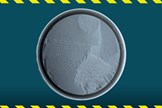 The Callaway Chrome Soft X is a four-piece golf ball.
The Callaway Chrome Soft X is a four-piece golf ball.
-
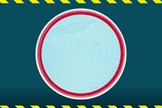 The Callaway Chrome Soft X LS is a four-piece golf ball.
The Callaway Chrome Soft X LS is a four-piece golf ball.
-
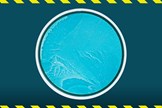 The Callaway ERC Soft is a three-piece golf ball.
The Callaway ERC Soft is a three-piece golf ball.
-
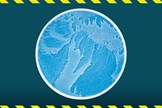 The Callaway Supersoft is a two-piece golf ball.
The Callaway Supersoft is a two-piece golf ball.
-
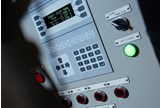 The robot used for our golf balls test can be programmed to produce any kind of shot on repeat.
The robot used for our golf balls test can be programmed to produce any kind of shot on repeat.
-
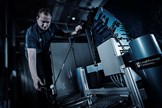 PHD Researcher Rory England sets up the tech for our robot golf balls test.
PHD Researcher Rory England sets up the tech for our robot golf balls test.
-
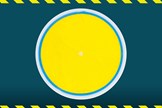 The Kirkland Signature+ is a three-piece golf ball.
The Kirkland Signature+ is a three-piece golf ball.
-
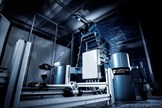 The robot we used for our test at Loughborough University.
The robot we used for our test at Loughborough University.
-
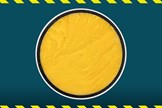 The Maxfli Tour is a three-piece golf ball.
The Maxfli Tour is a three-piece golf ball.
-
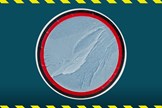 The Maxfli Tour X is a four-piece golf ball.
The Maxfli Tour X is a four-piece golf ball.
-
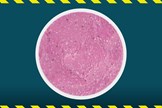 The Pinnacle Rush is a two-piece golf ball.
The Pinnacle Rush is a two-piece golf ball.
-
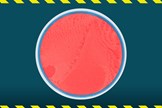 The PXG Xtreme is a three-piece golf ball.
The PXG Xtreme is a three-piece golf ball.
-
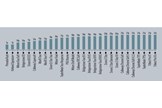 How much each of the 28 models in our robot golf ball test costs per yard of distance.
How much each of the 28 models in our robot golf ball test costs per yard of distance.
-
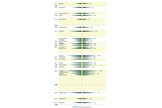 How the 28 models compared for driver distance and shot area across three speeds in our robot golf balls test.
How the 28 models compared for driver distance and shot area across three speeds in our robot golf balls test.
-
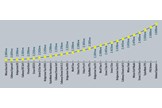 We compare the driver spin rates produced by the 28 models in our robot golf ball test.
We compare the driver spin rates produced by the 28 models in our robot golf ball test.
-
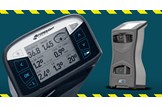 We used GC Quad to gather the data for our robot golf balls test.
We used GC Quad to gather the data for our robot golf balls test.
-
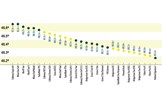 How all 28 models compared for descent angle in our robot golf balls test.
How all 28 models compared for descent angle in our robot golf balls test.
-
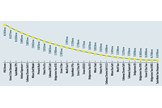 How much spin each model produced with a wedge in our robot golf balls test.
How much spin each model produced with a wedge in our robot golf balls test.
-
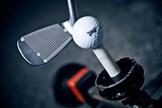 Each ball was only hit once.
Each ball was only hit once.
-
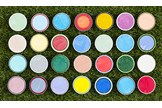 How the 28 balls we tested look when cut in half!
How the 28 balls we tested look when cut in half!
-
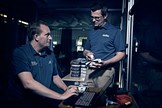 Today's Golfer equipment editor Simon Daddow discusses the numbers with Rory England.
Today's Golfer equipment editor Simon Daddow discusses the numbers with Rory England.
-
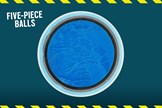 What a five-piece golf ball looks like when it's cut in half.
What a five-piece golf ball looks like when it's cut in half.
-
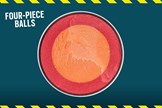 What a four-piece golf ball looks like when it's cut in half.
What a four-piece golf ball looks like when it's cut in half.
-
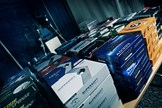 We tested 28 models in our robot golf balls test.
We tested 28 models in our robot golf balls test.
-
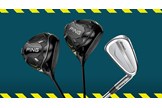 For the robot golf balls test we used a Ping G430 LST driver, G430 Max driver, i230 7-iron, and i230 pitching wedge.
For the robot golf balls test we used a Ping G430 LST driver, G430 Max driver, i230 7-iron, and i230 pitching wedge.
-
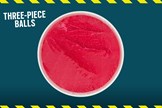 What a three-piece golf ball looks like when it's cut in half.
What a three-piece golf ball looks like when it's cut in half.
-
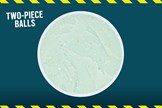 What a two-piece golf ball looks like when it's cut in half.
What a two-piece golf ball looks like when it's cut in half.
-
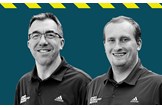 Our golf robot test experts – Dr Jonathan Roberts and Rory England.
Our golf robot test experts – Dr Jonathan Roberts and Rory England.
-
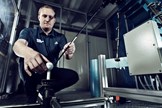 Rory England sets up the robot for our golf balls test.
Rory England sets up the robot for our golf balls test.
-
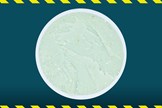 The Srixon AD333 is a two-piece golf ball.
The Srixon AD333 is a two-piece golf ball.
-
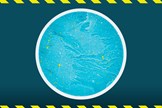 The Srixon Q-Star Tour is a three-piece golf ball.
The Srixon Q-Star Tour is a three-piece golf ball.
-
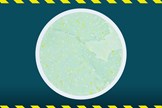 The Srixon Z-Star Diamond is a three-piece golf ball.
The Srixon Z-Star Diamond is a three-piece golf ball.
-
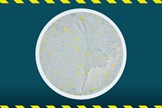 The Srixon Z-Star is a three-piece golf ball.
The Srixon Z-Star is a three-piece golf ball.
-
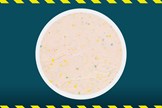 The Srixon Z-Star XV is a three-piece golf ball.
The Srixon Z-Star XV is a three-piece golf ball.
-
 The TaylorMade Tour Response is a three-piece golf ball.
The TaylorMade Tour Response is a three-piece golf ball.
-
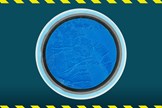 The TaylorMade TP5 is a five-piece golf ball.
The TaylorMade TP5 is a five-piece golf ball.
-
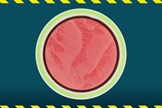 The TaylorMade TP5x is a five-piece golf ball.
The TaylorMade TP5x is a five-piece golf ball.
-
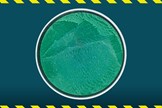 The Titleist Pro V1 is a three-piece golf ball.
The Titleist Pro V1 is a three-piece golf ball.
-
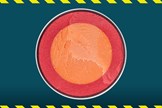 The Titleist Pro V1x is a four-piece golf ball.
The Titleist Pro V1x is a four-piece golf ball.
-
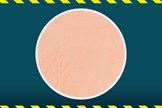 The Wilson Duo Soft is a two-piece golf ball.
The Wilson Duo Soft is a two-piece golf ball.
-
 The Wilson Staff Model is a four-piece golf ball.
The Wilson Staff Model is a four-piece golf ball.
-
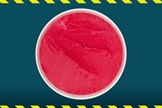 The Wilson Triad is a three-piece golf ball.
The Wilson Triad is a three-piece golf ball.
